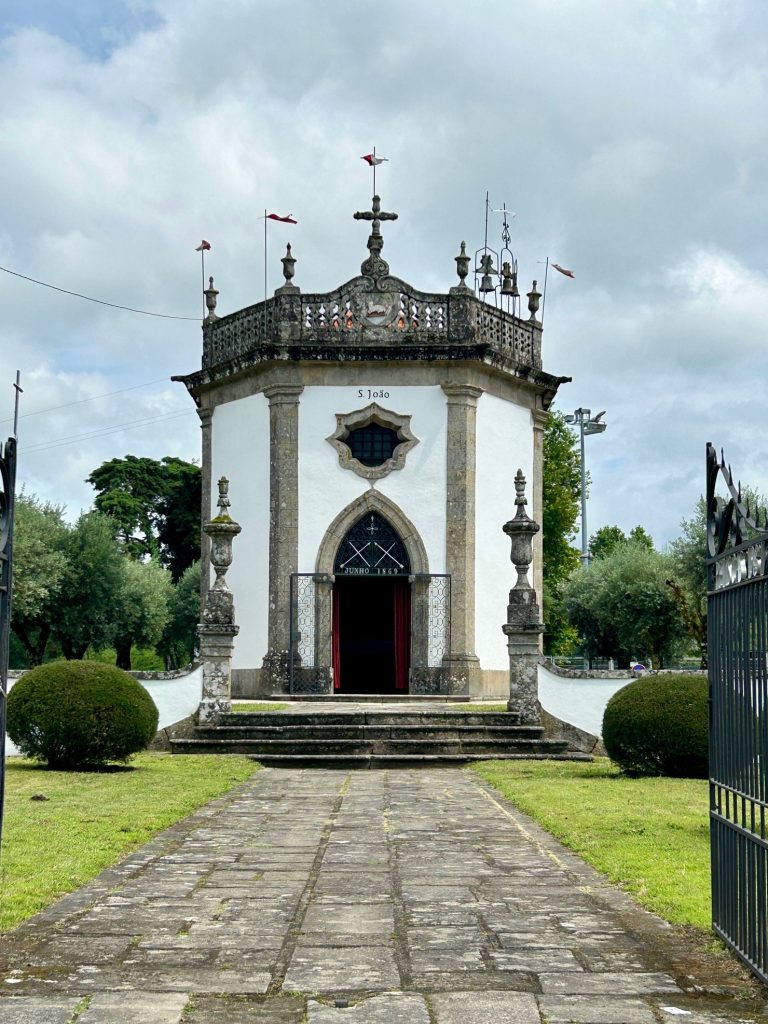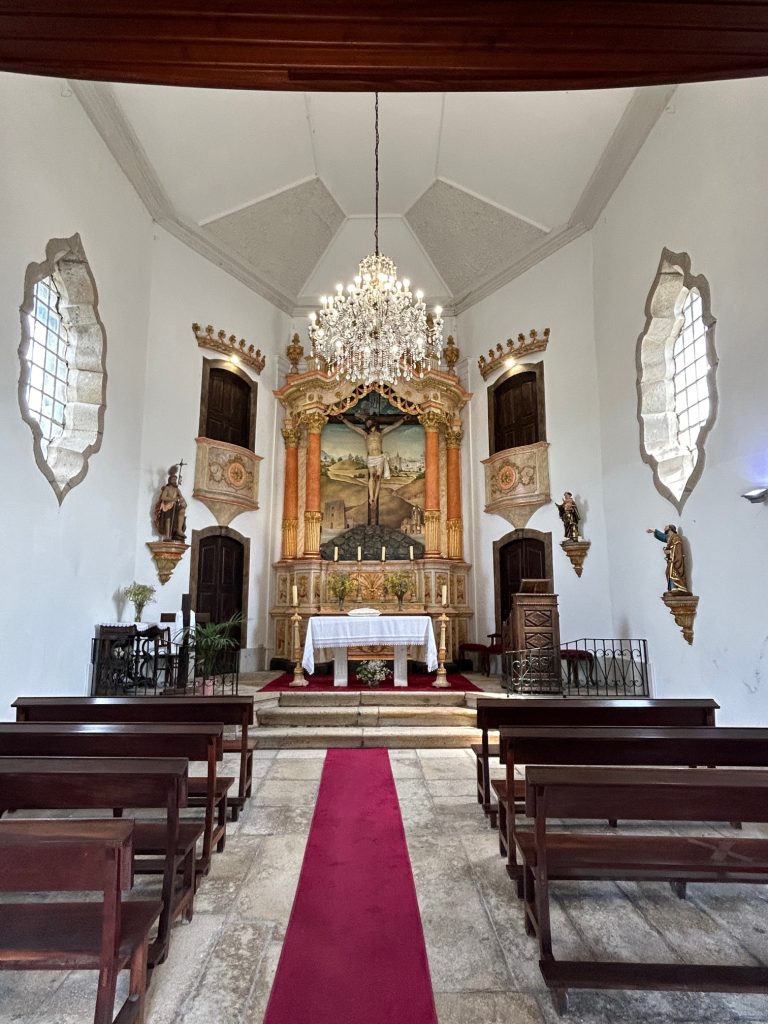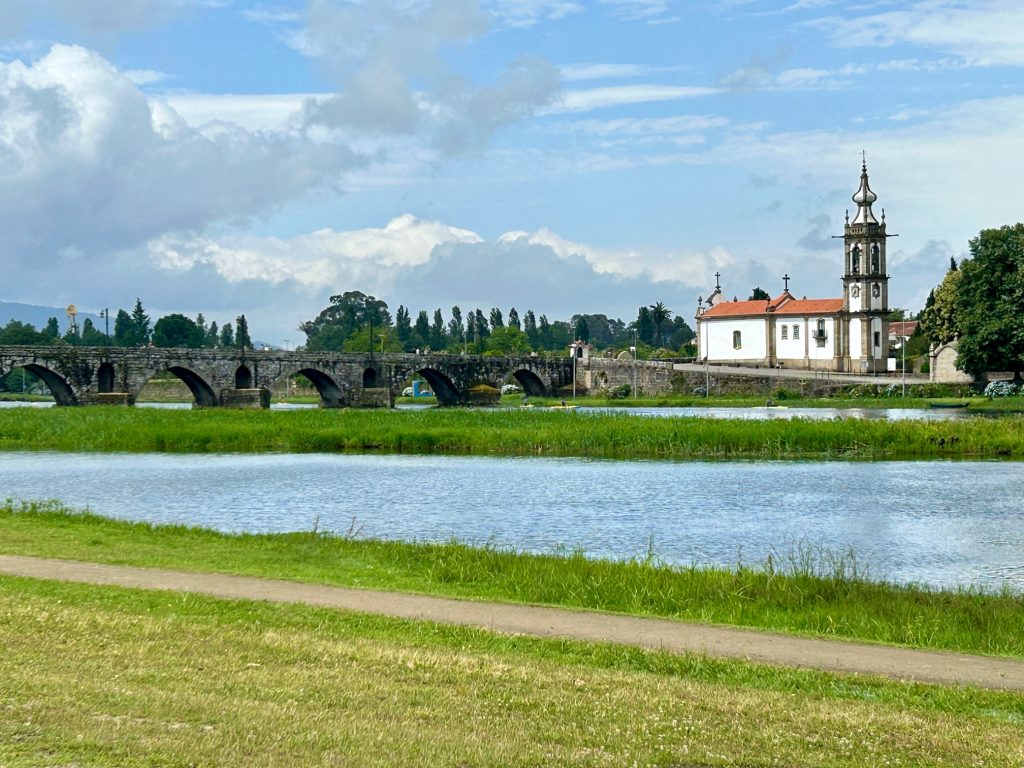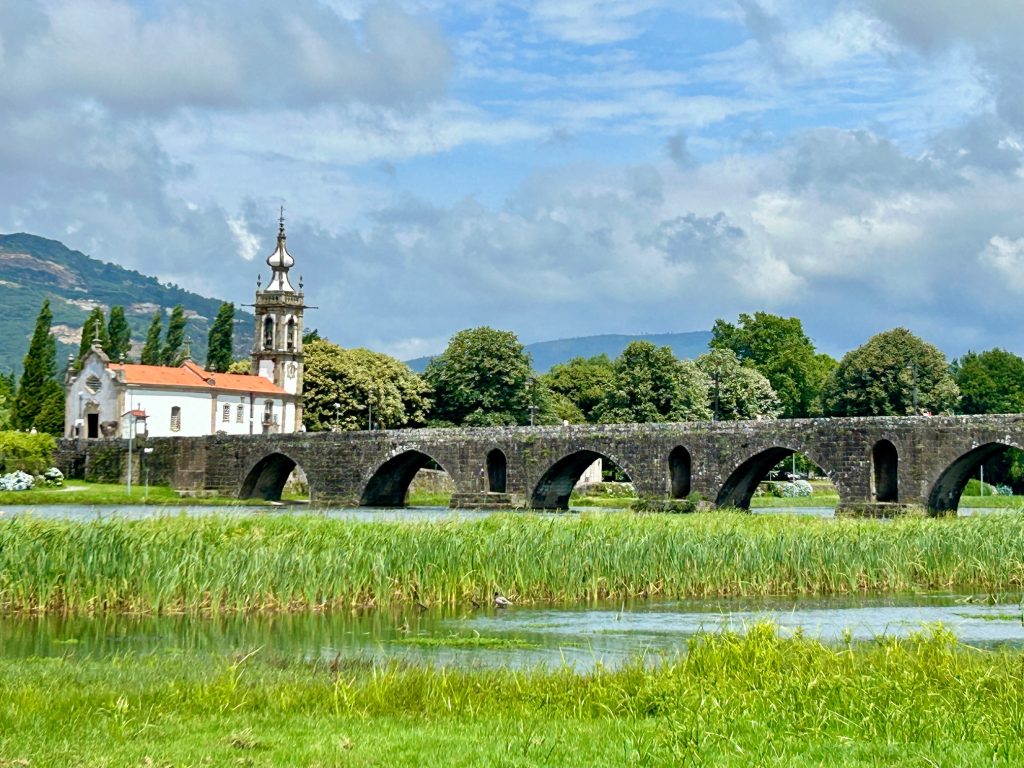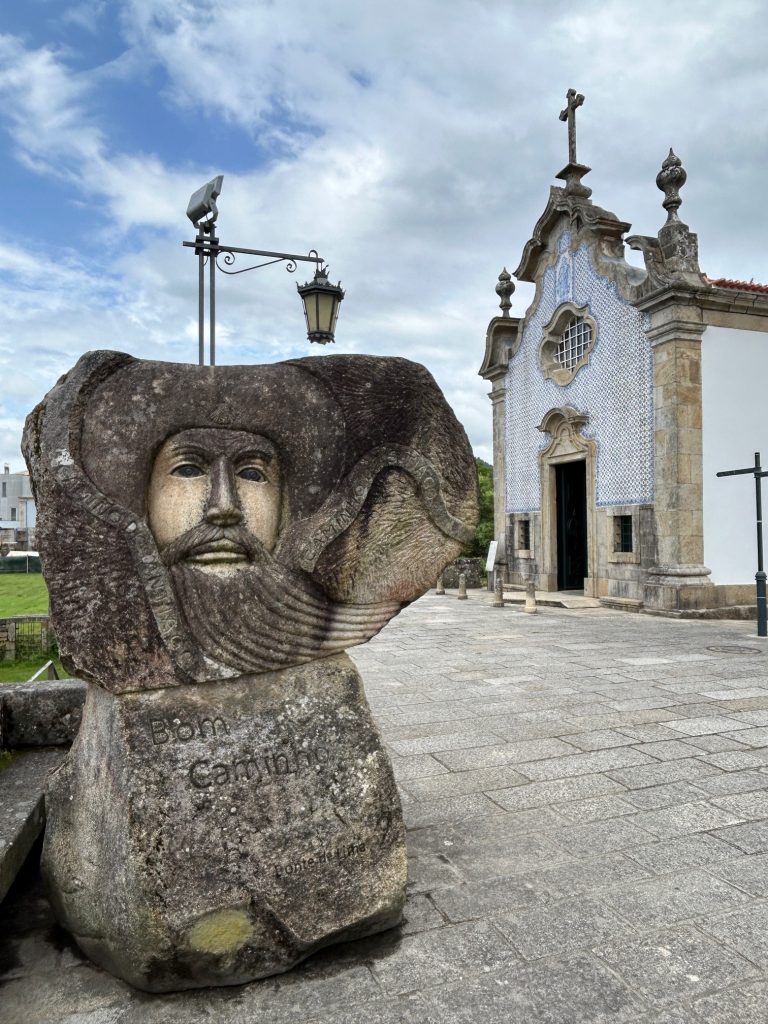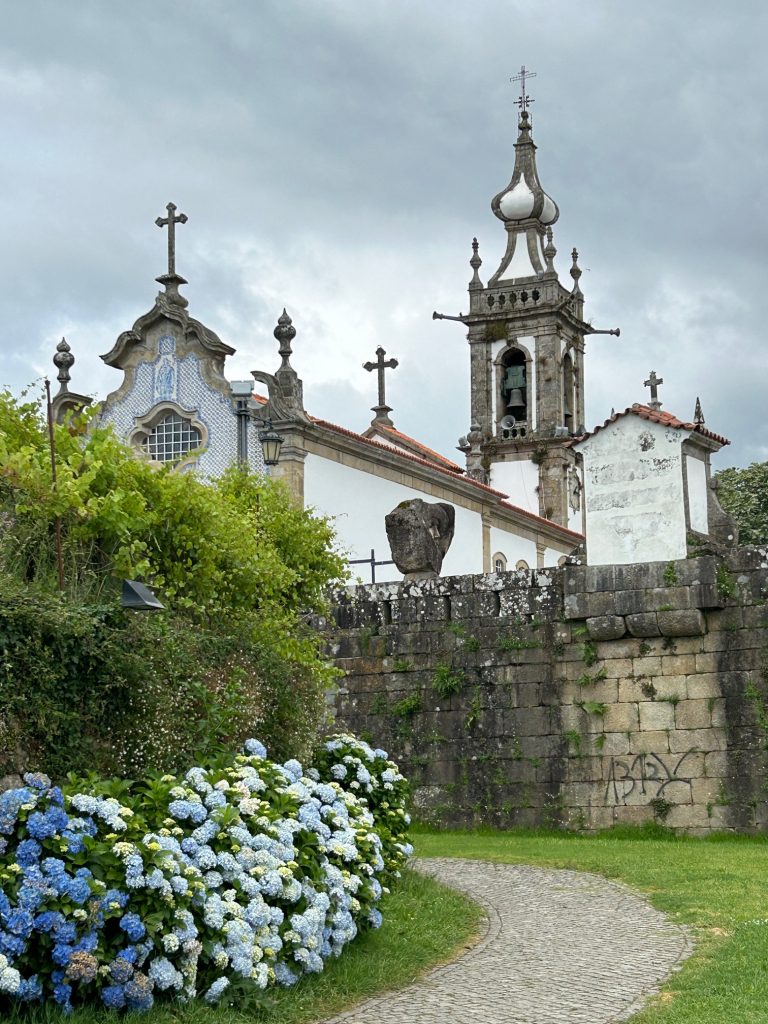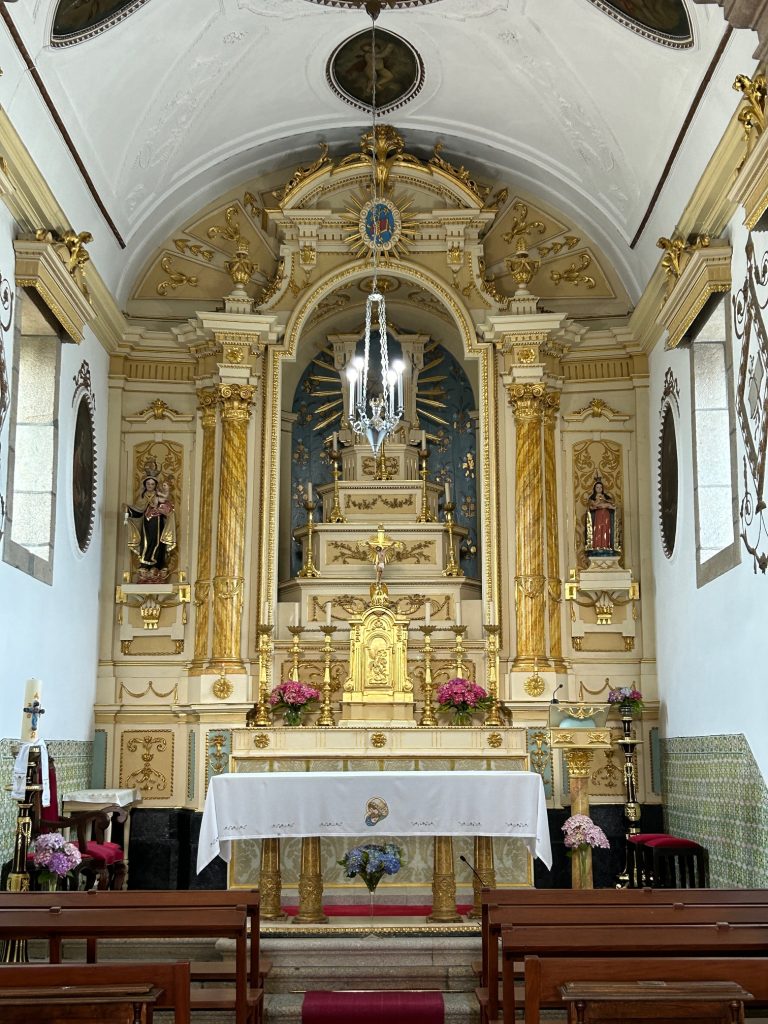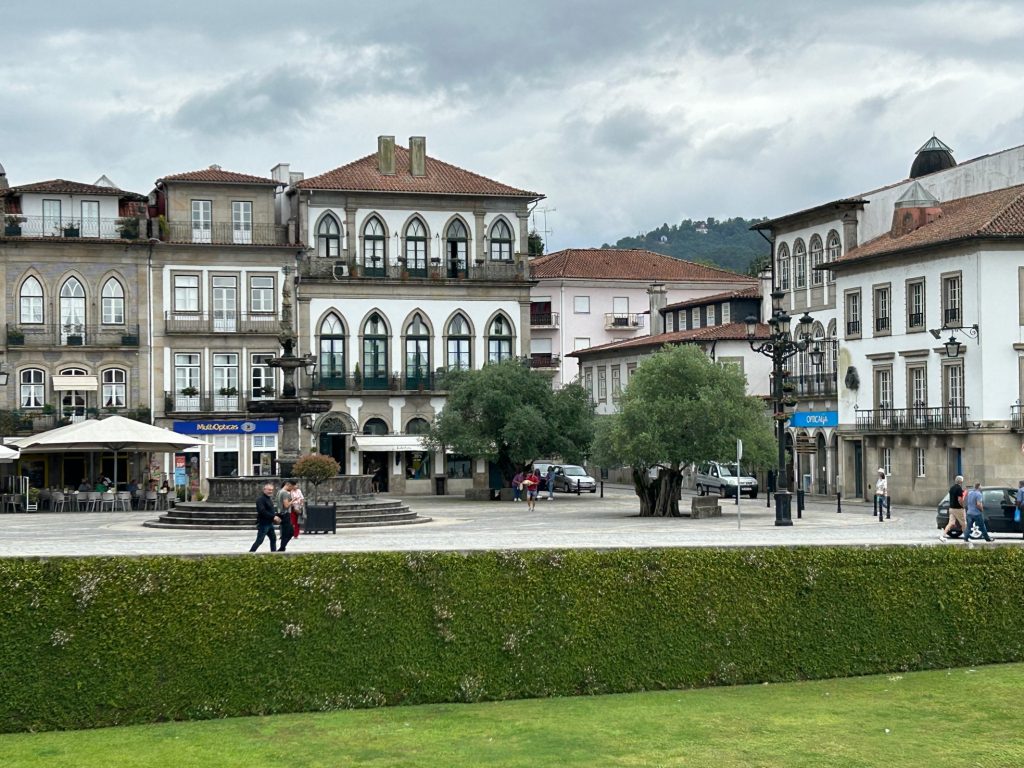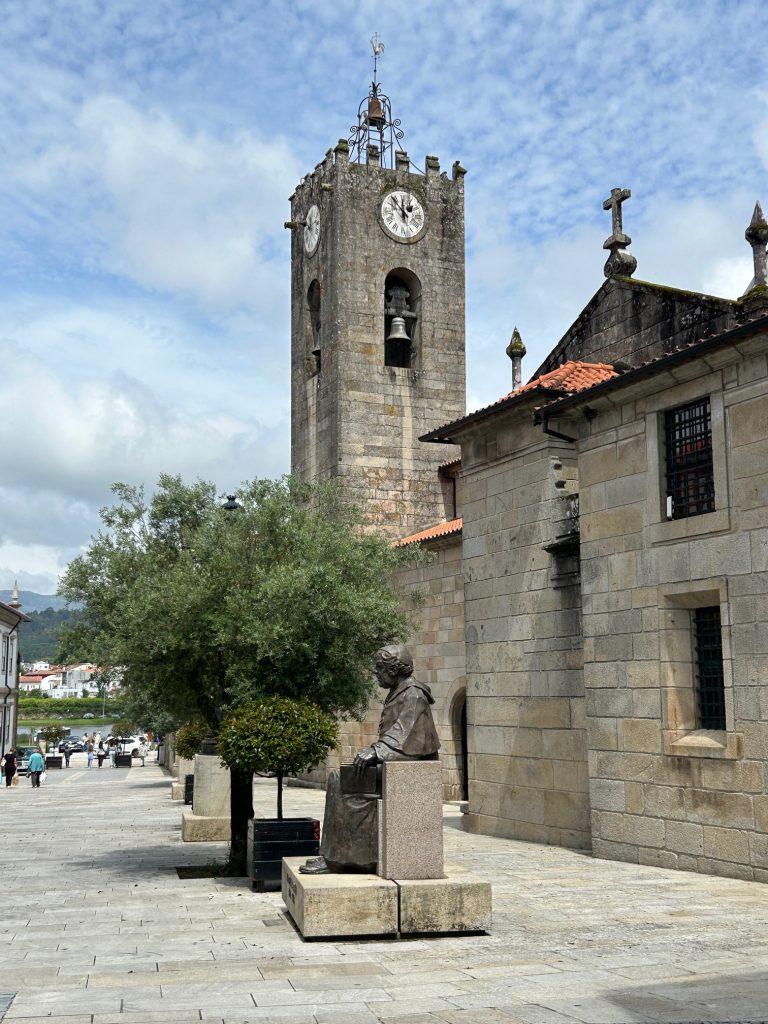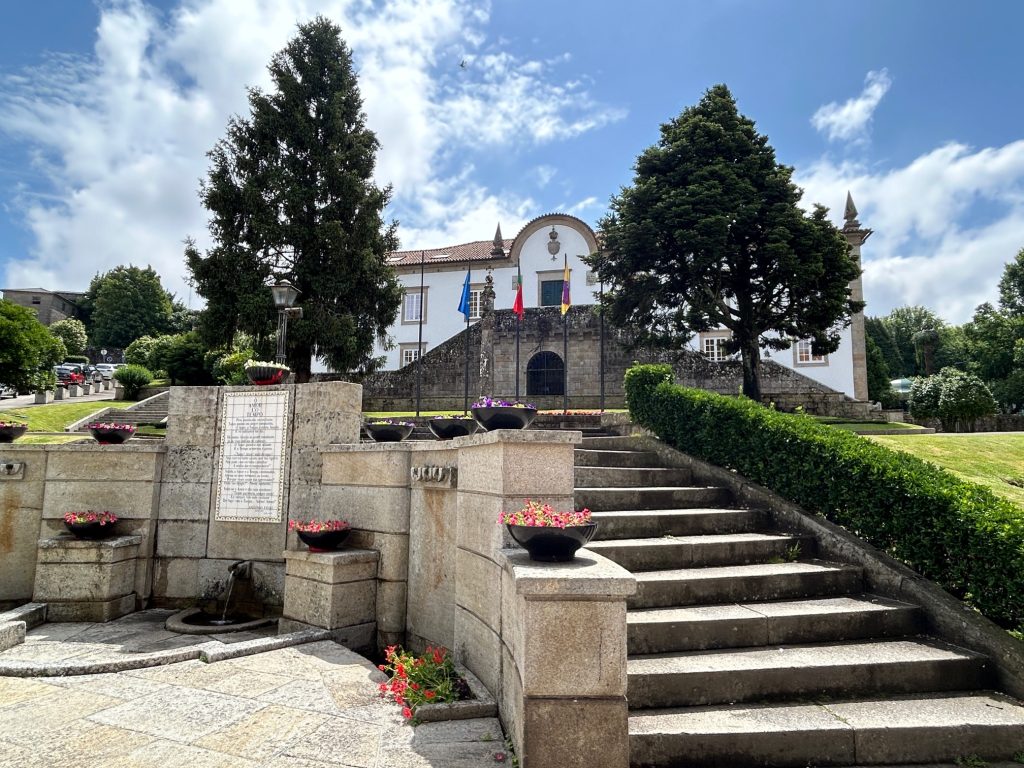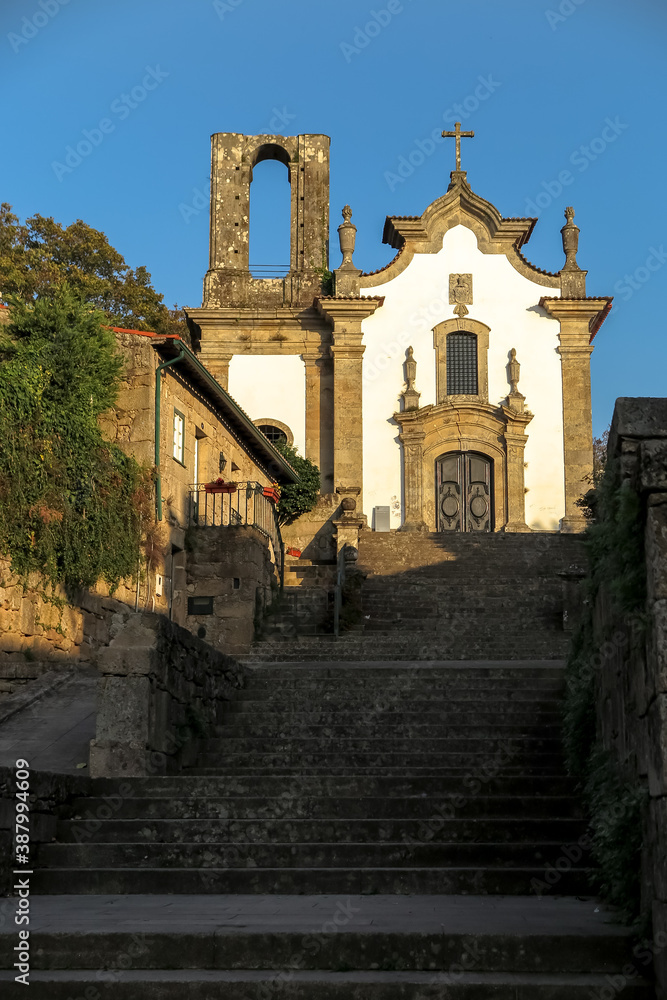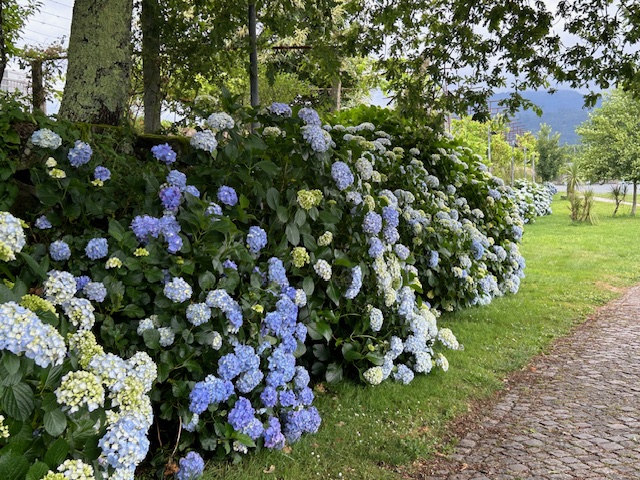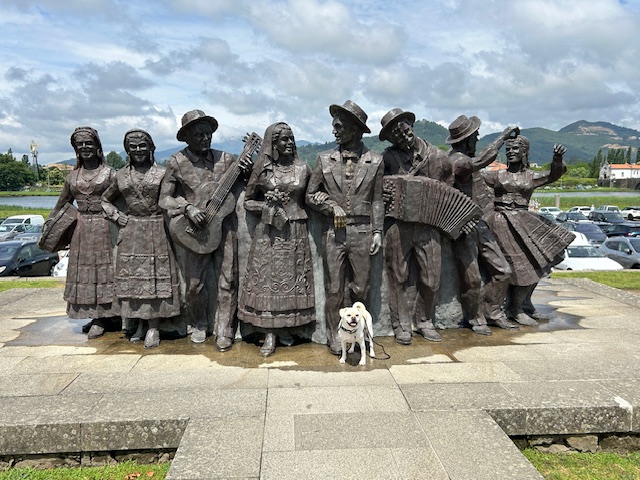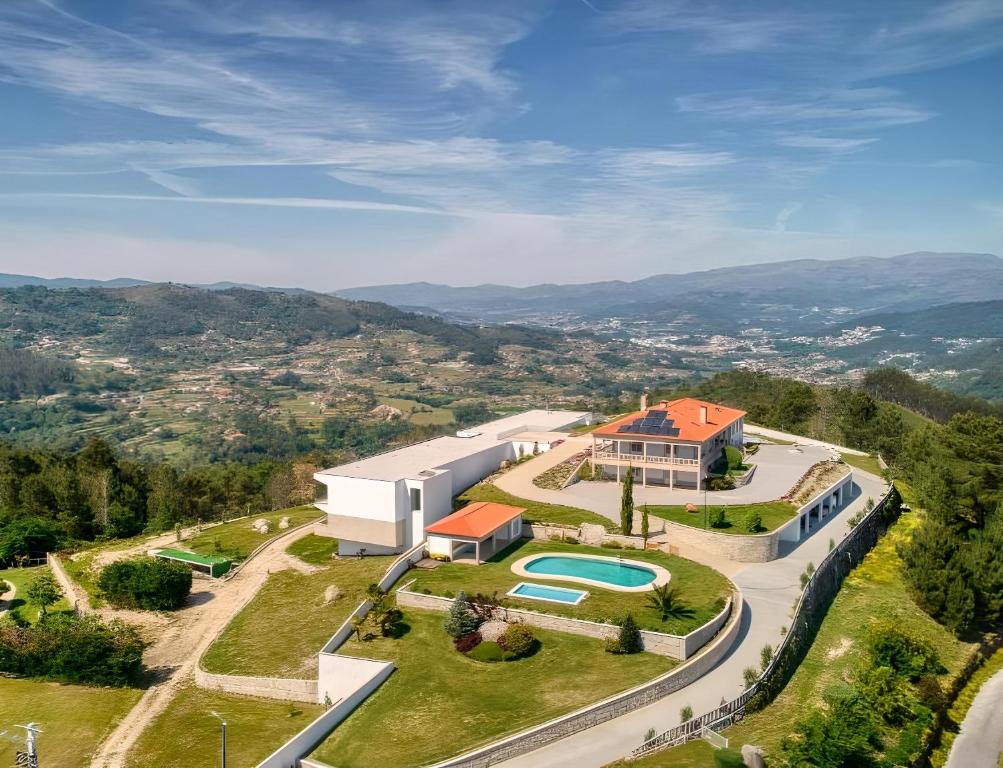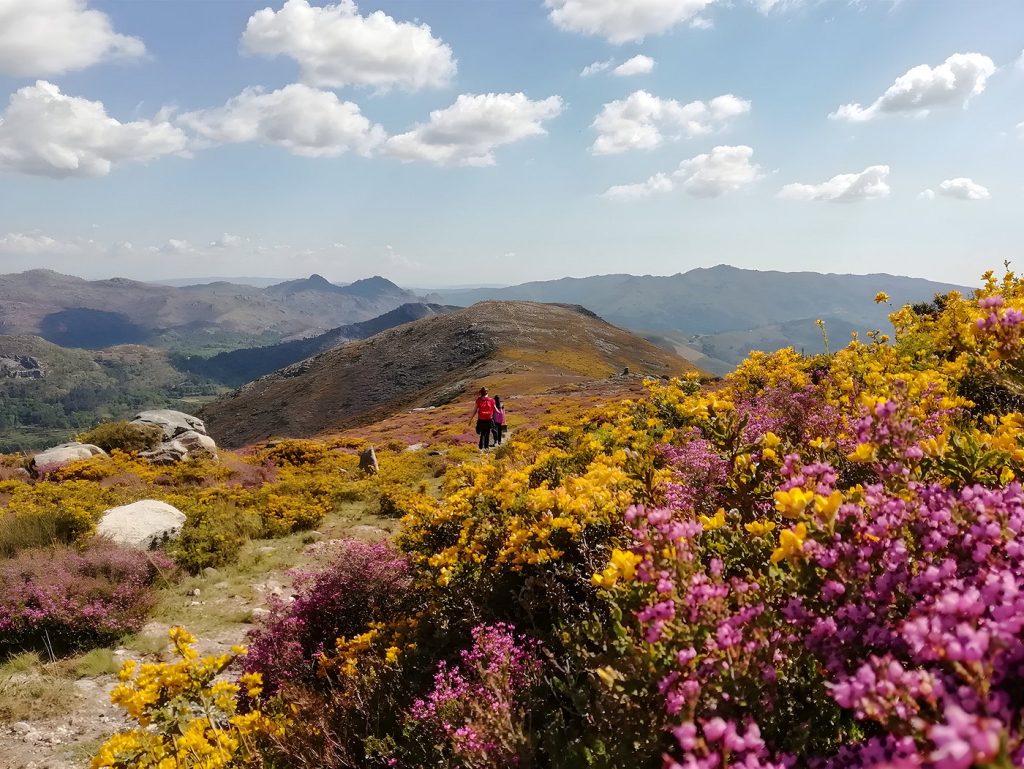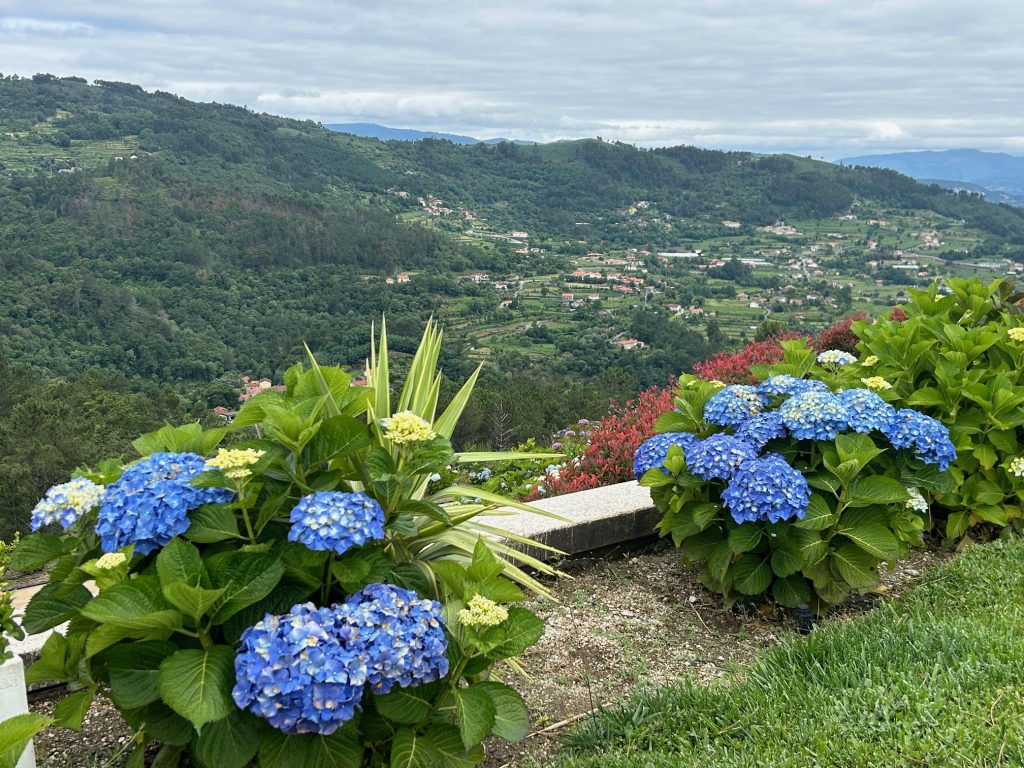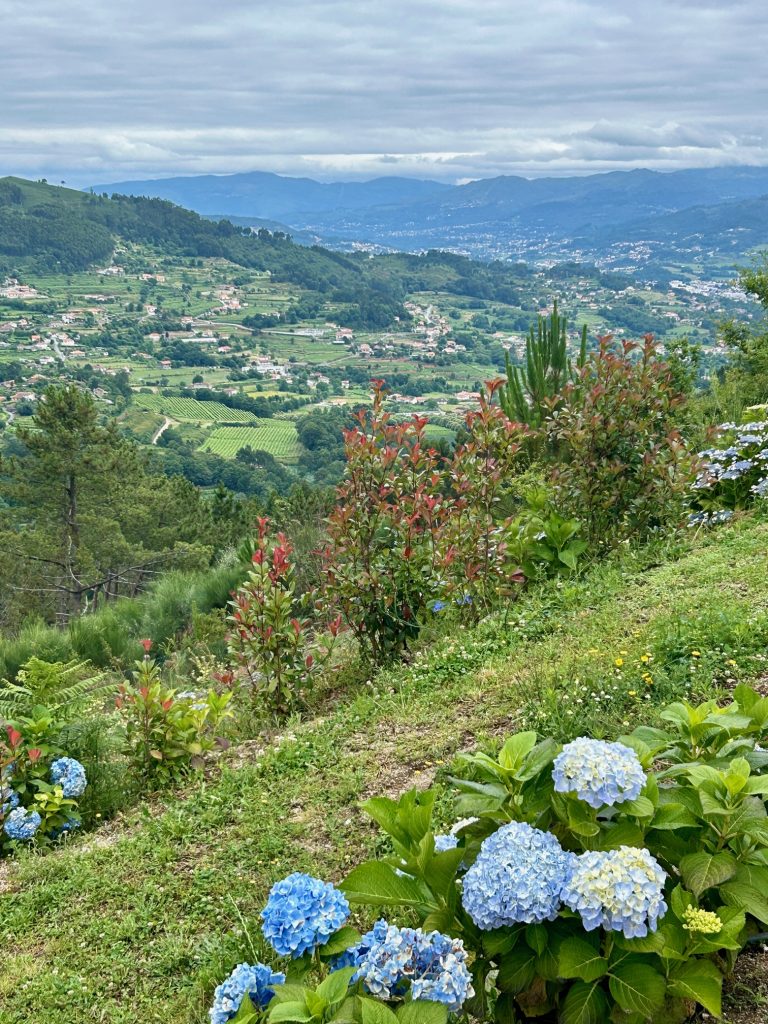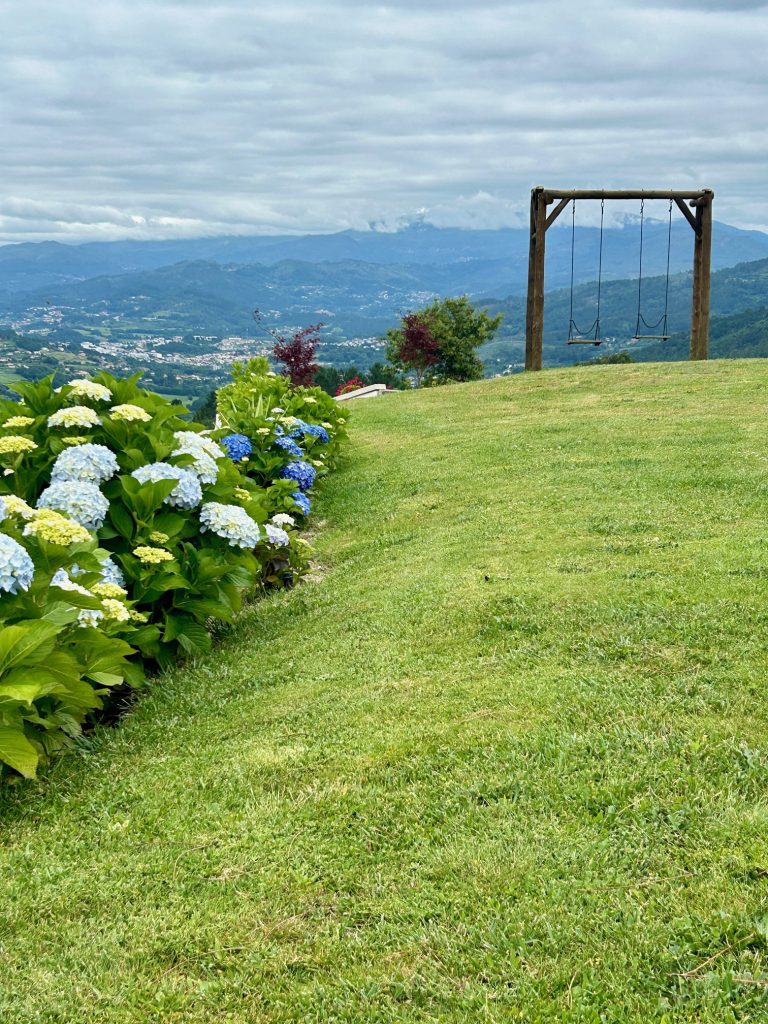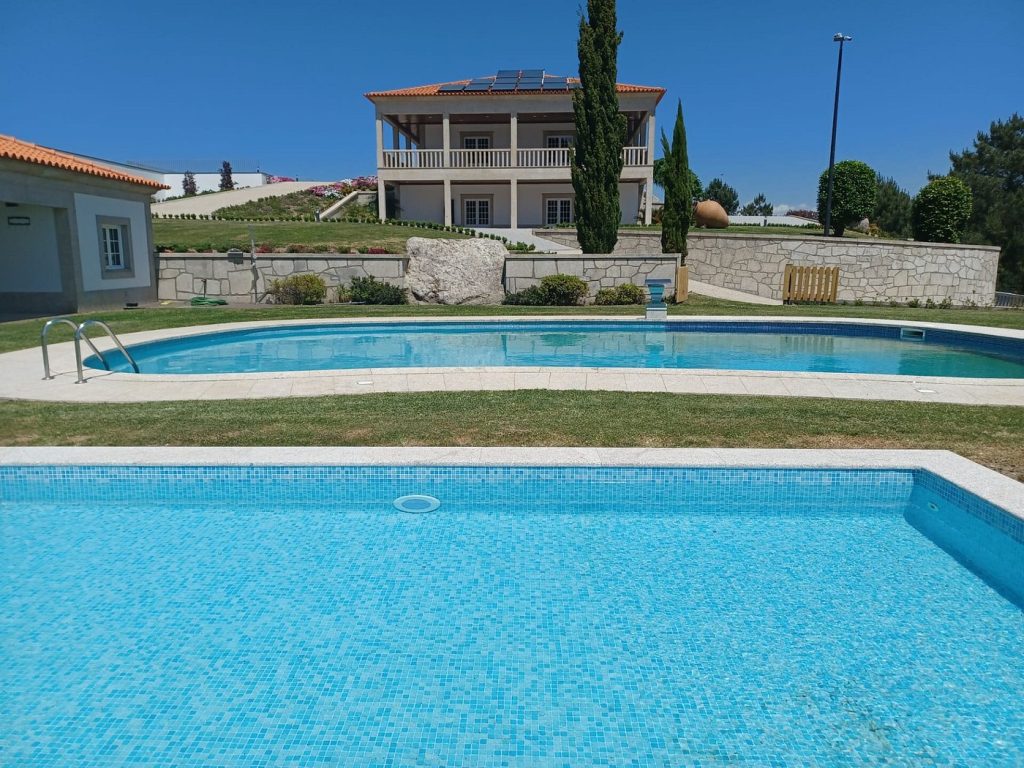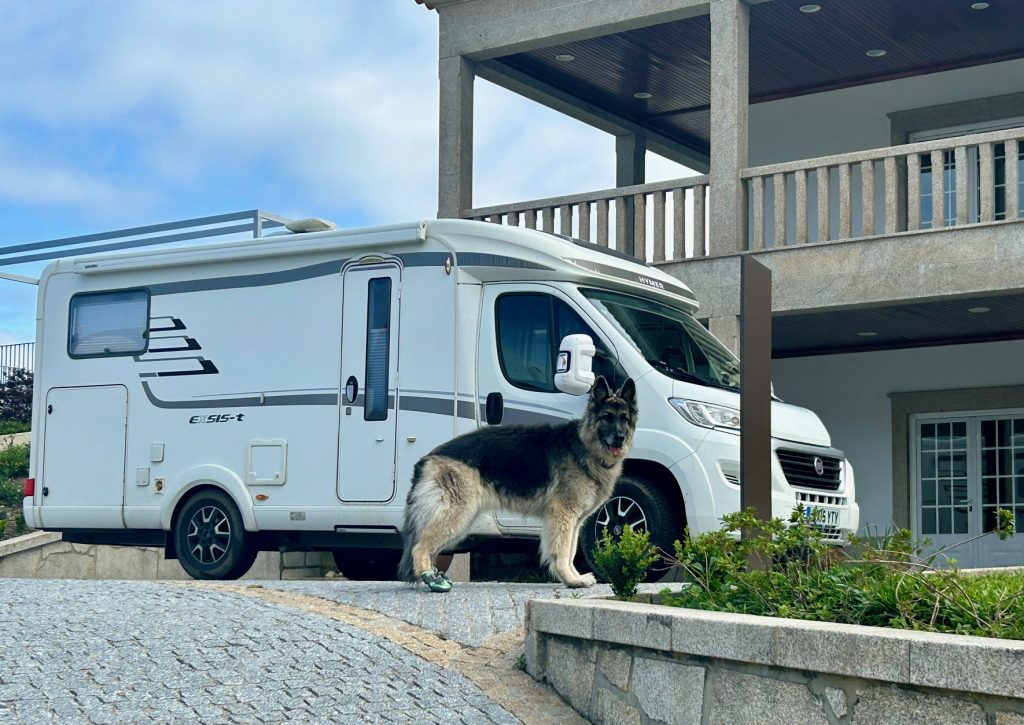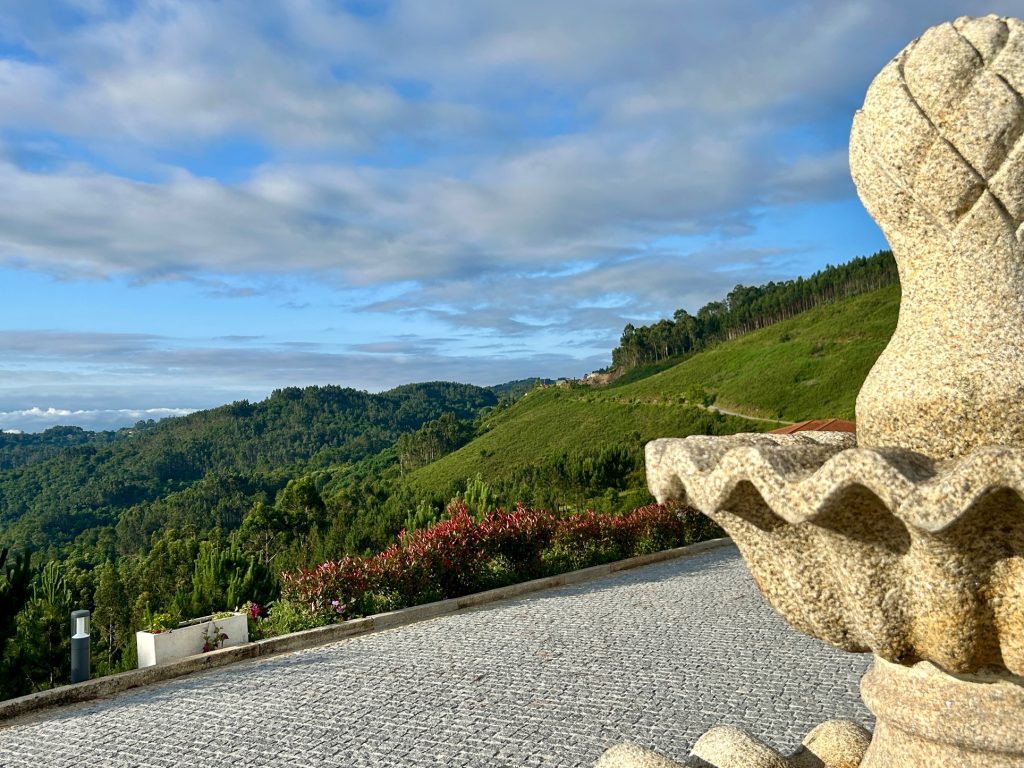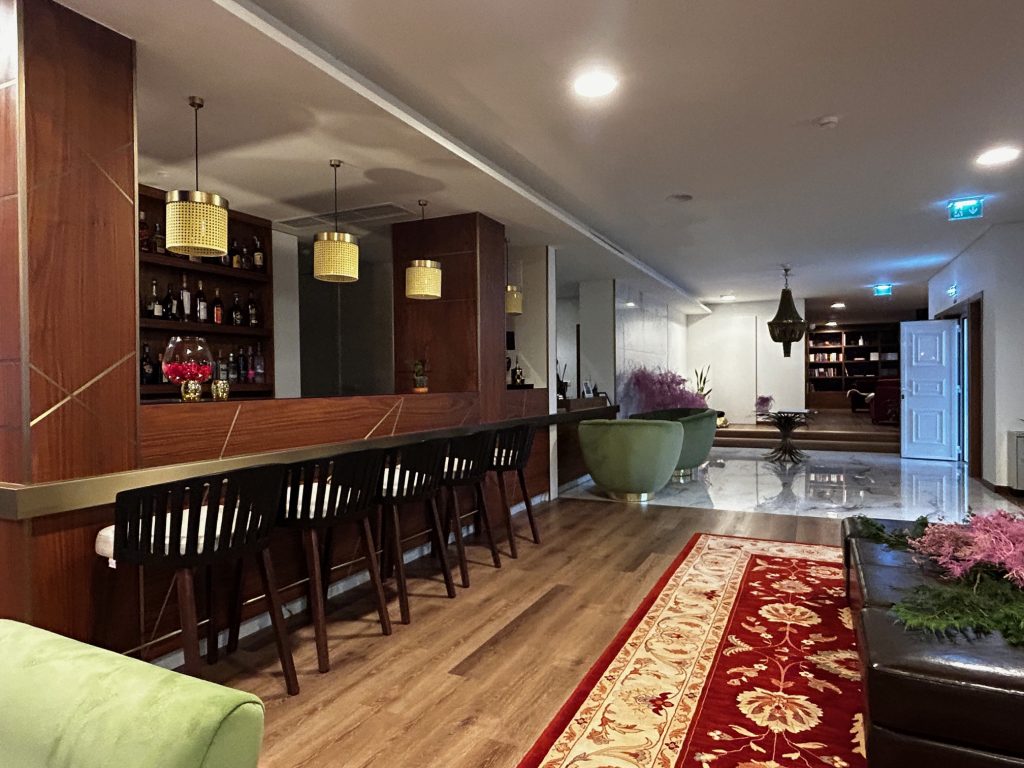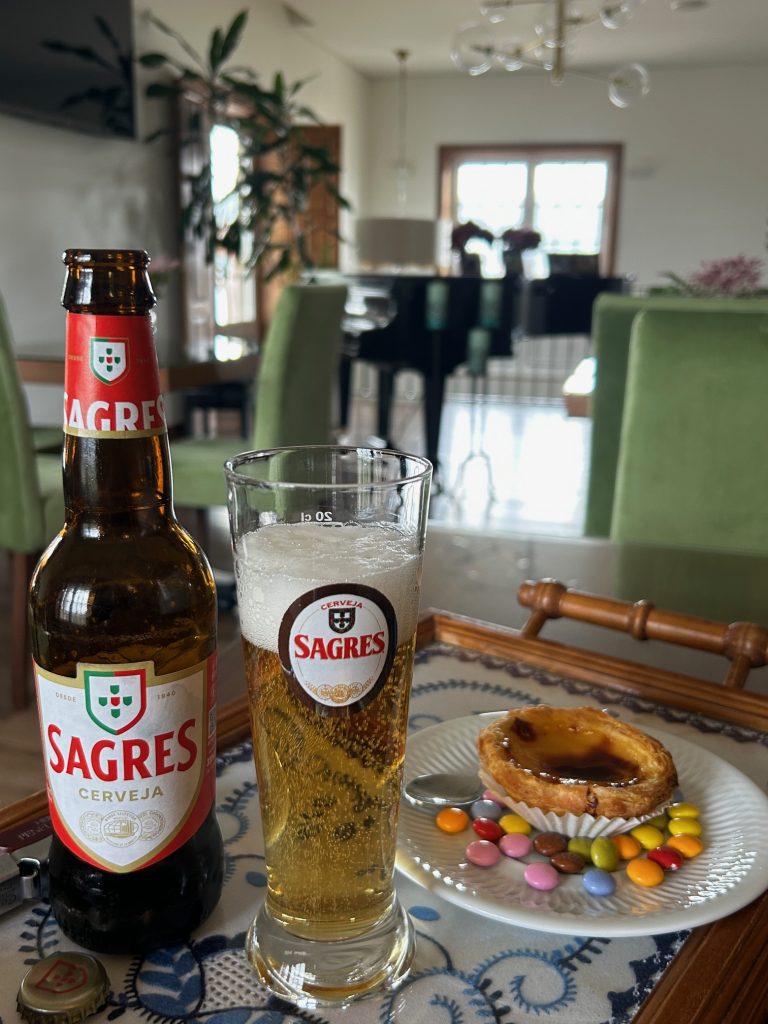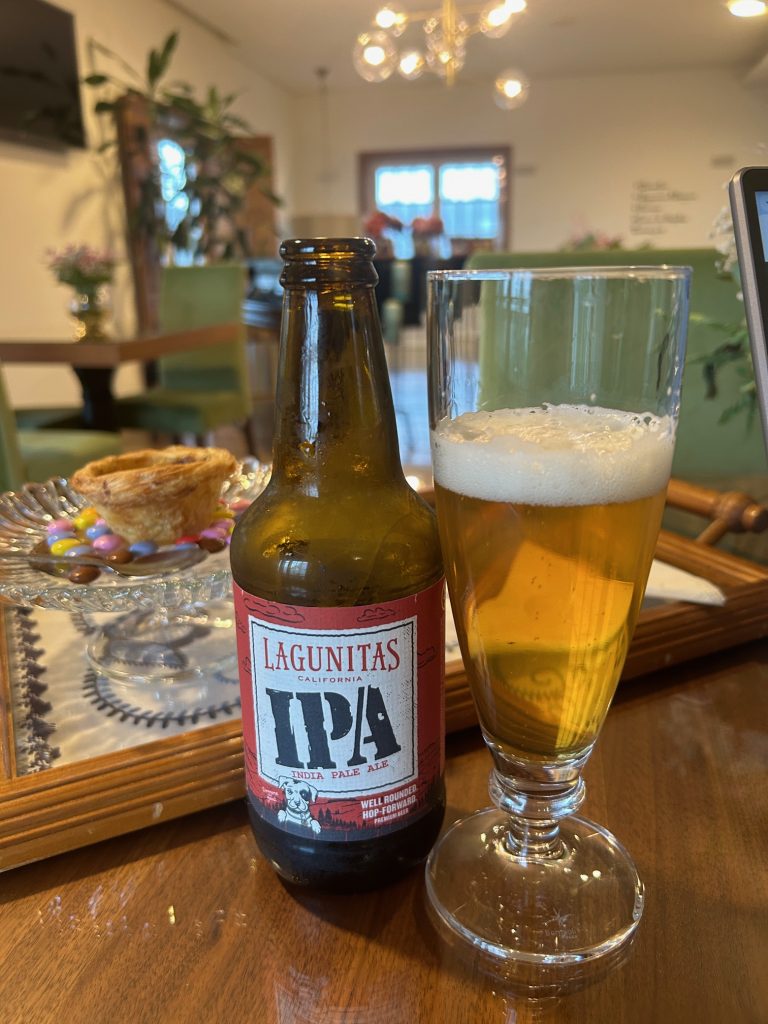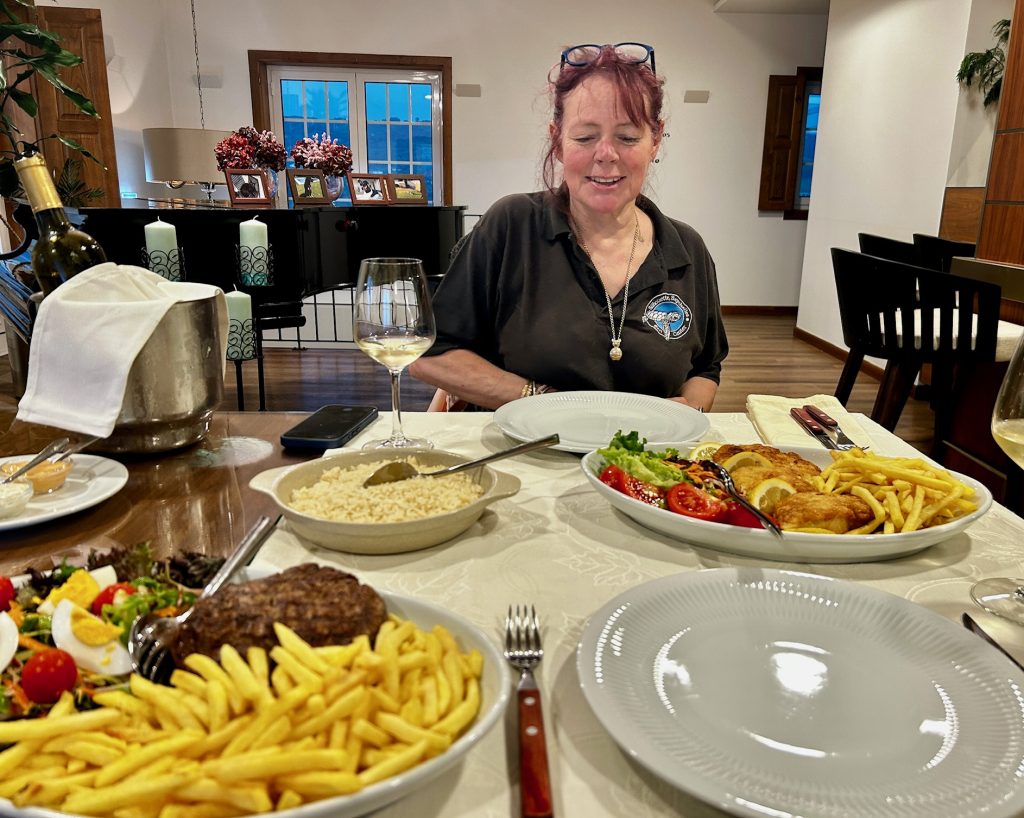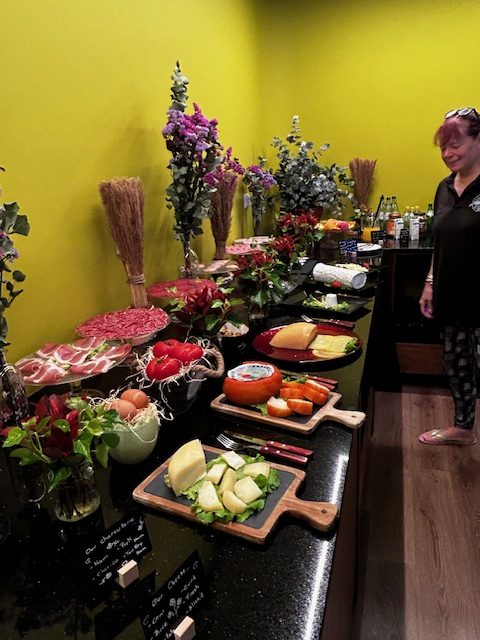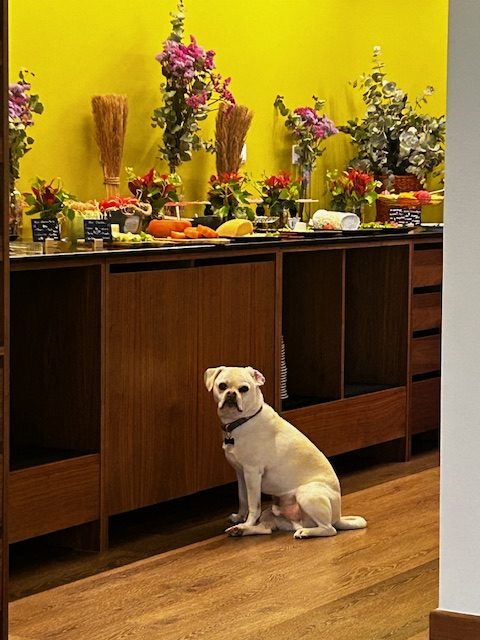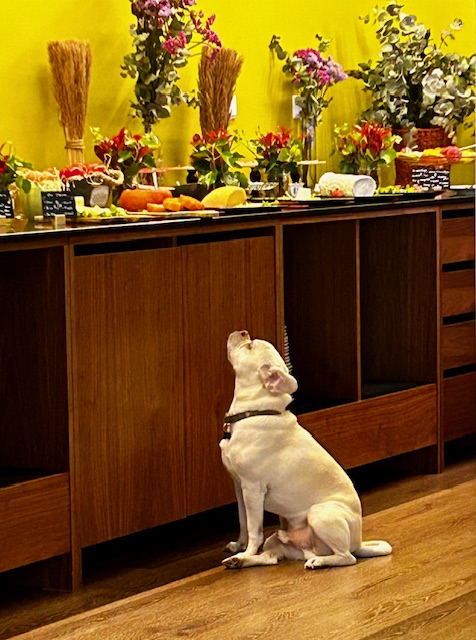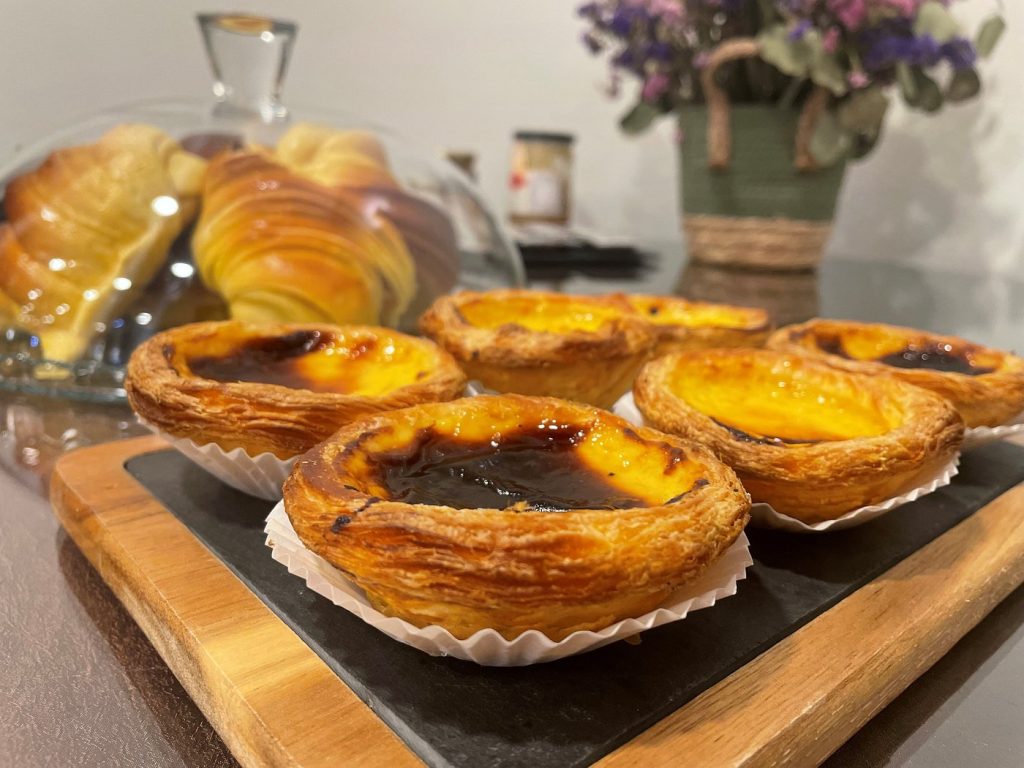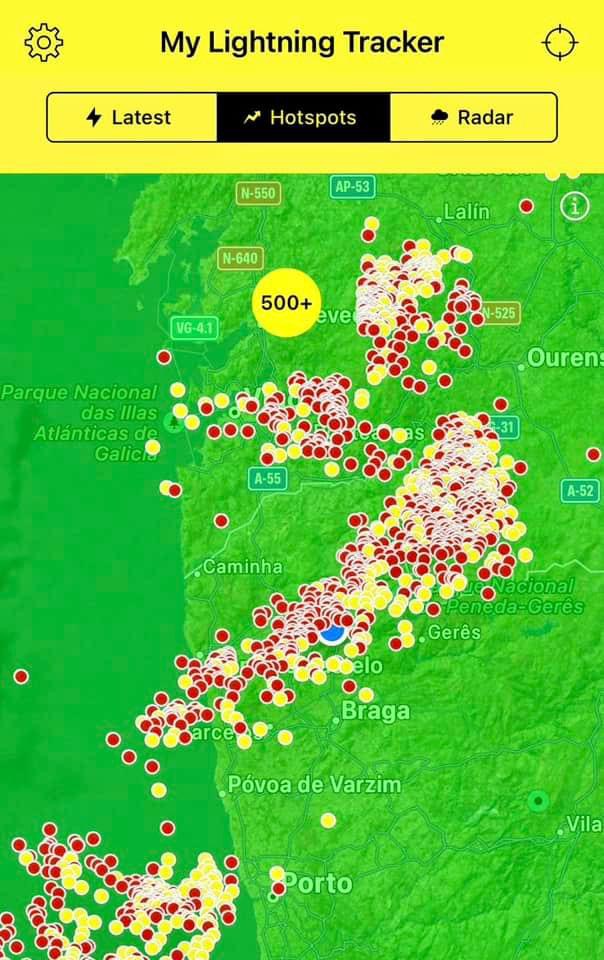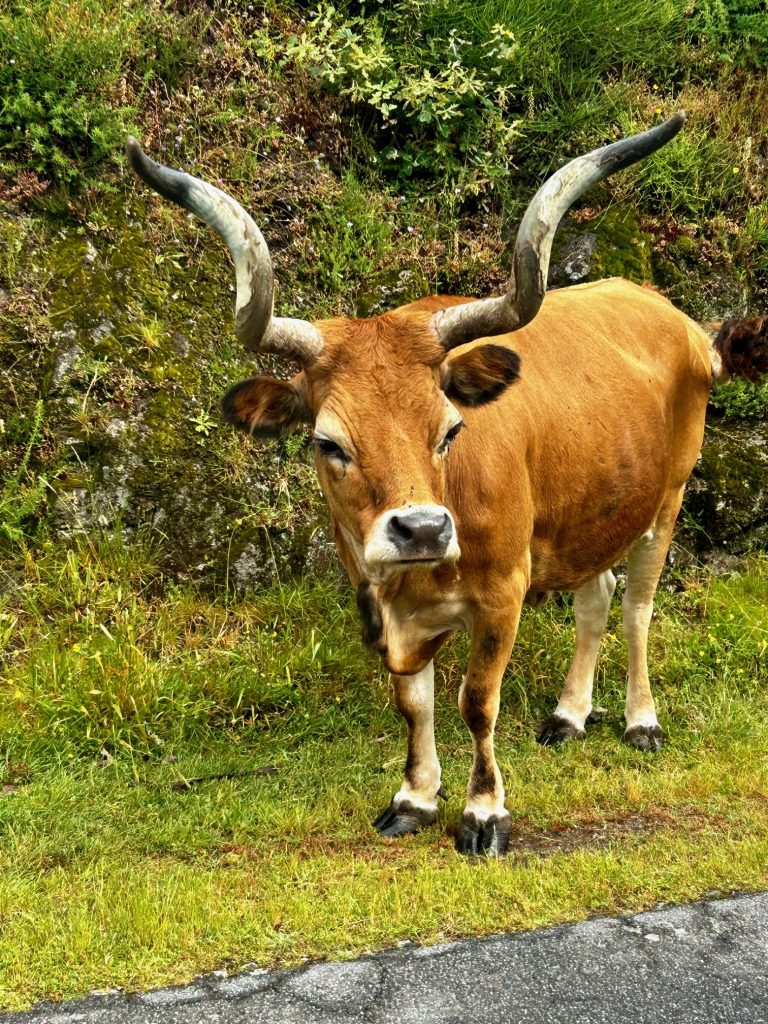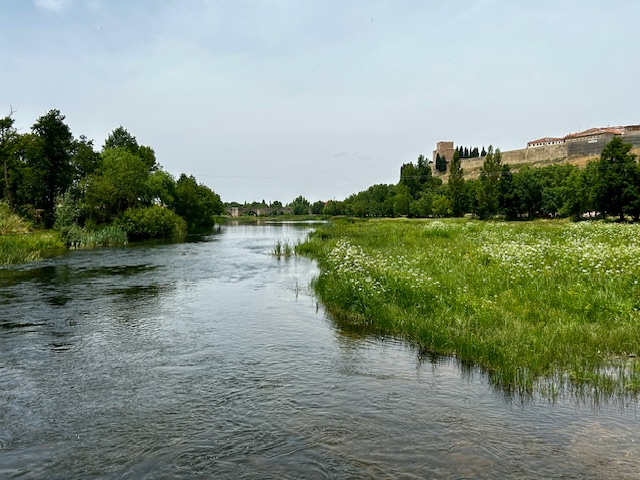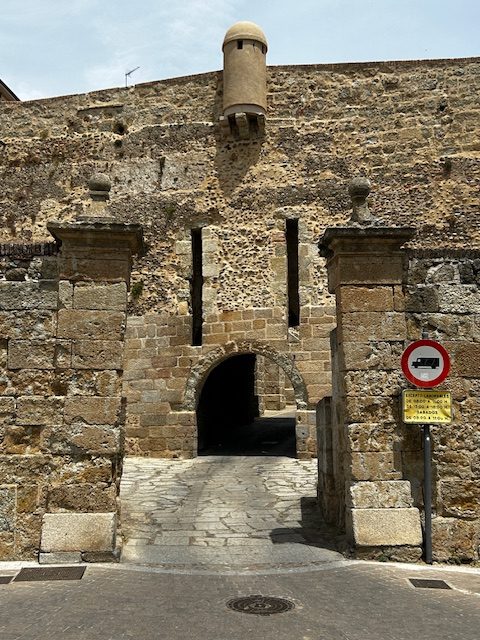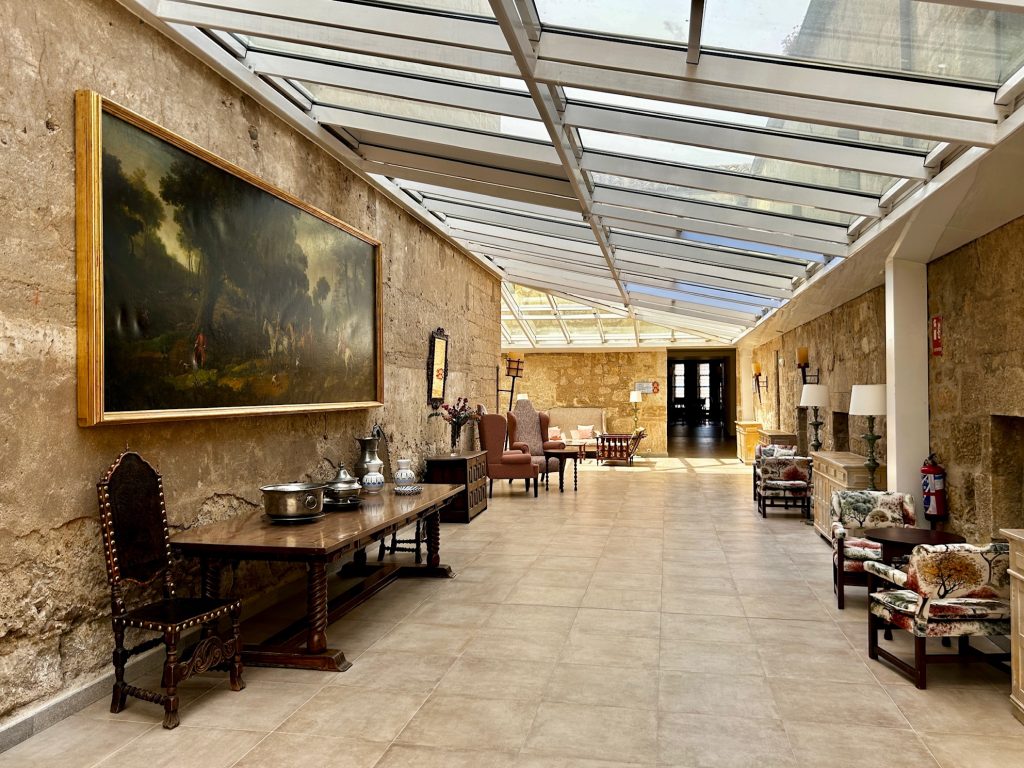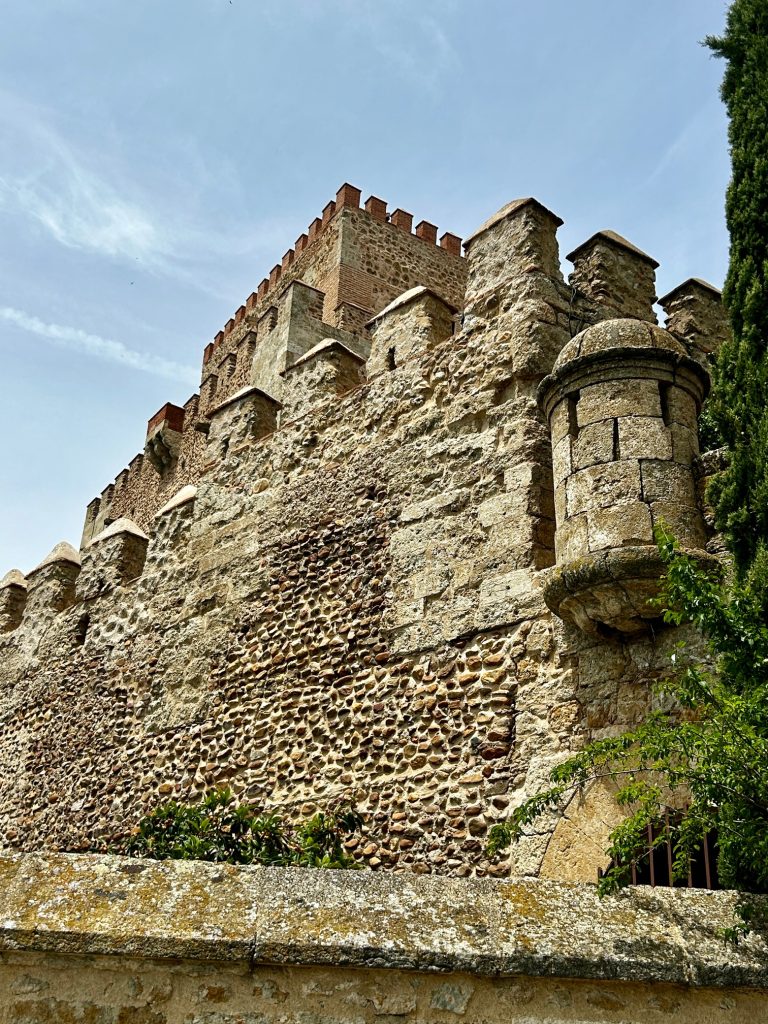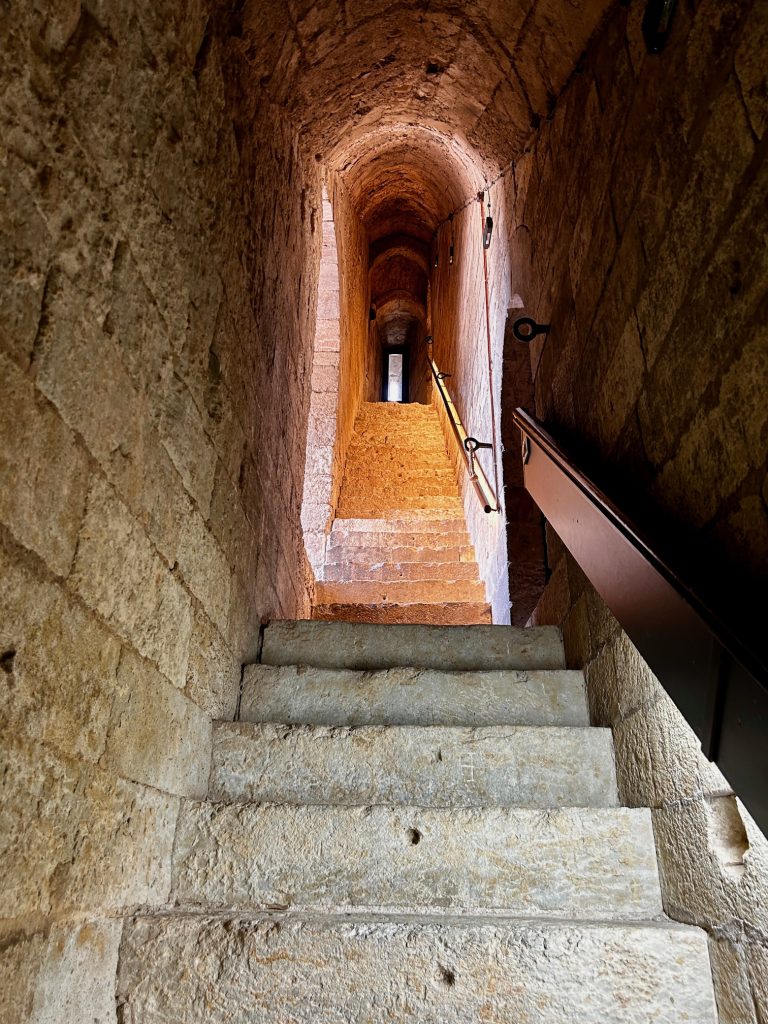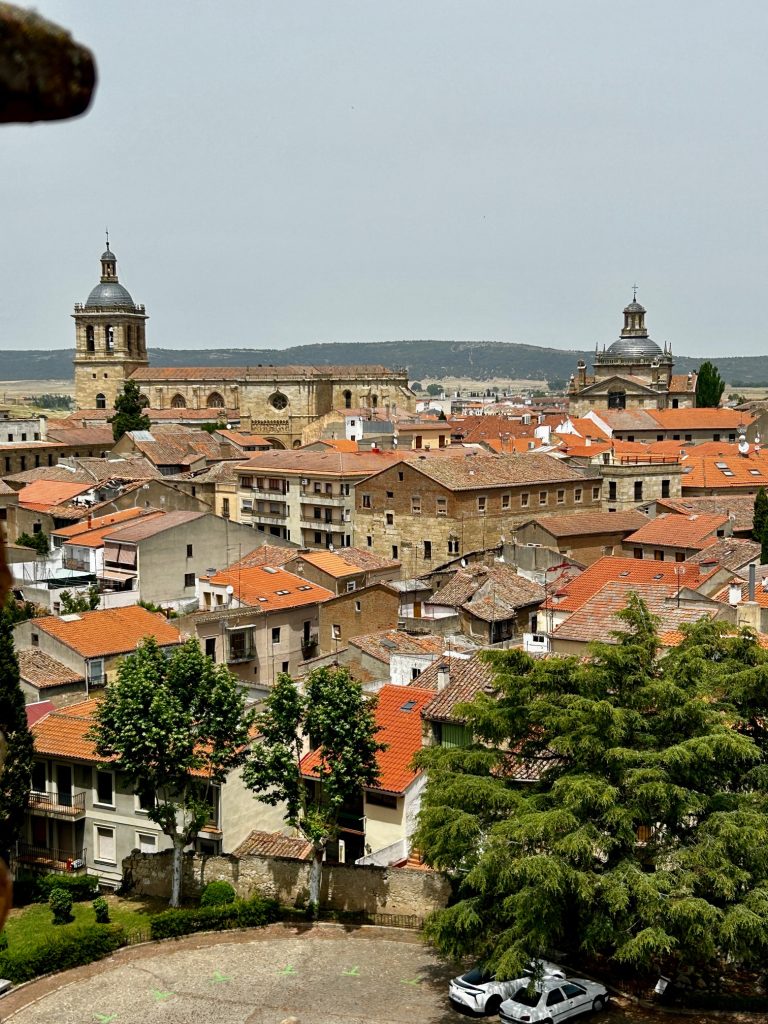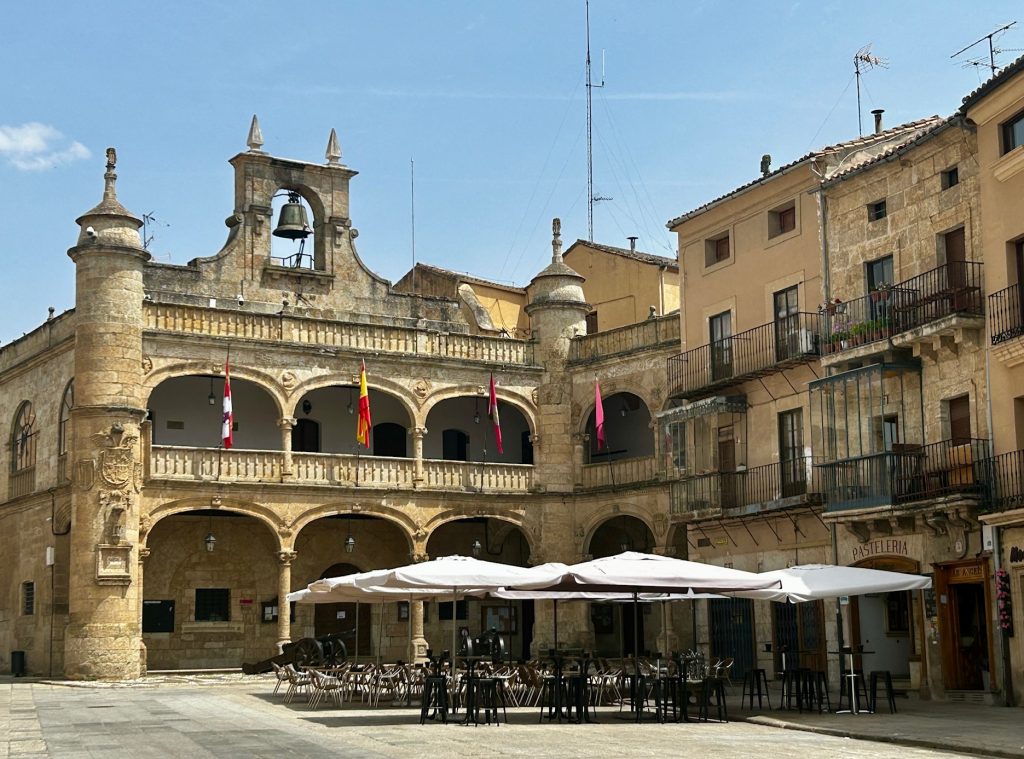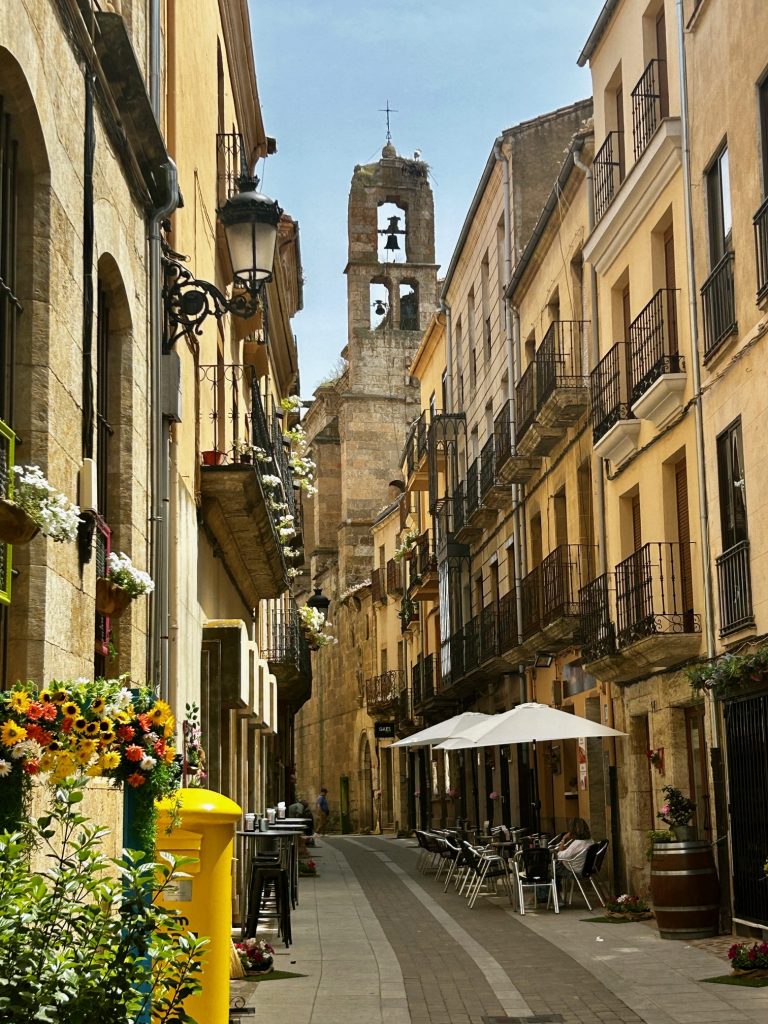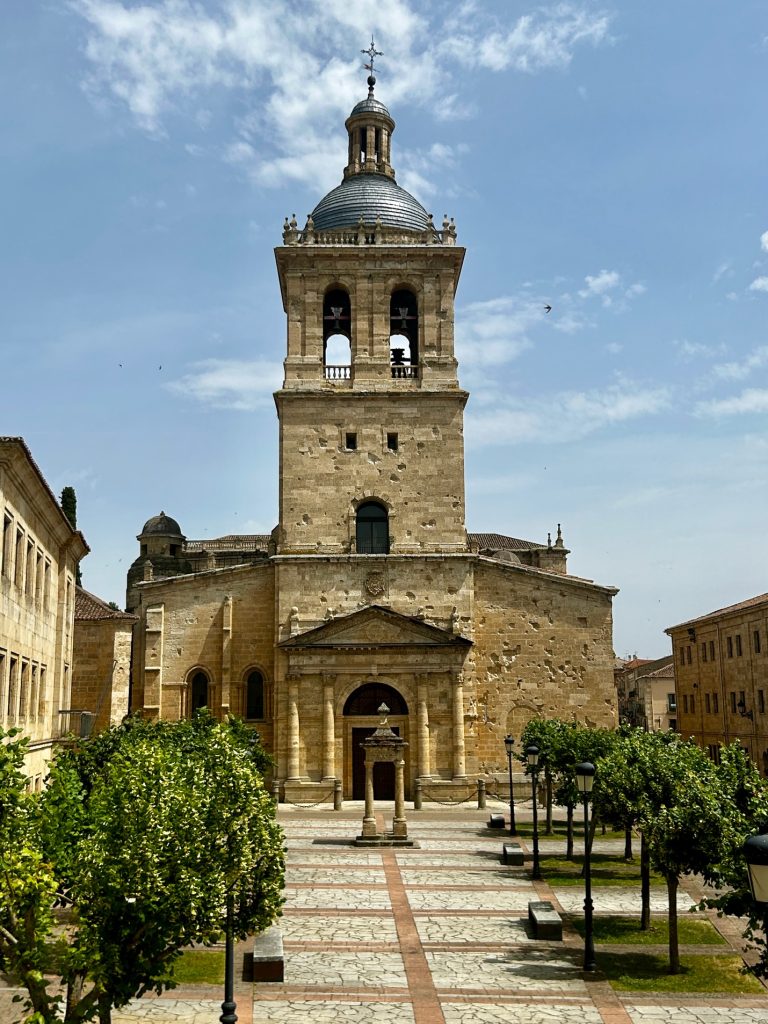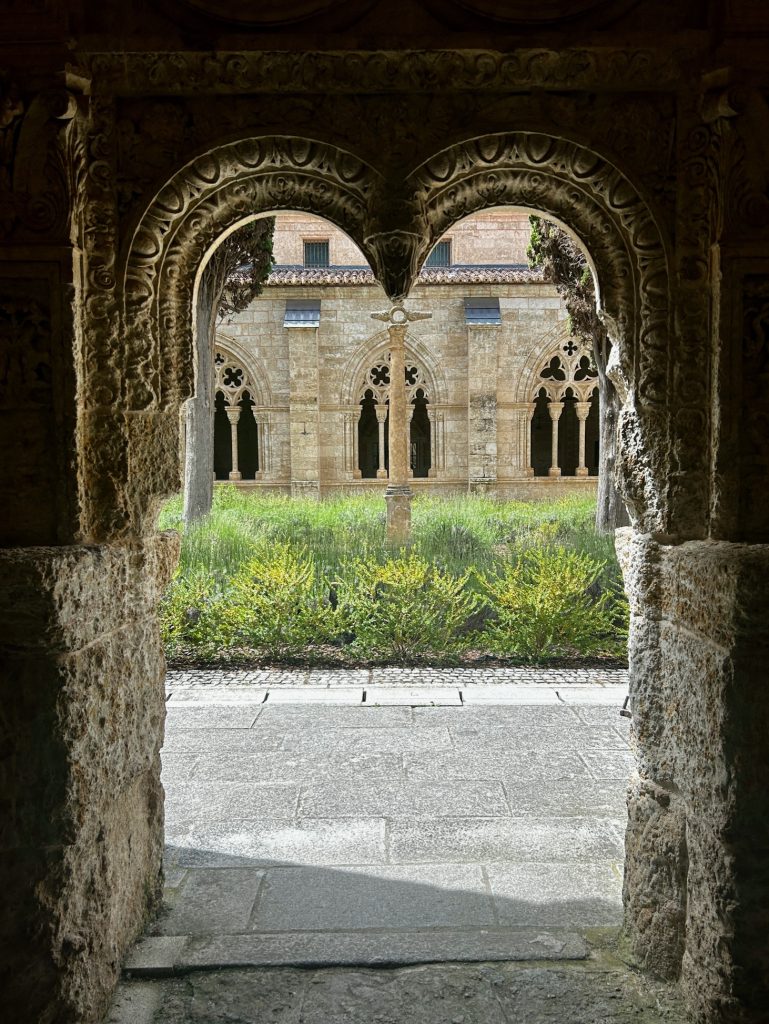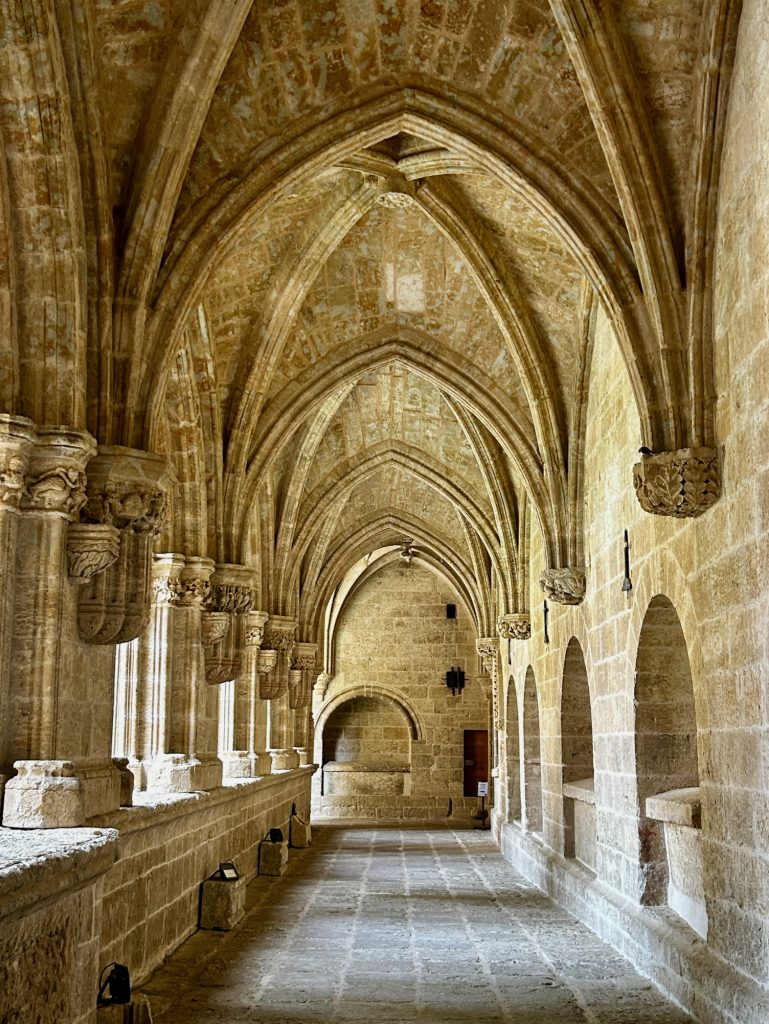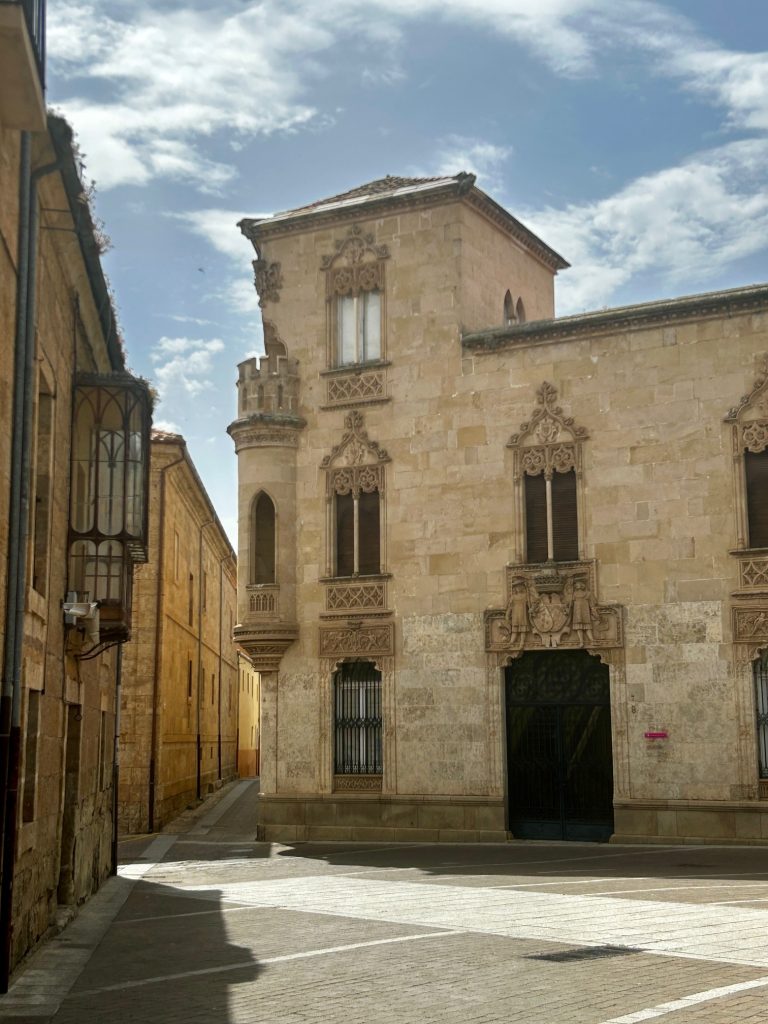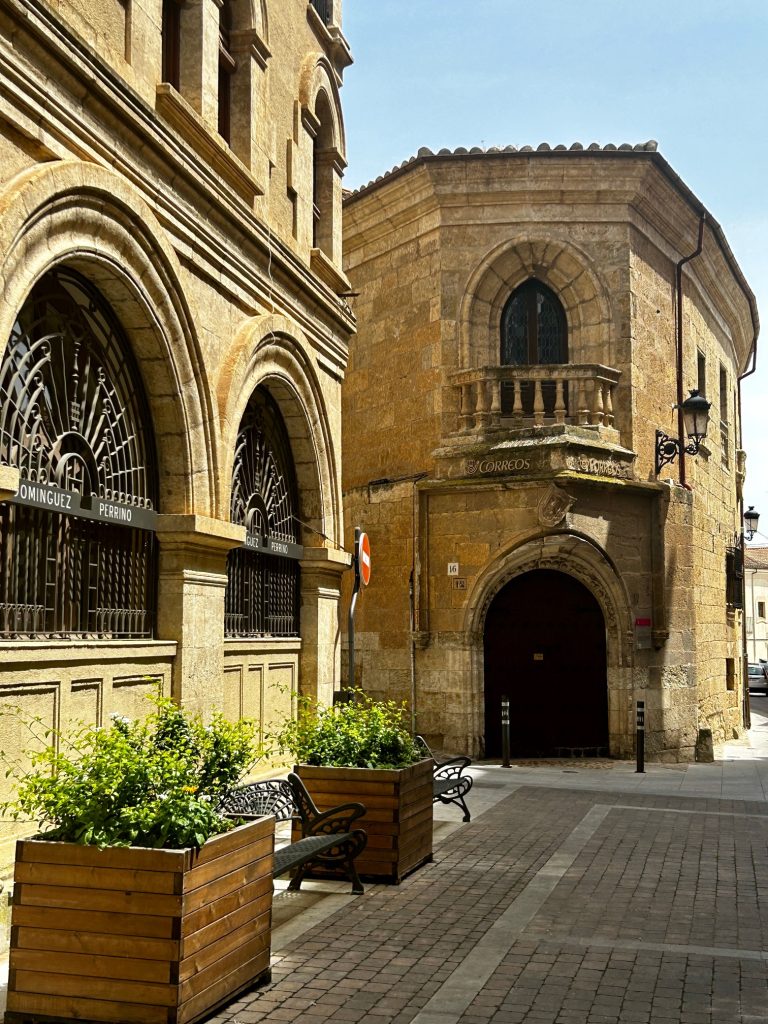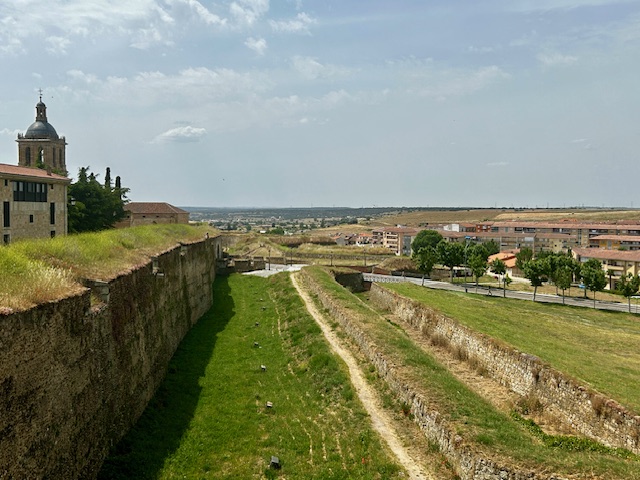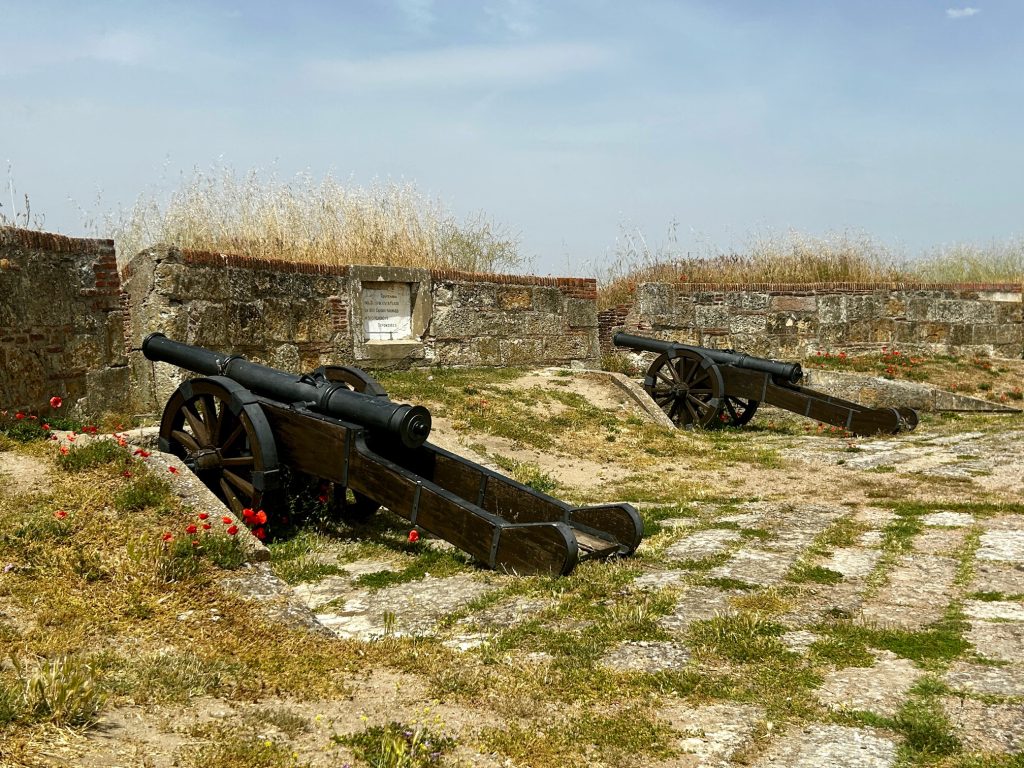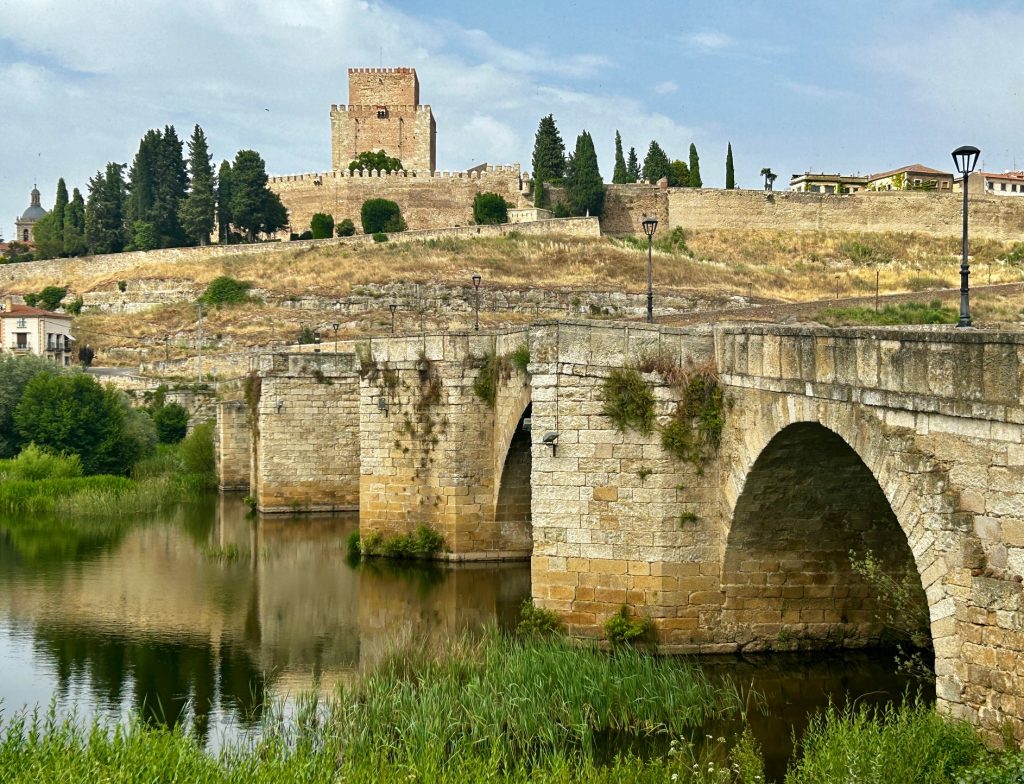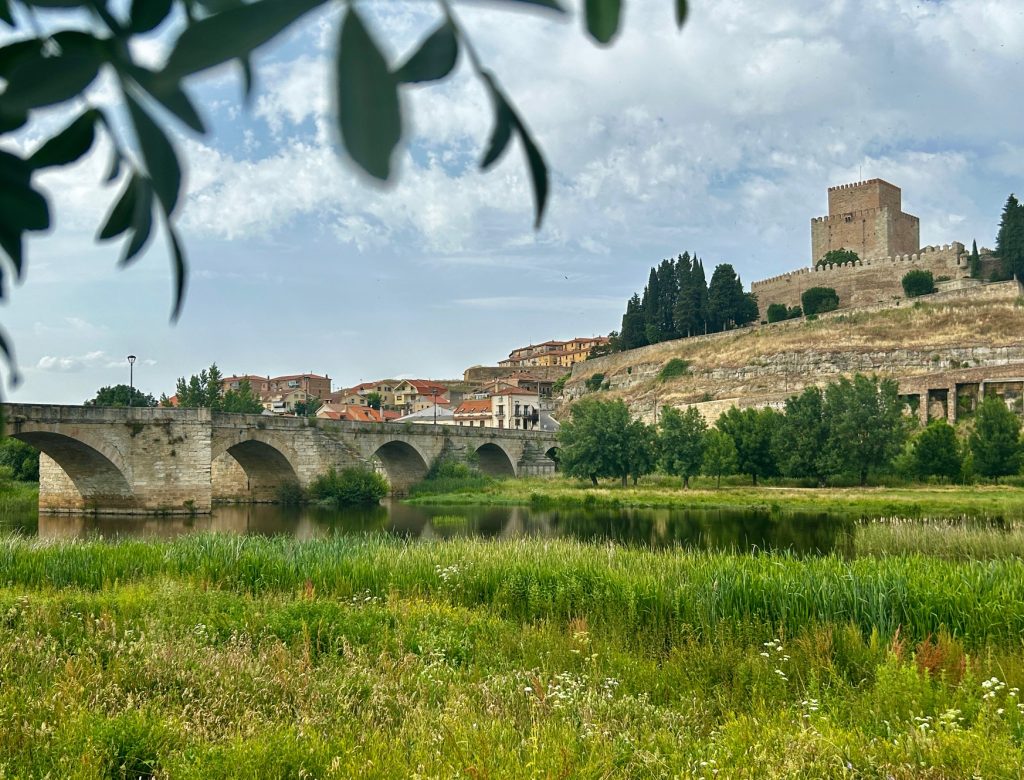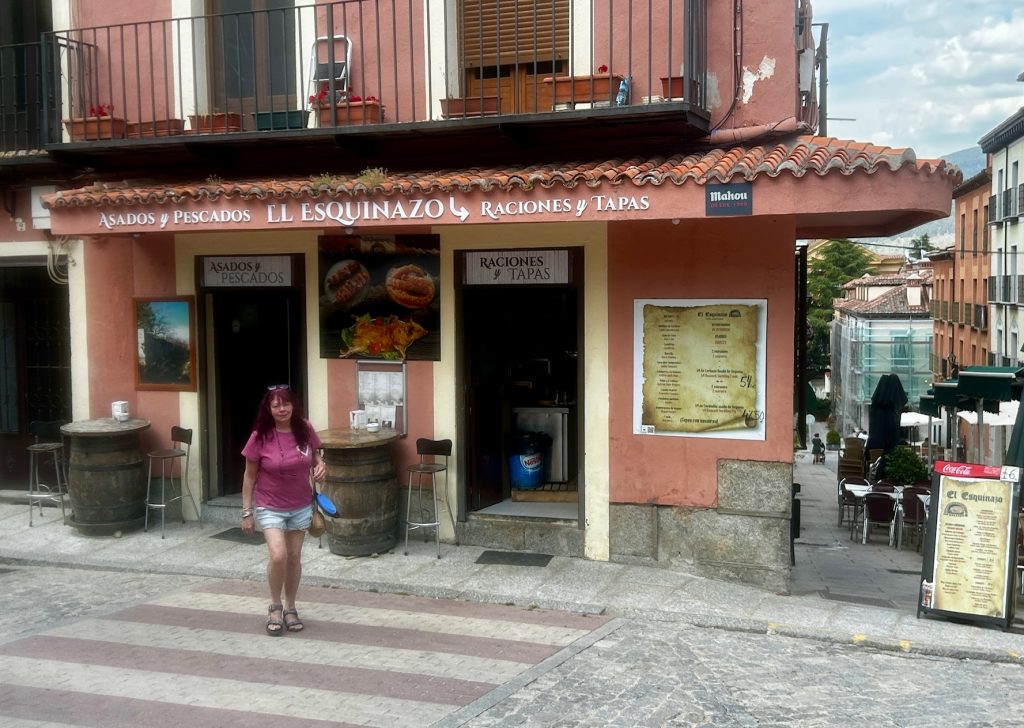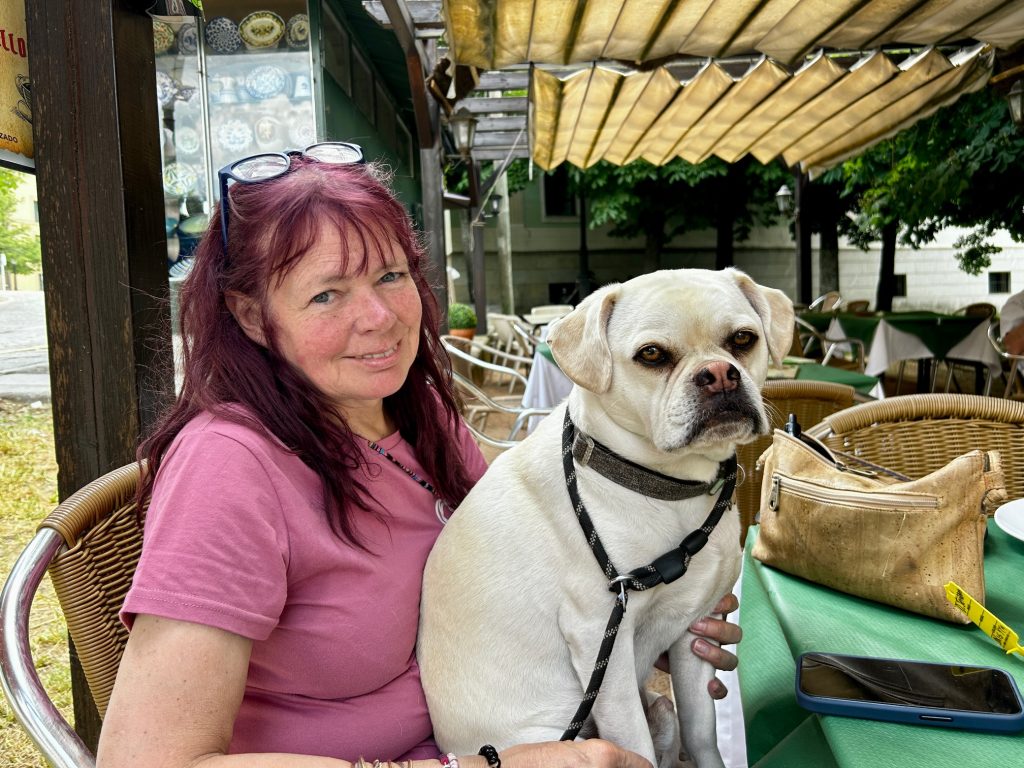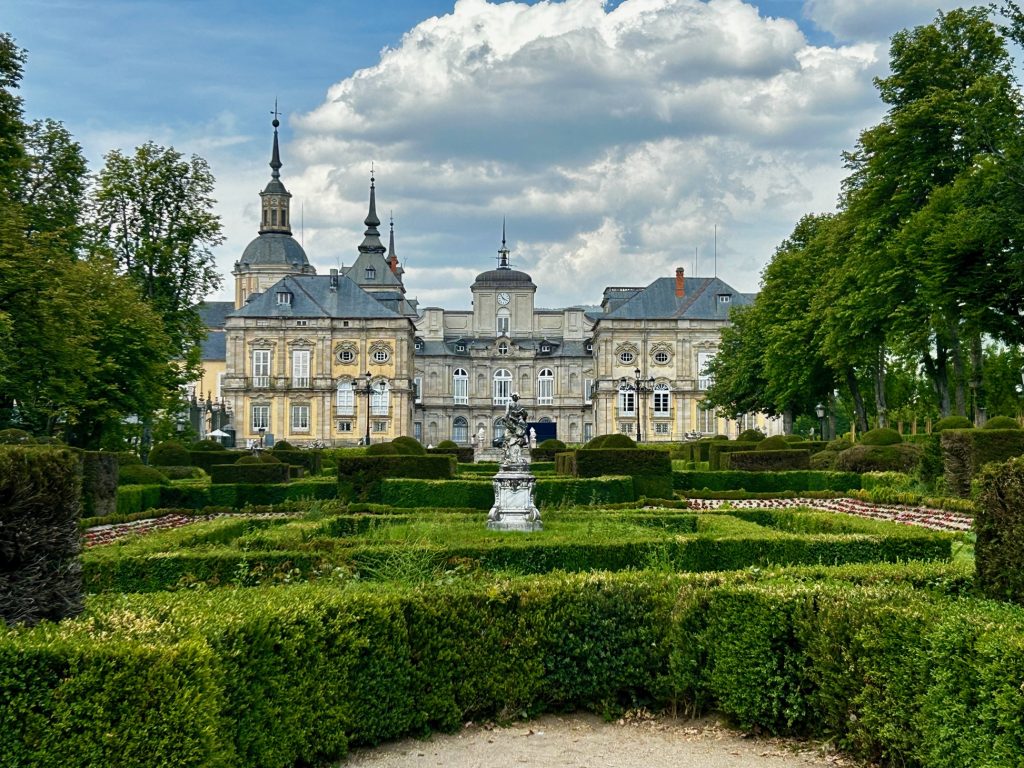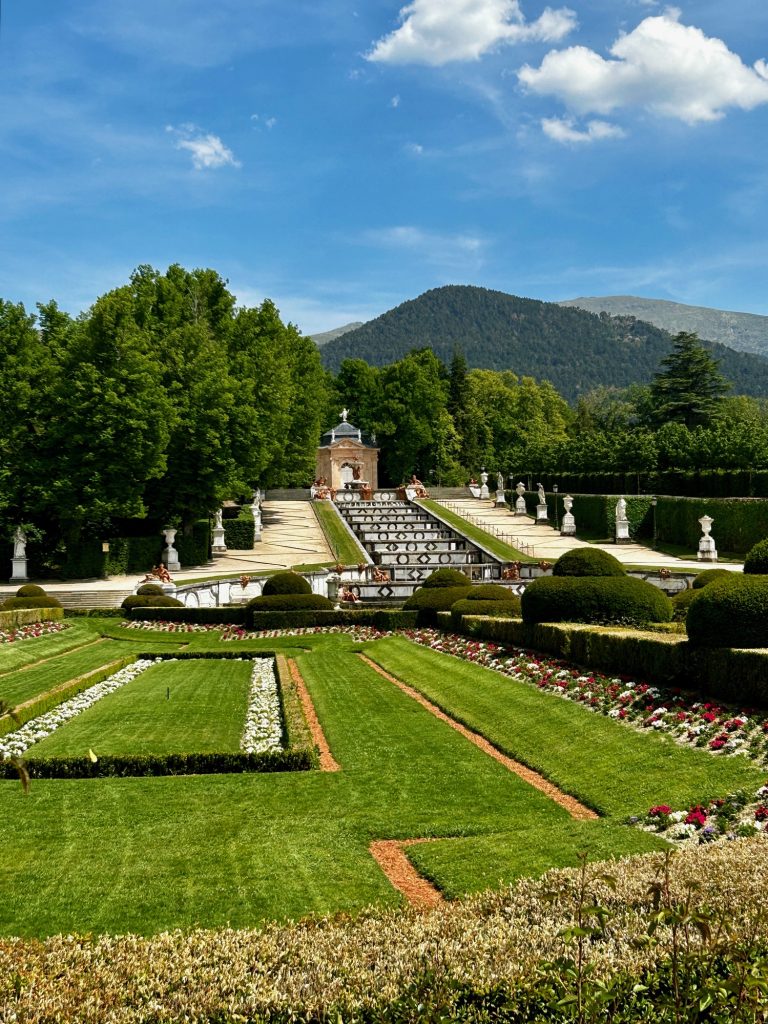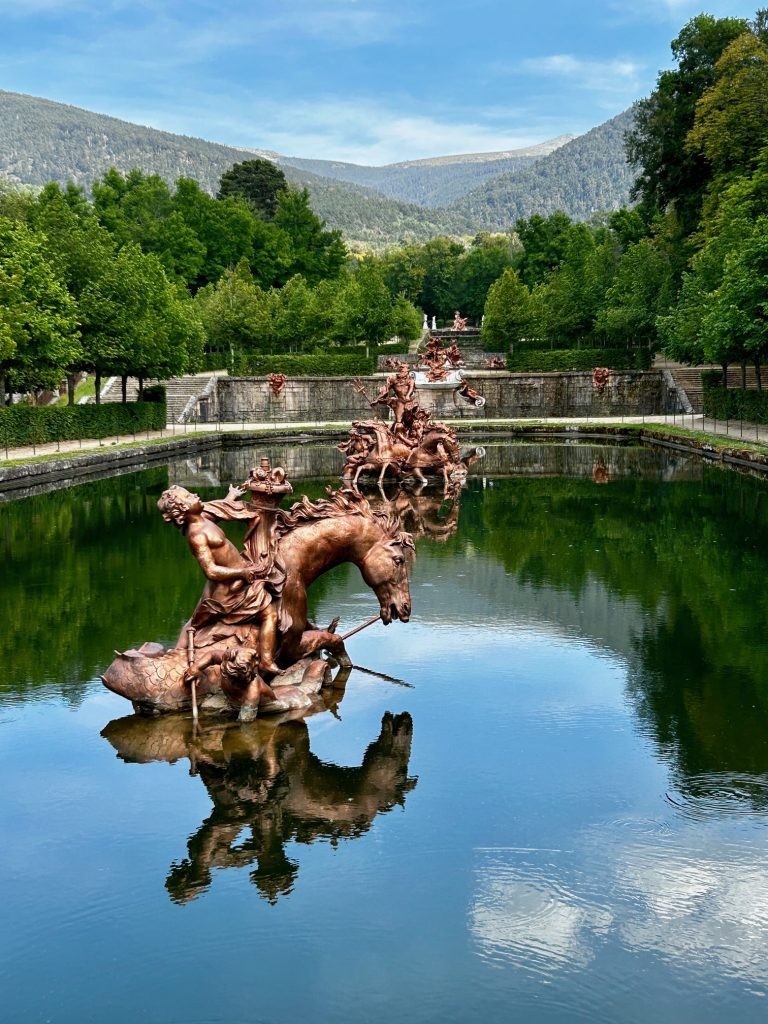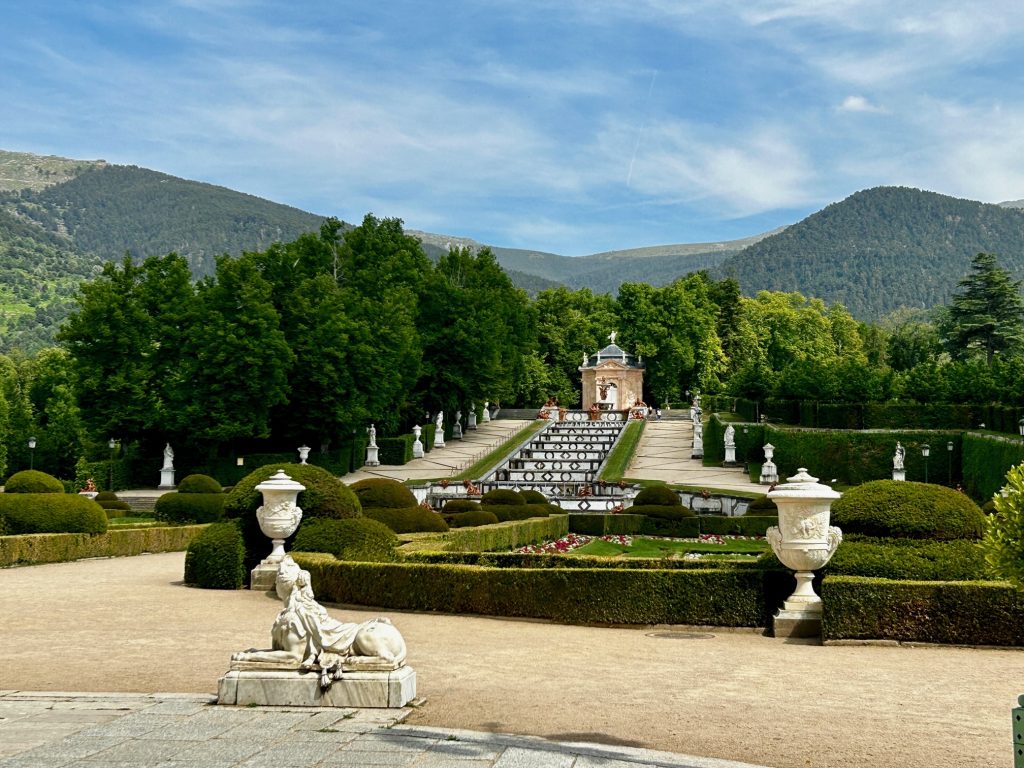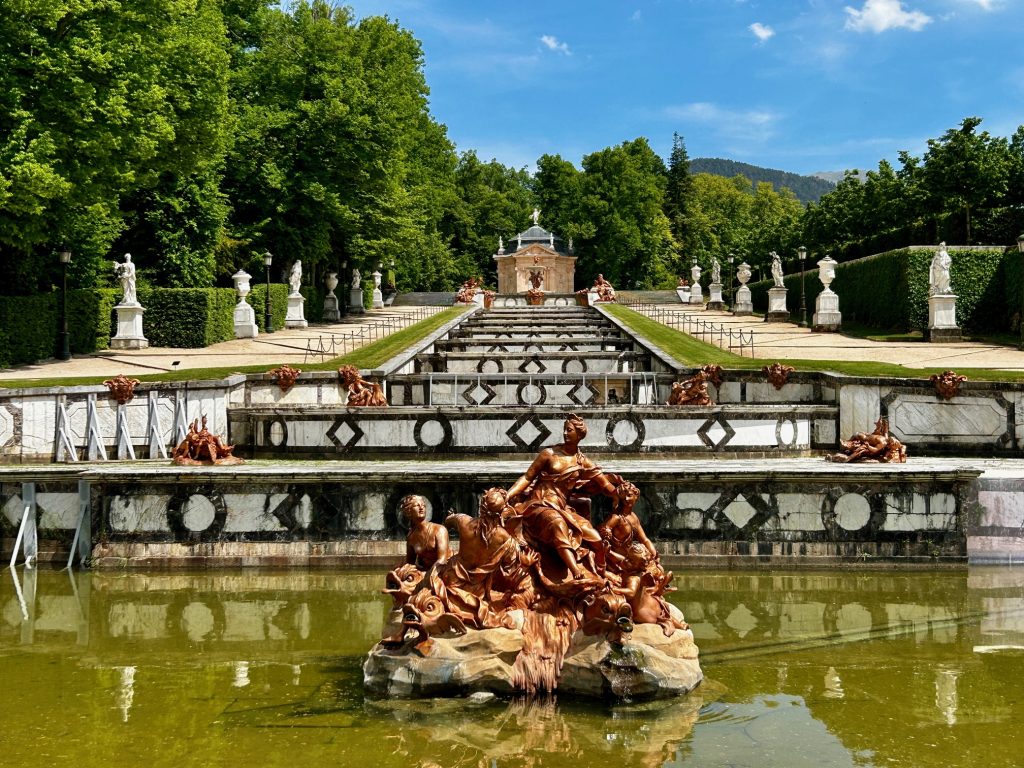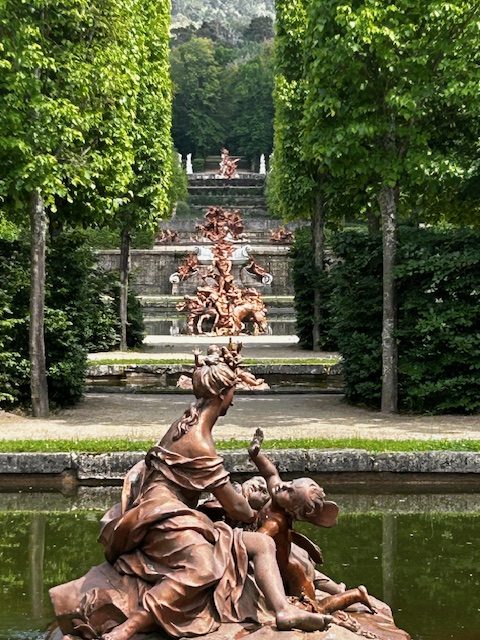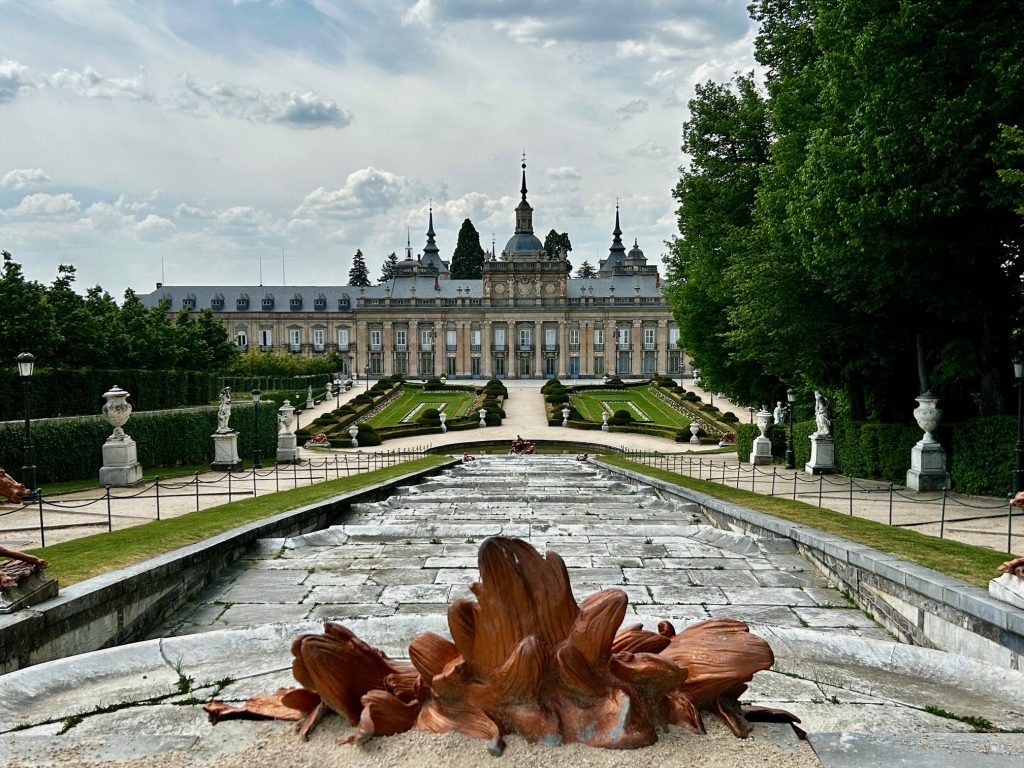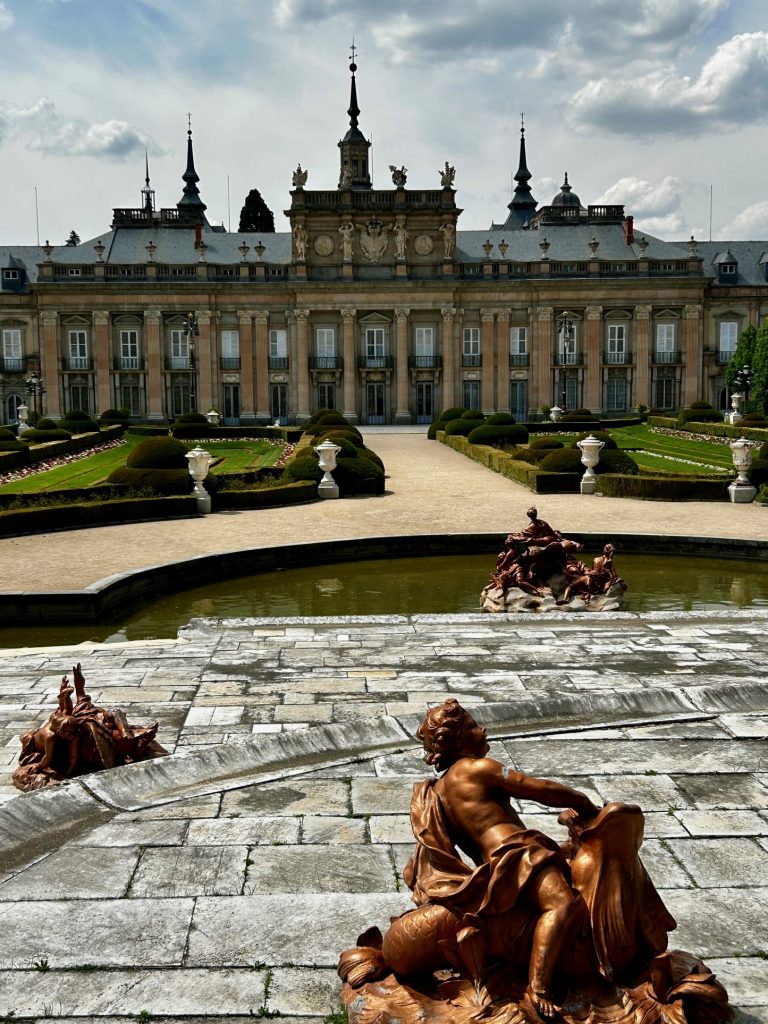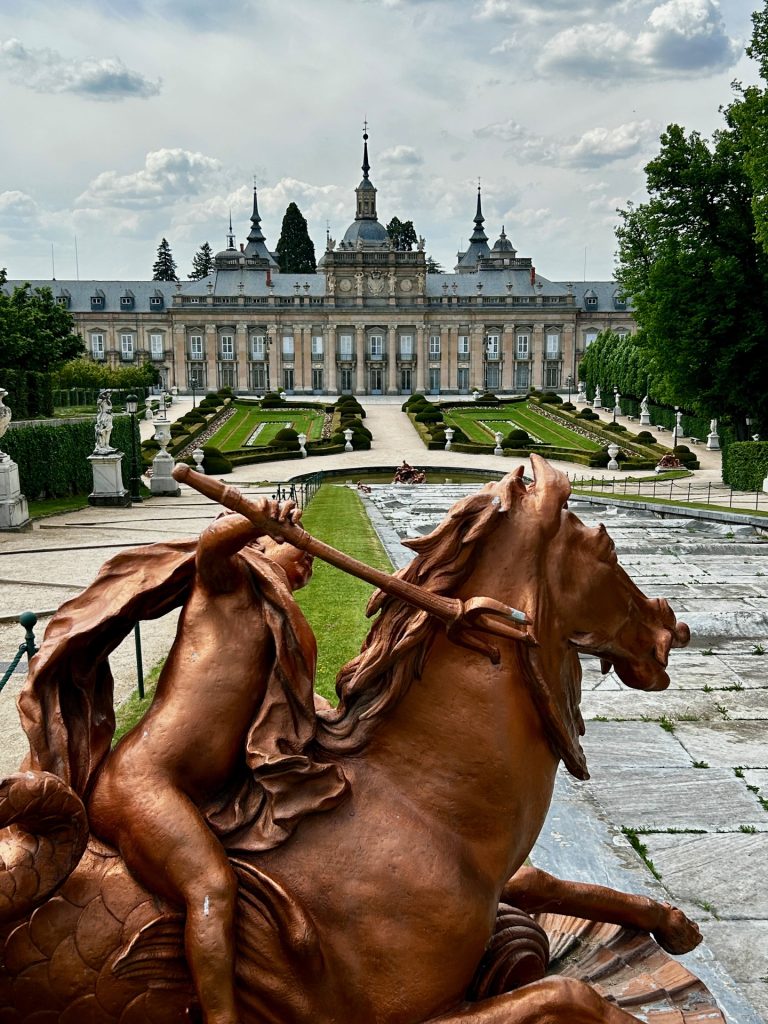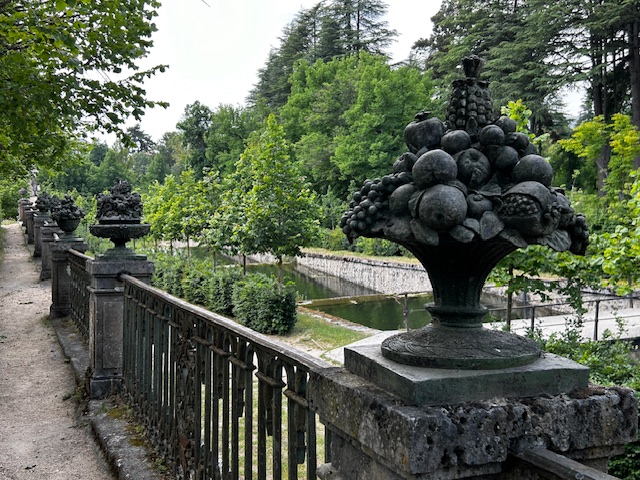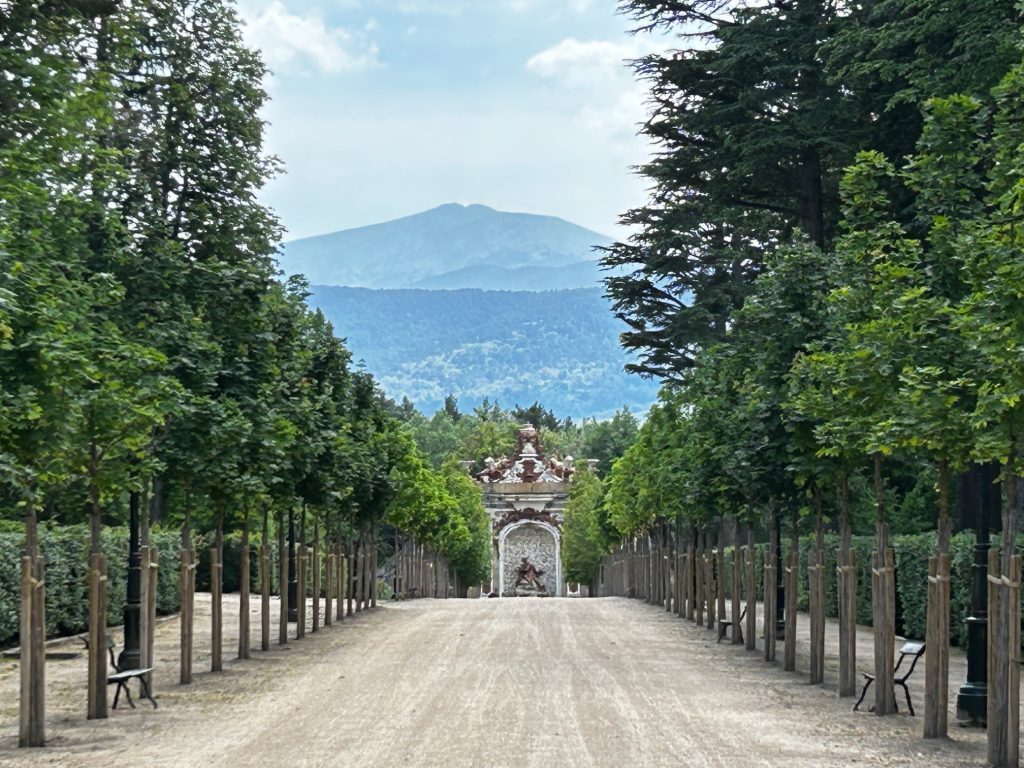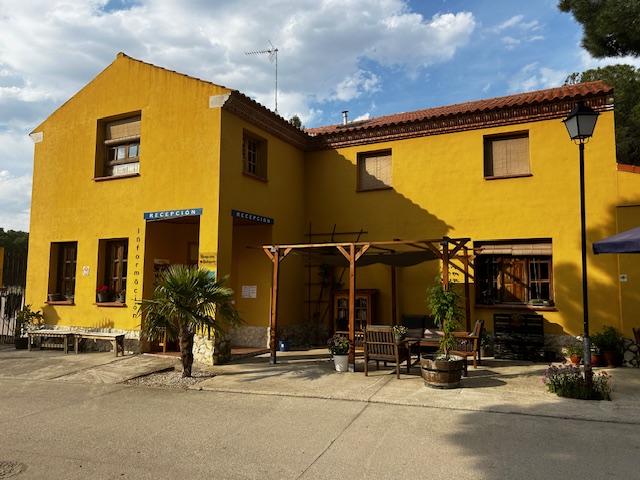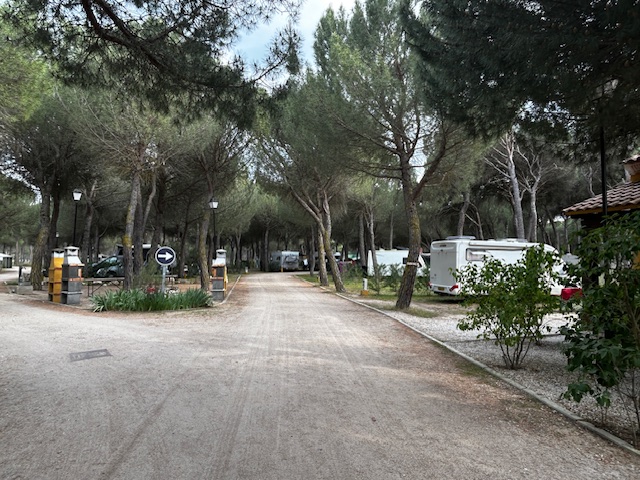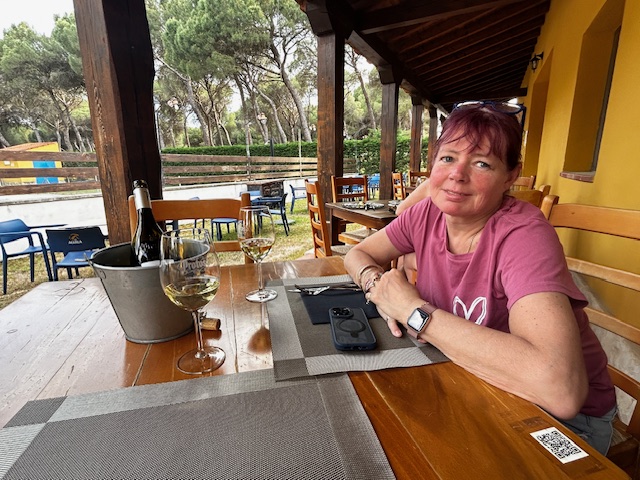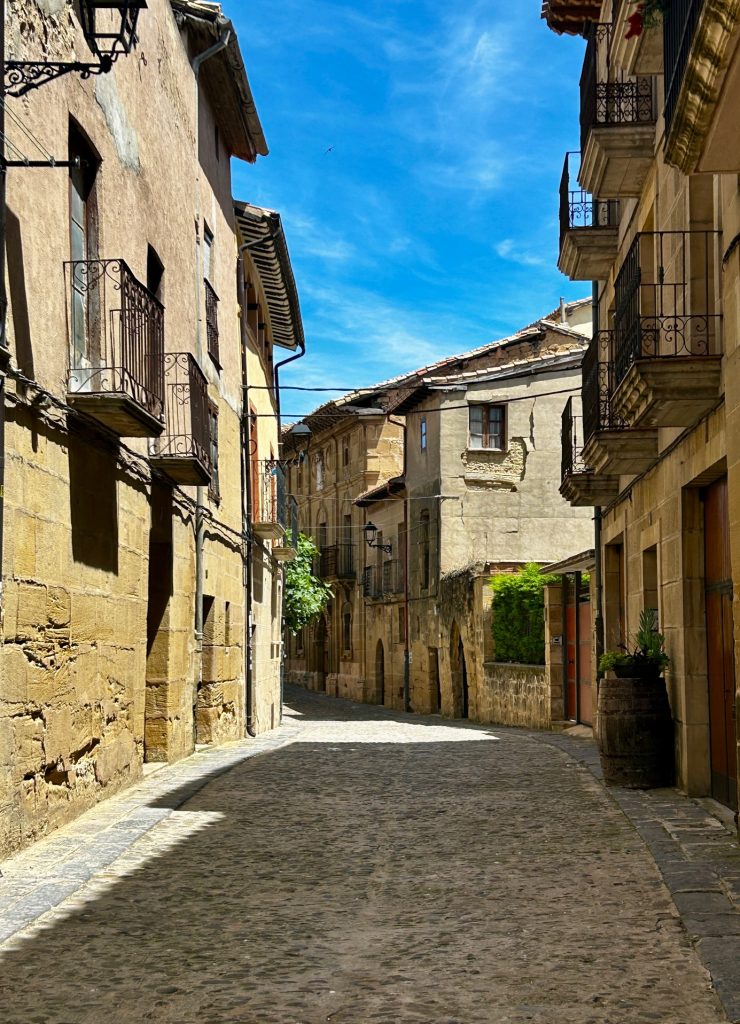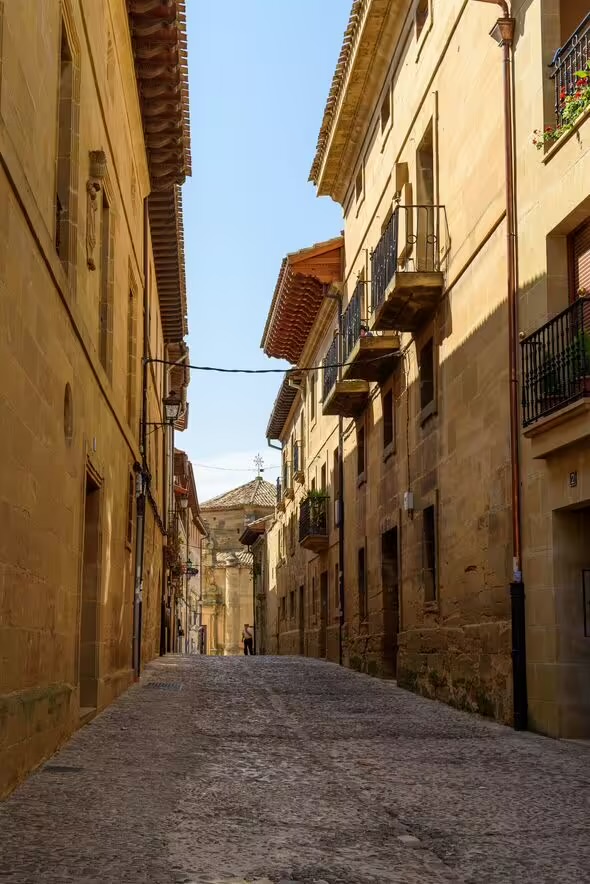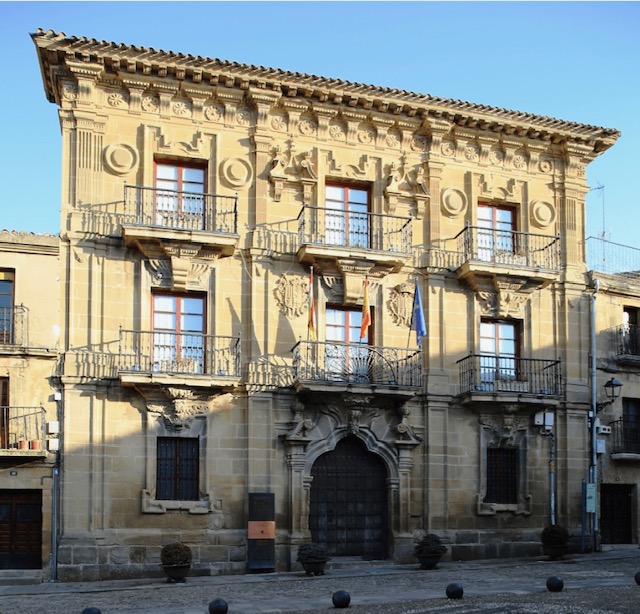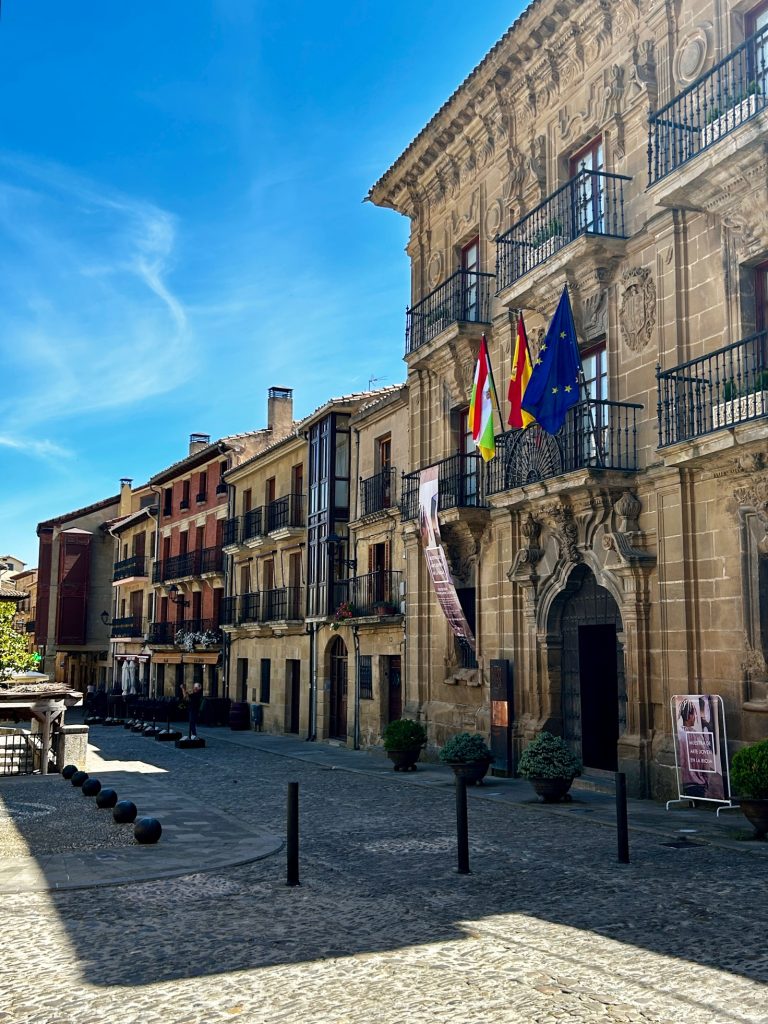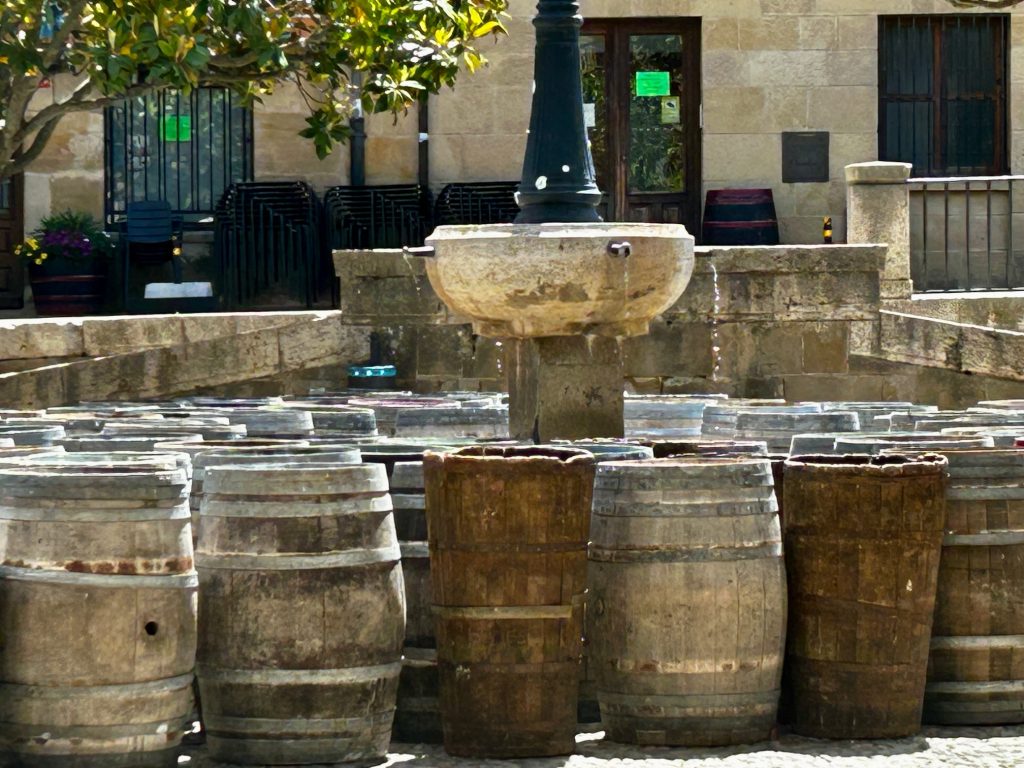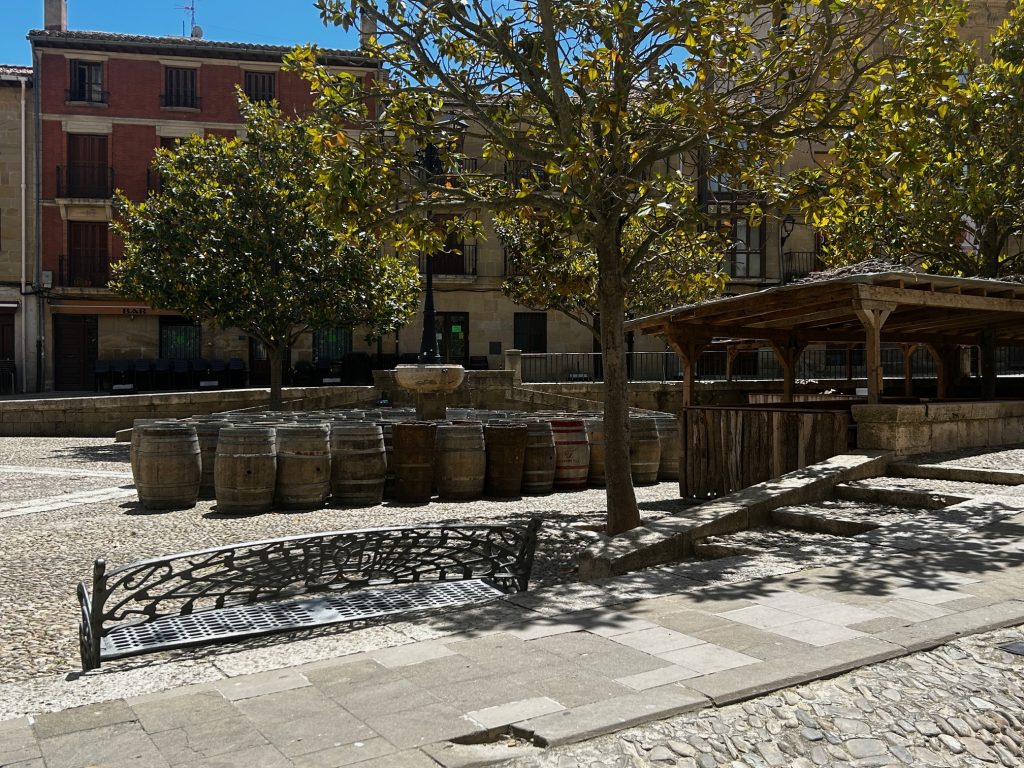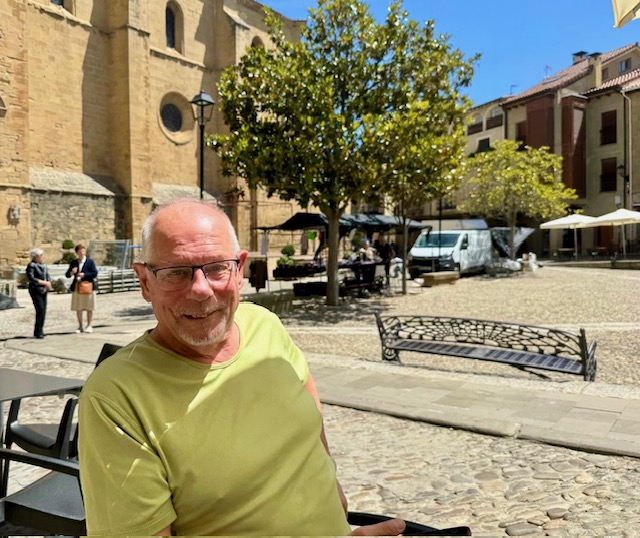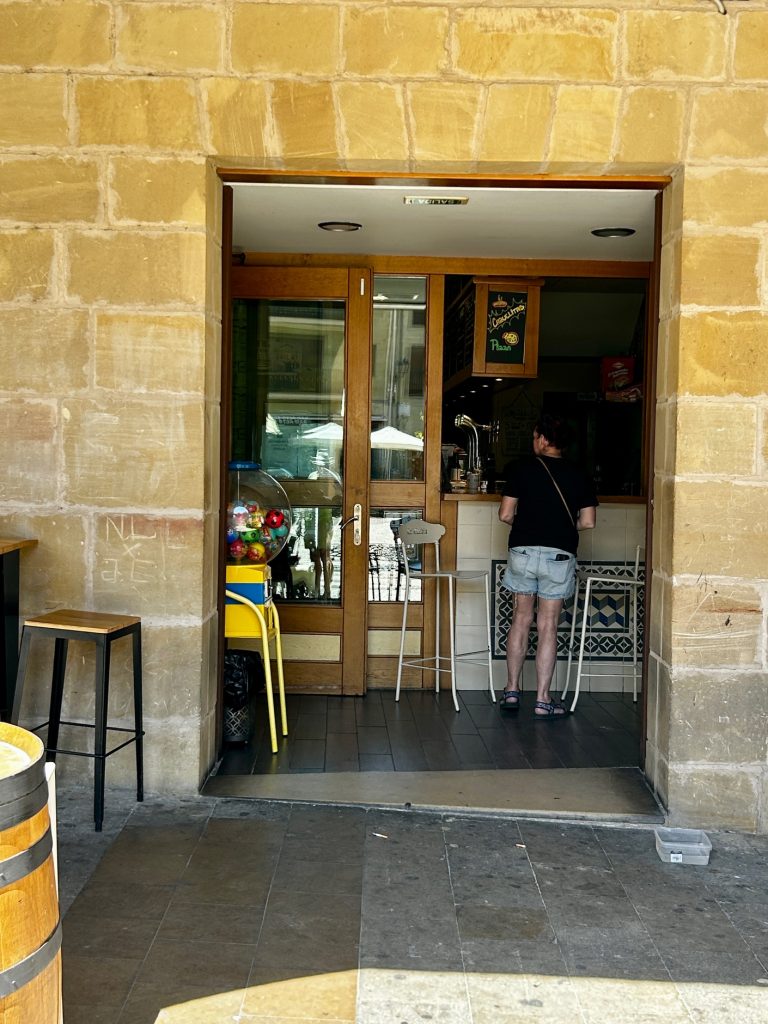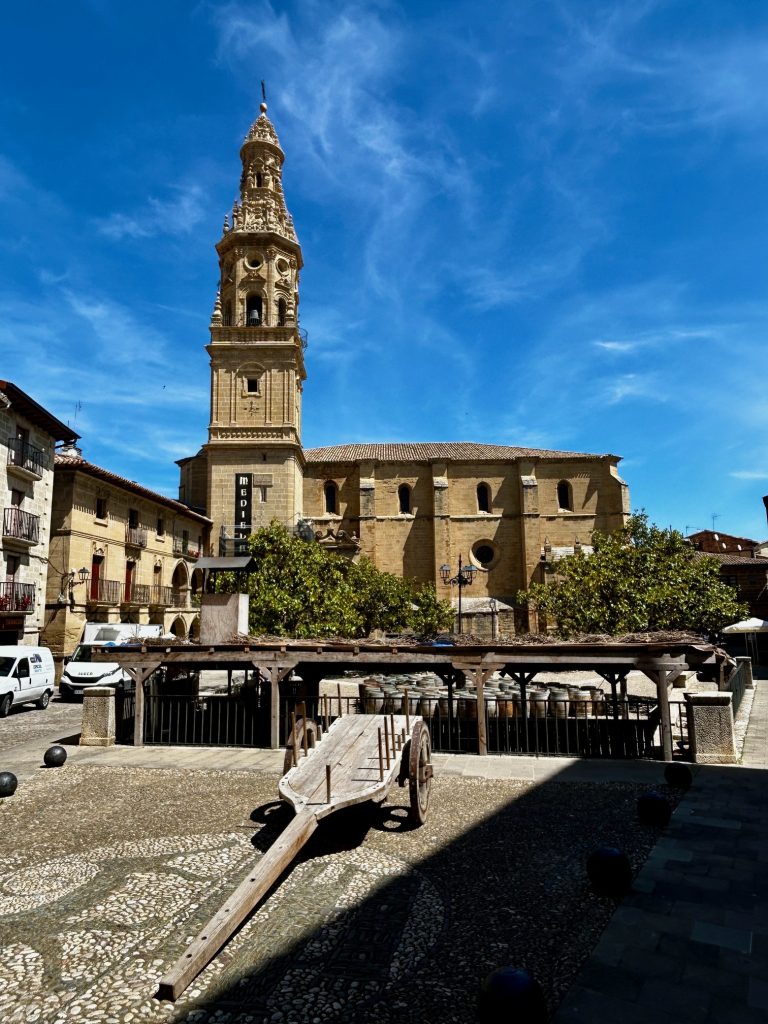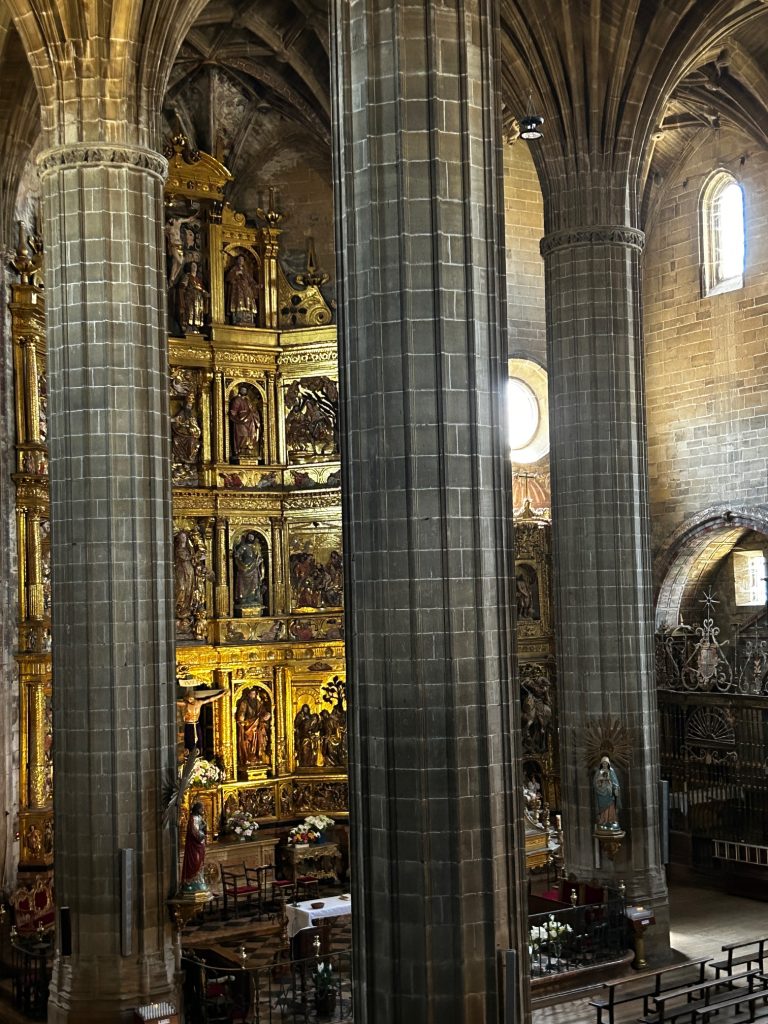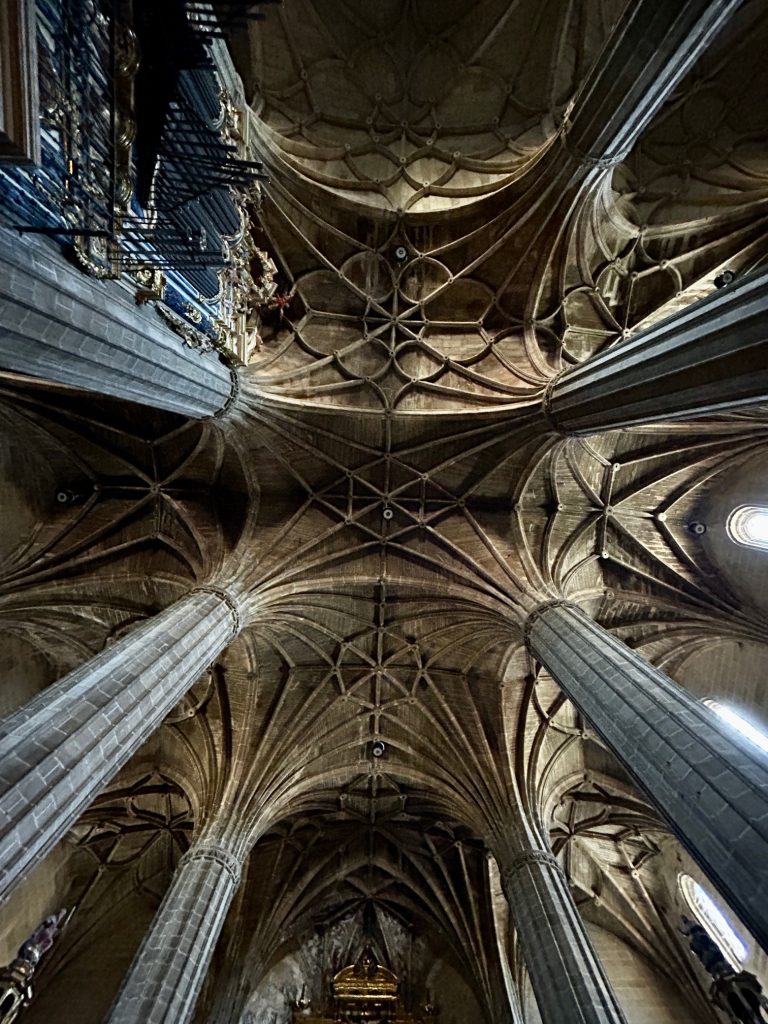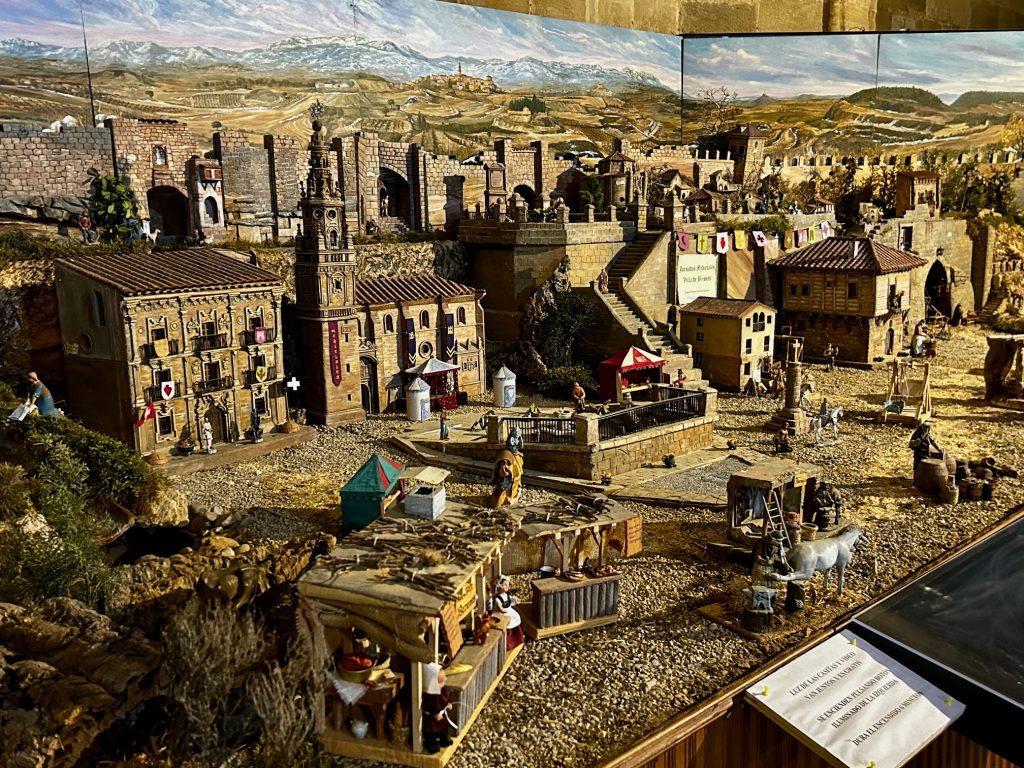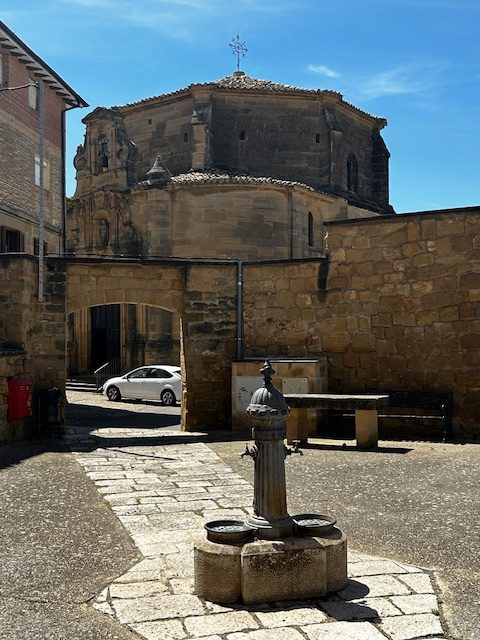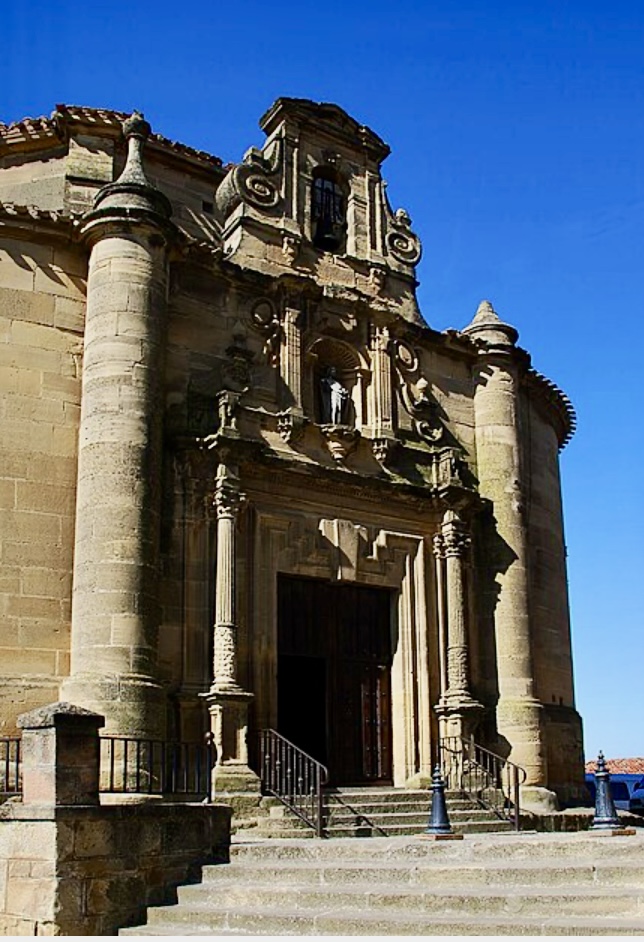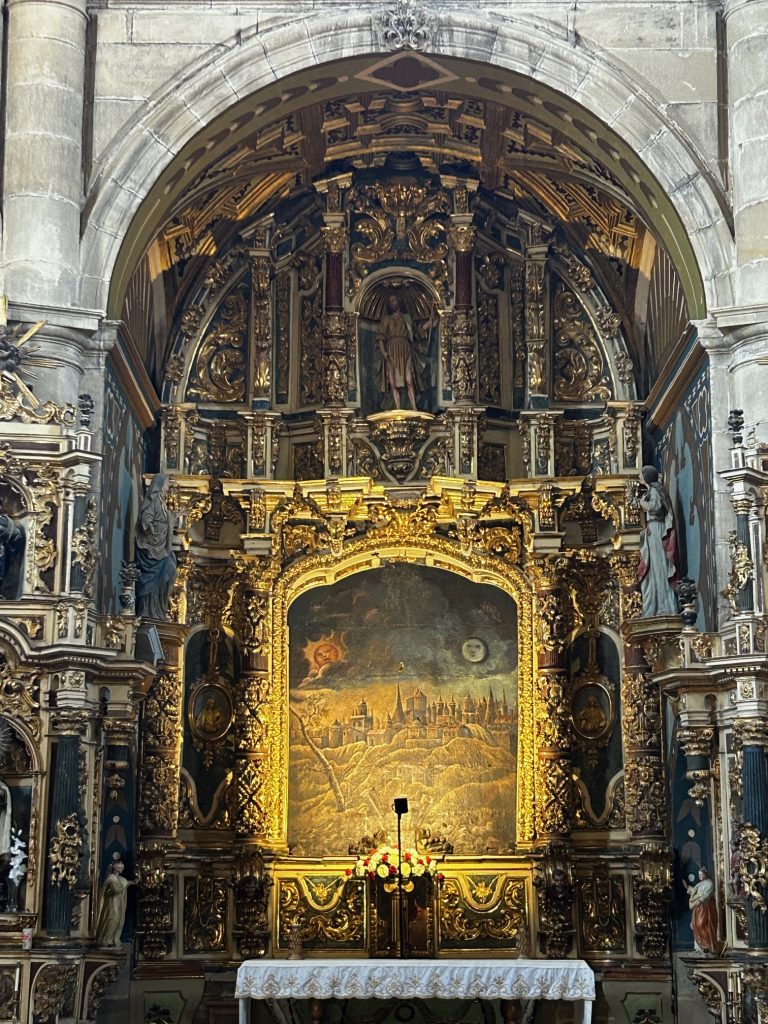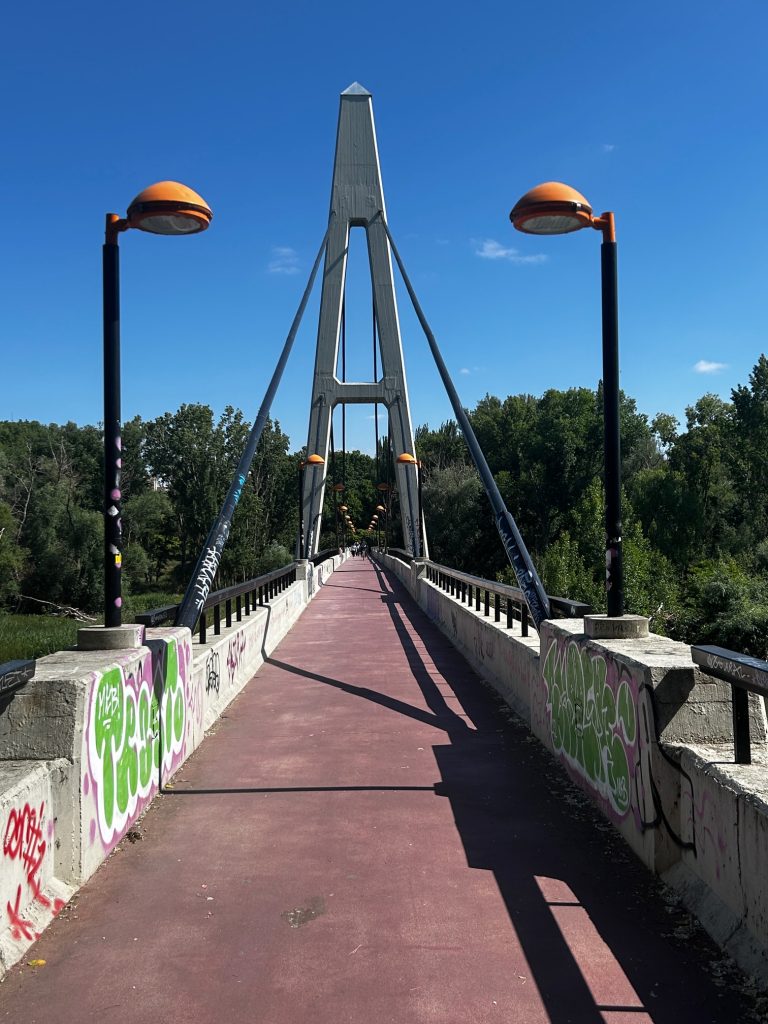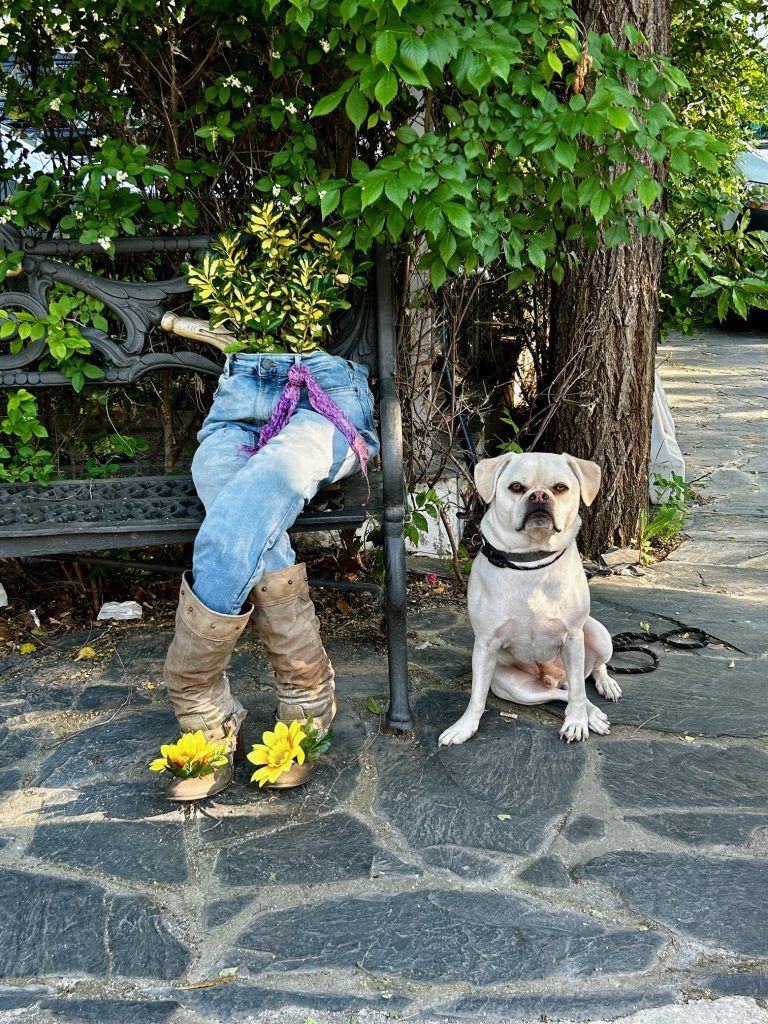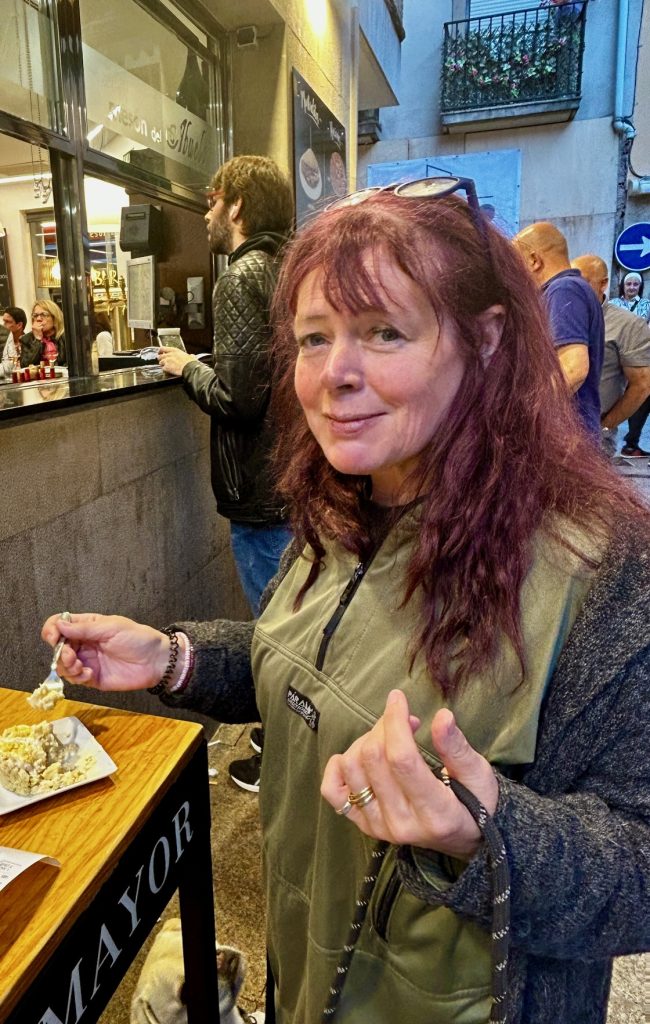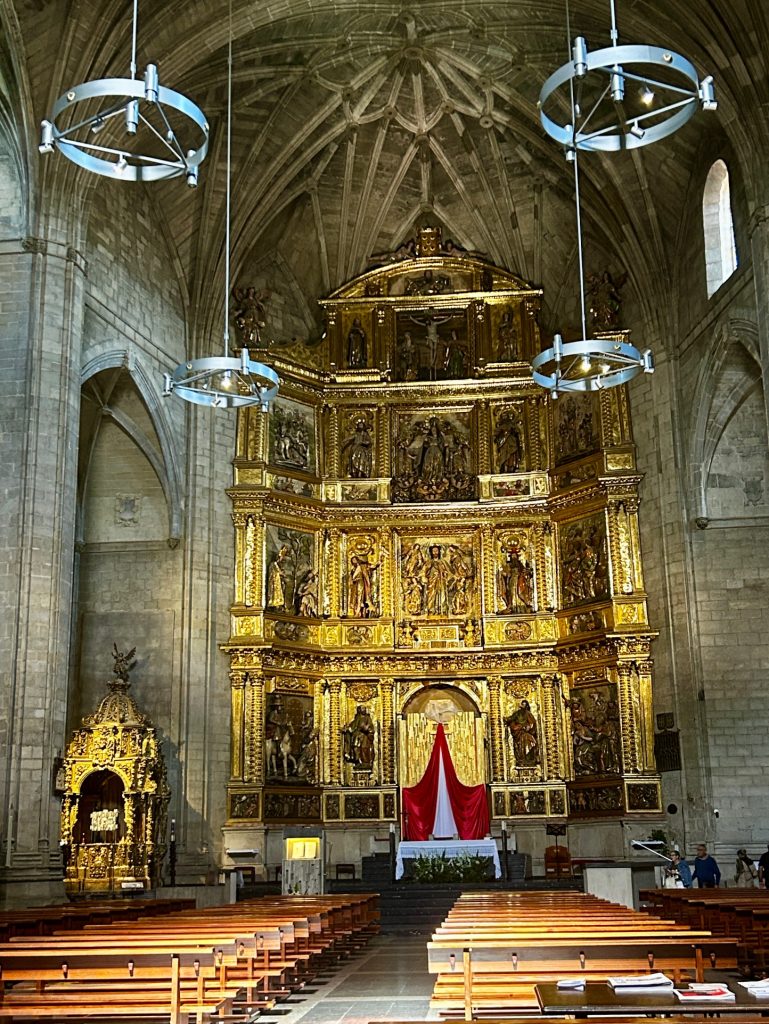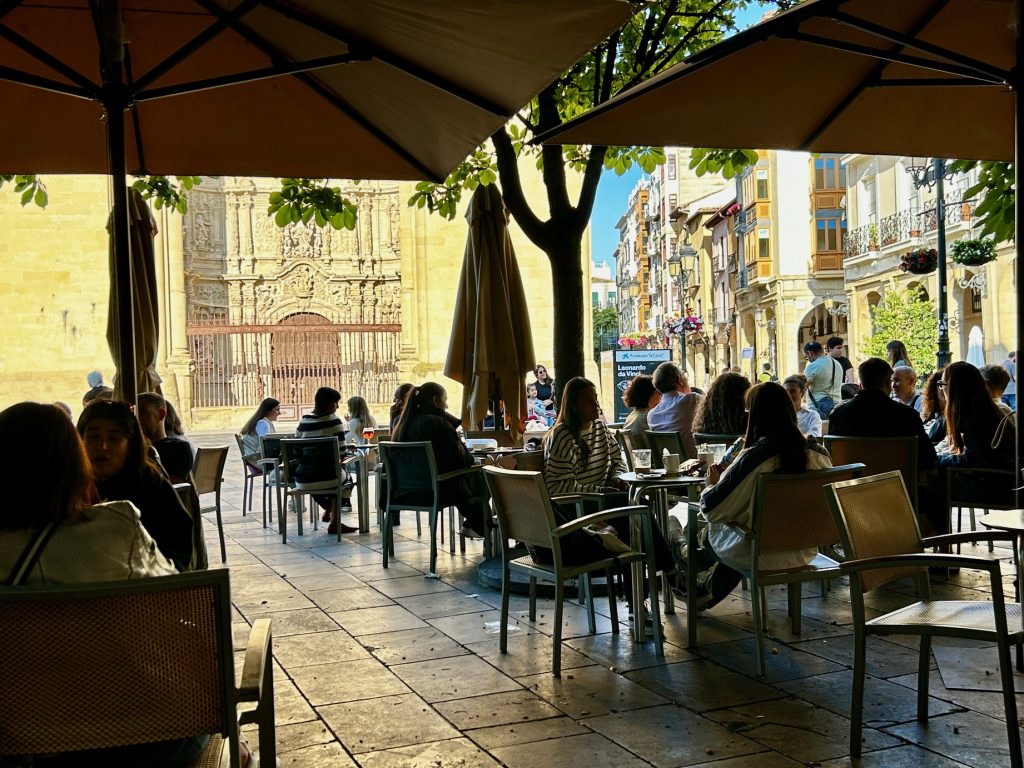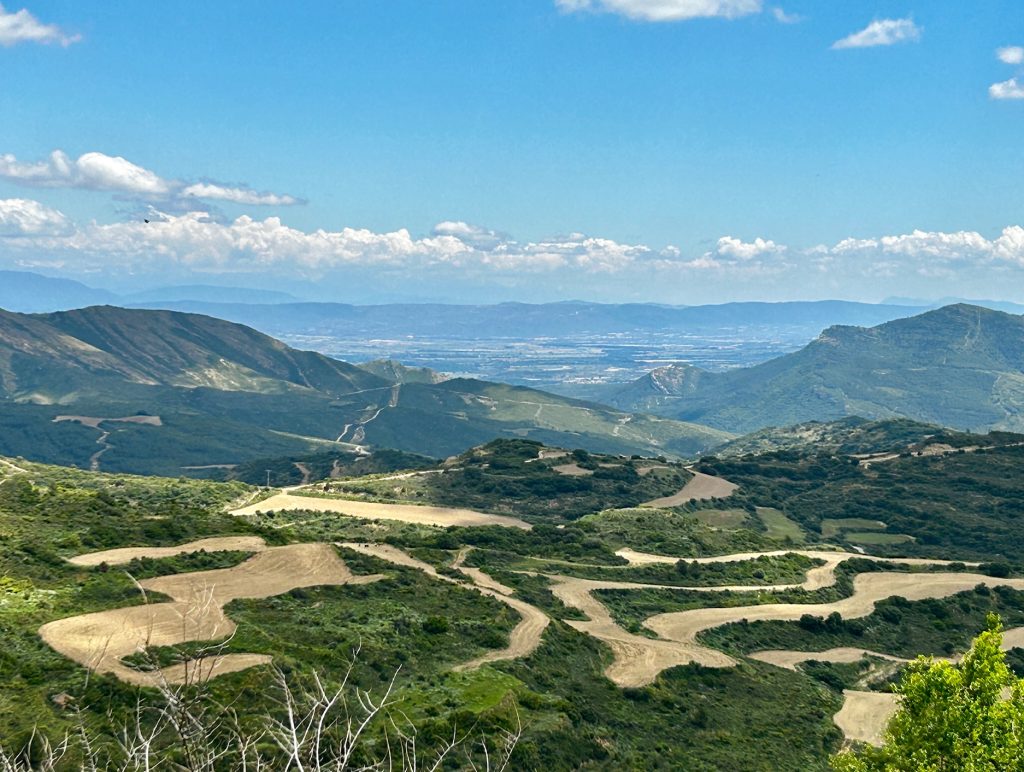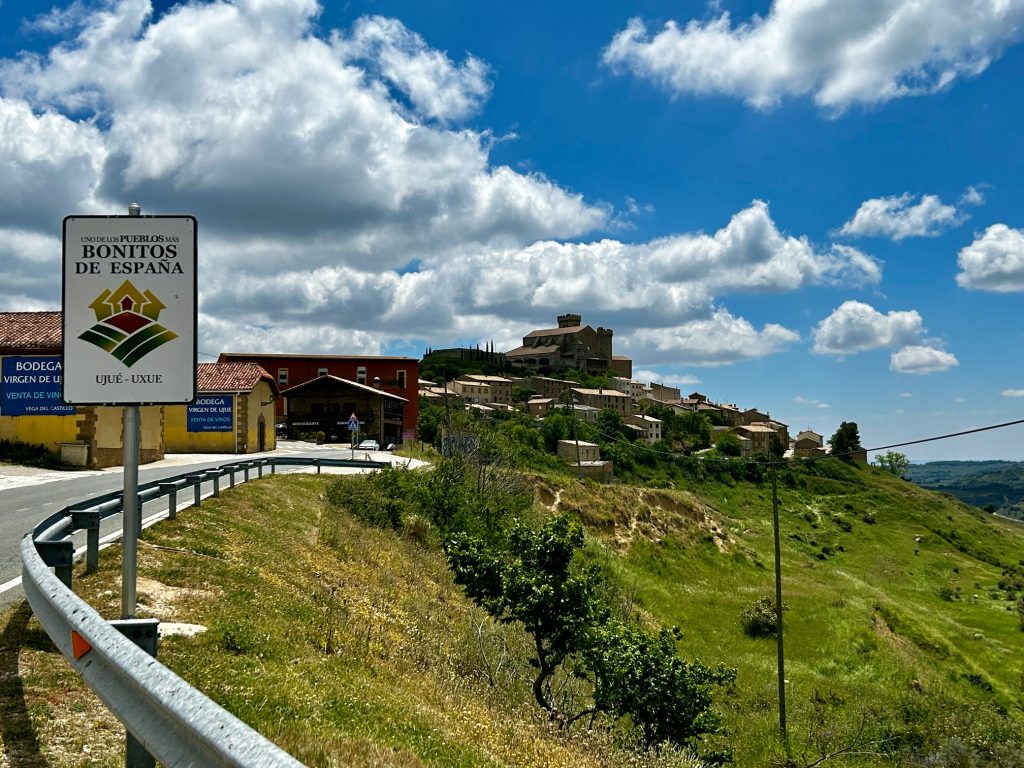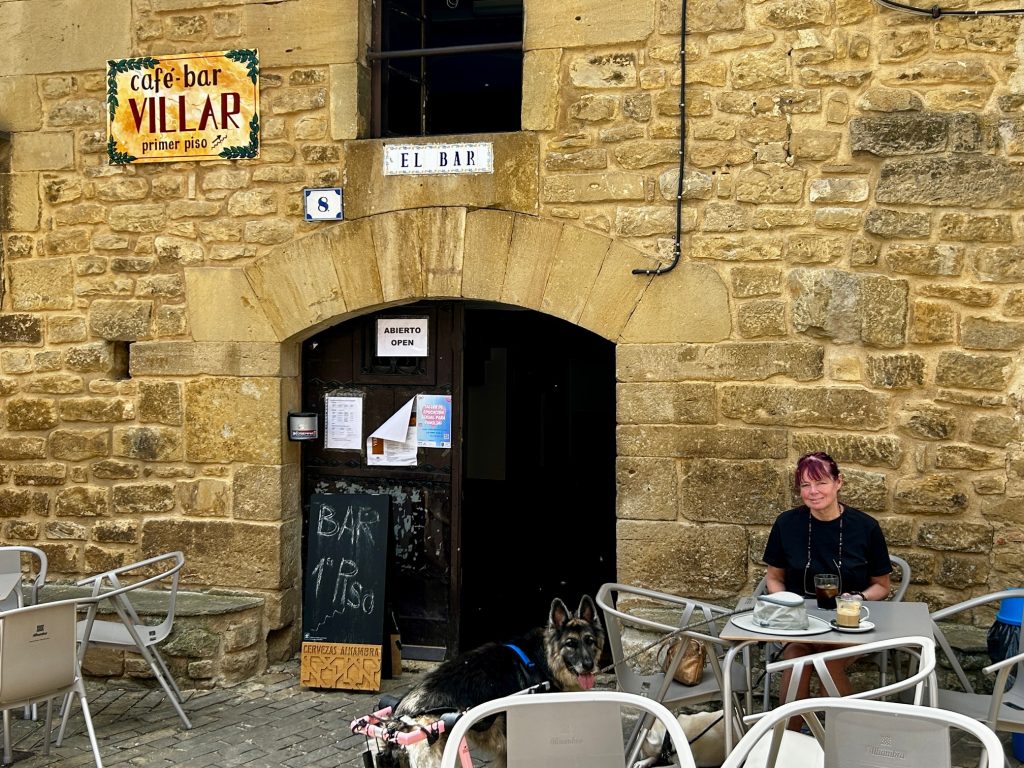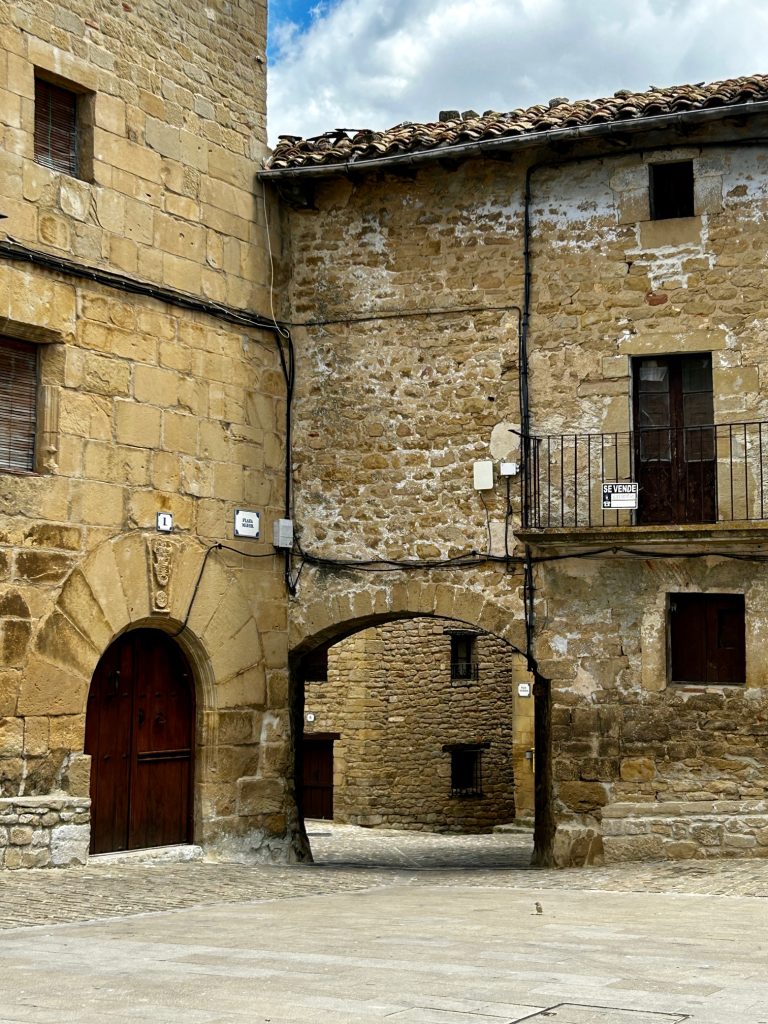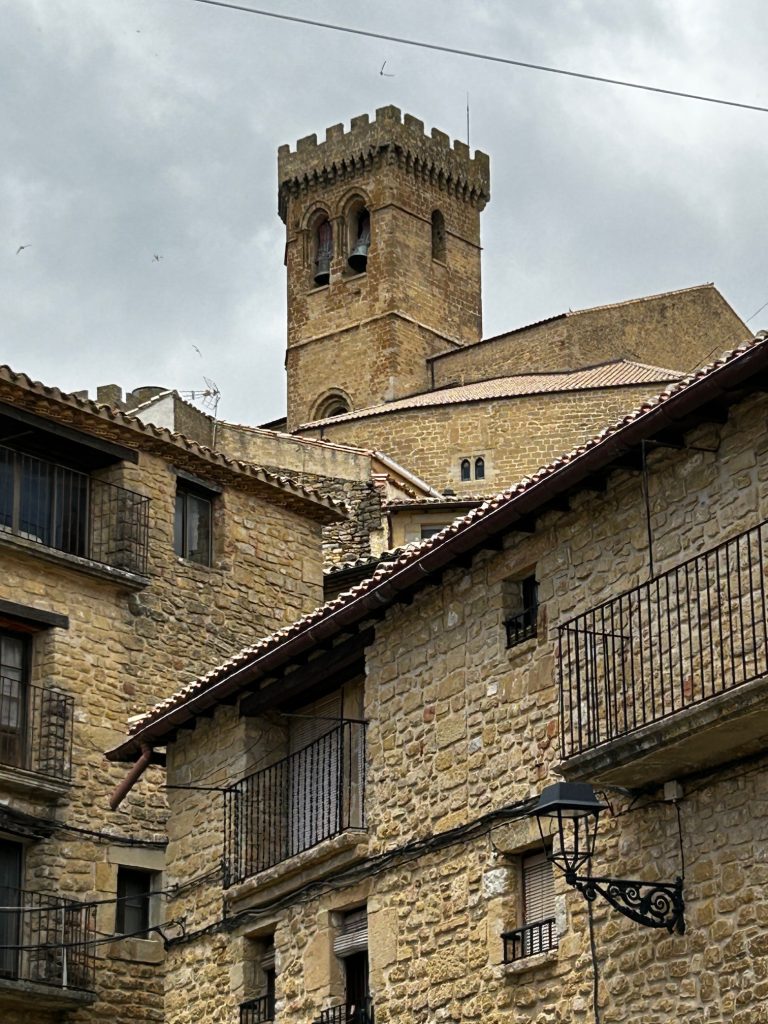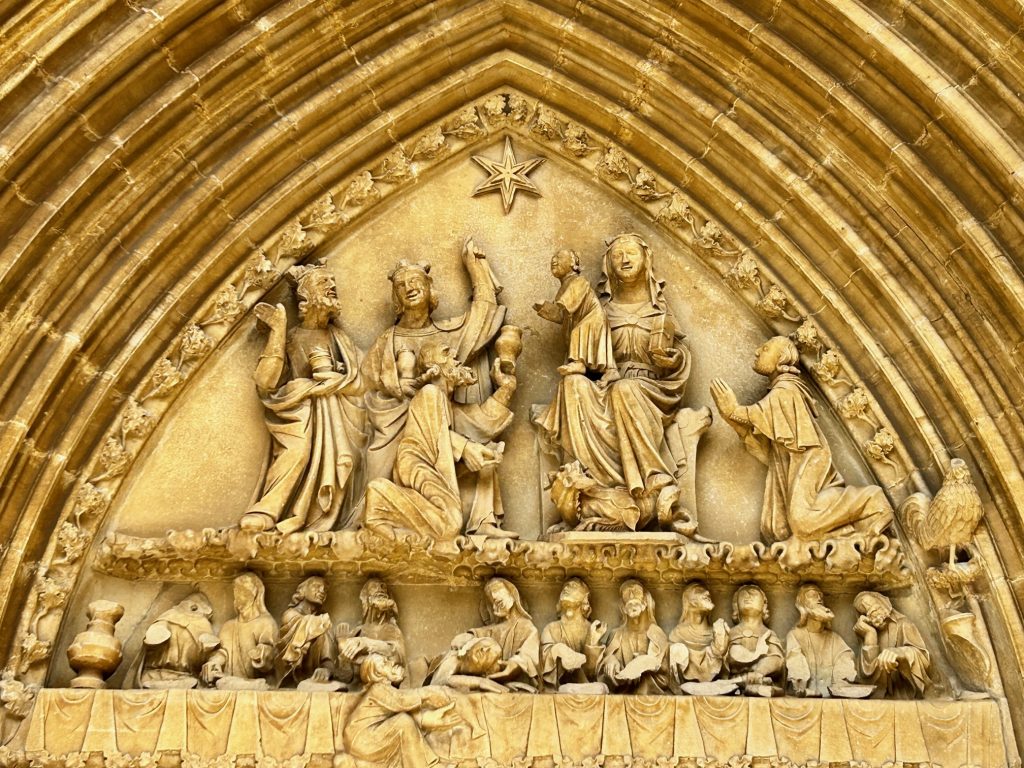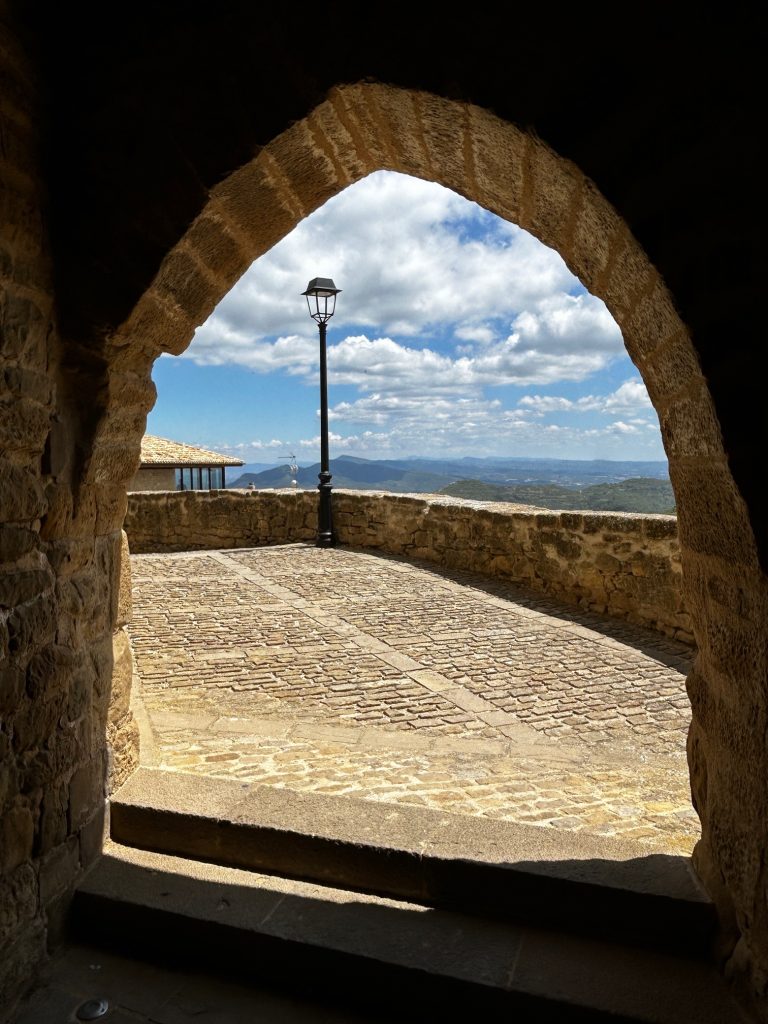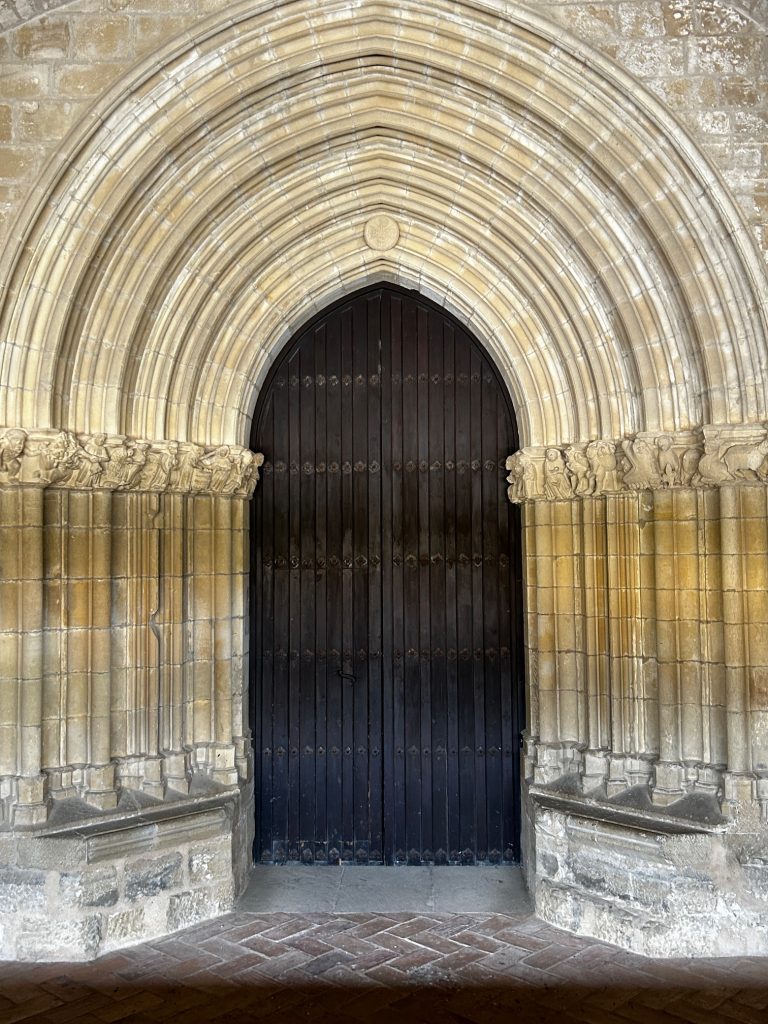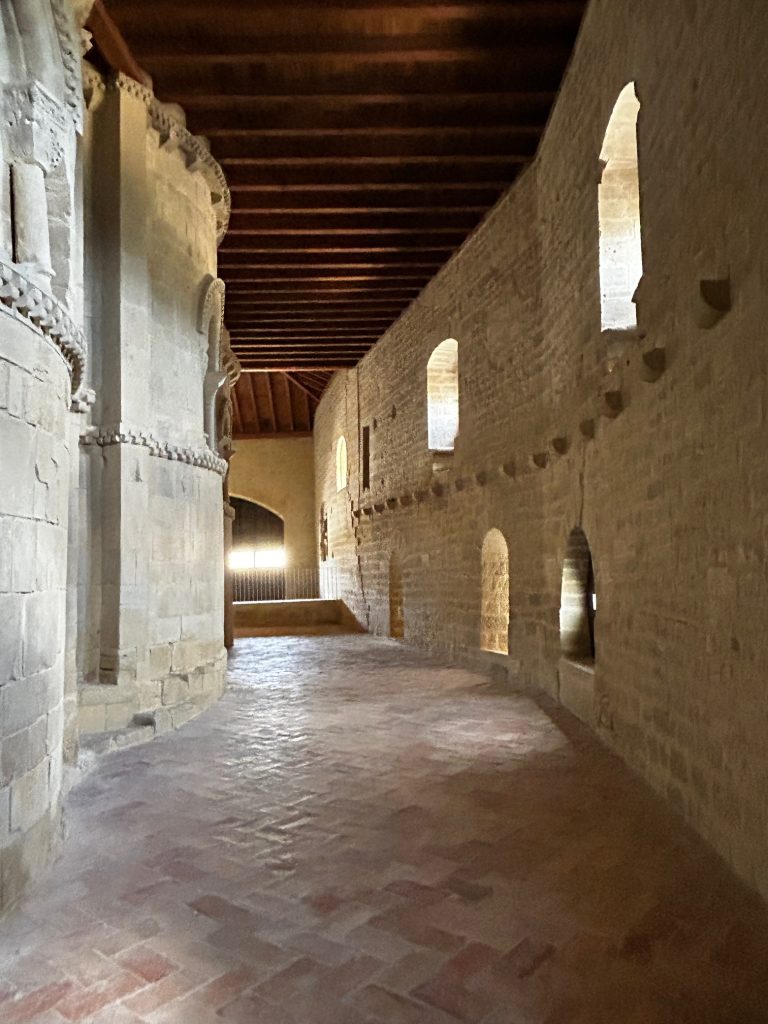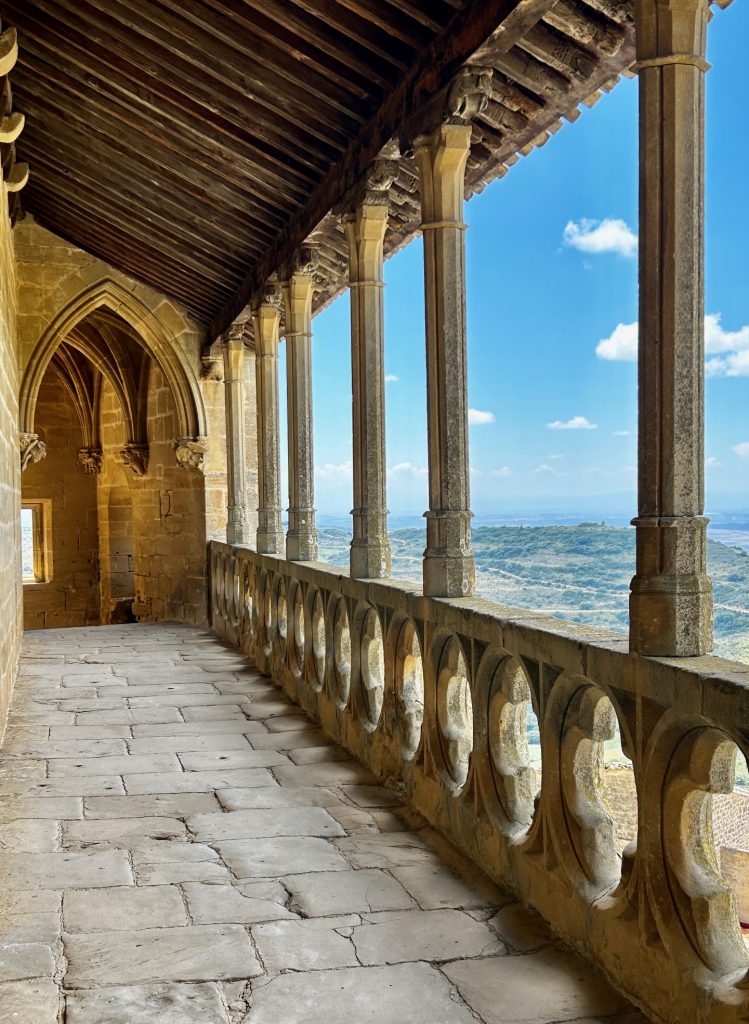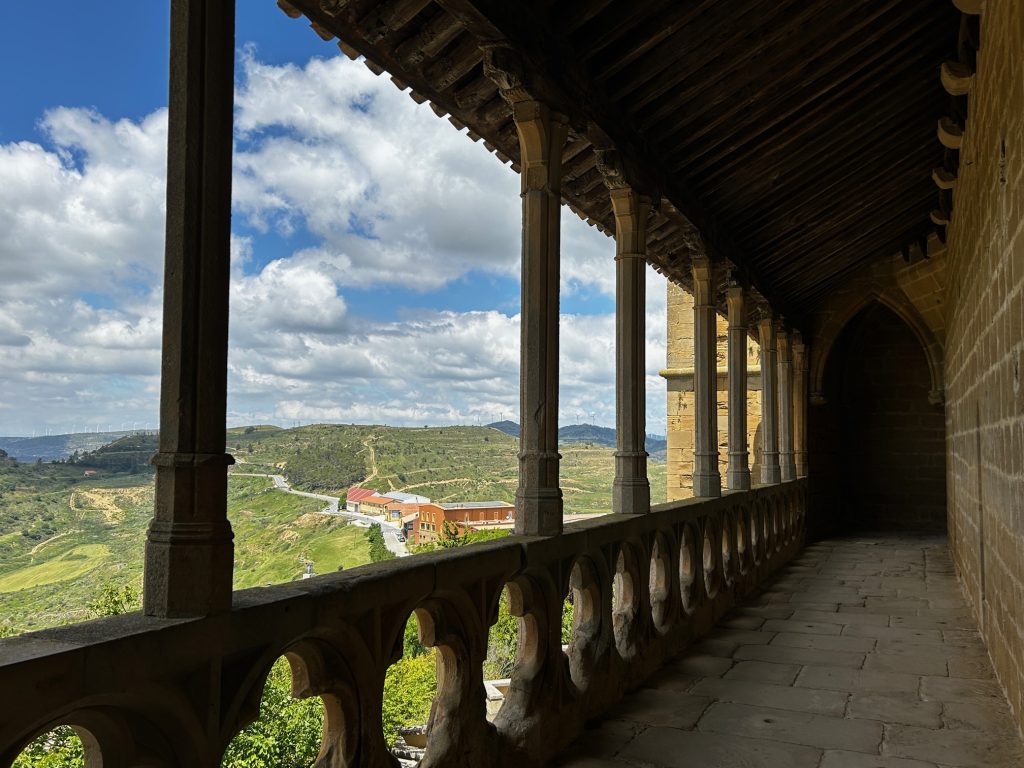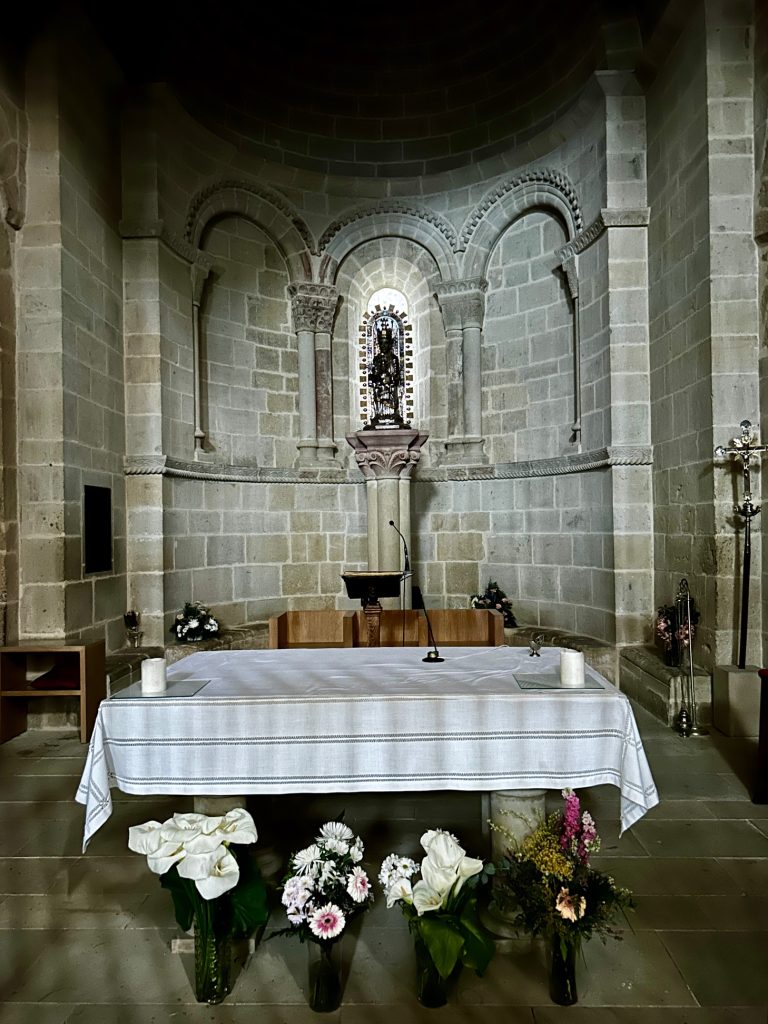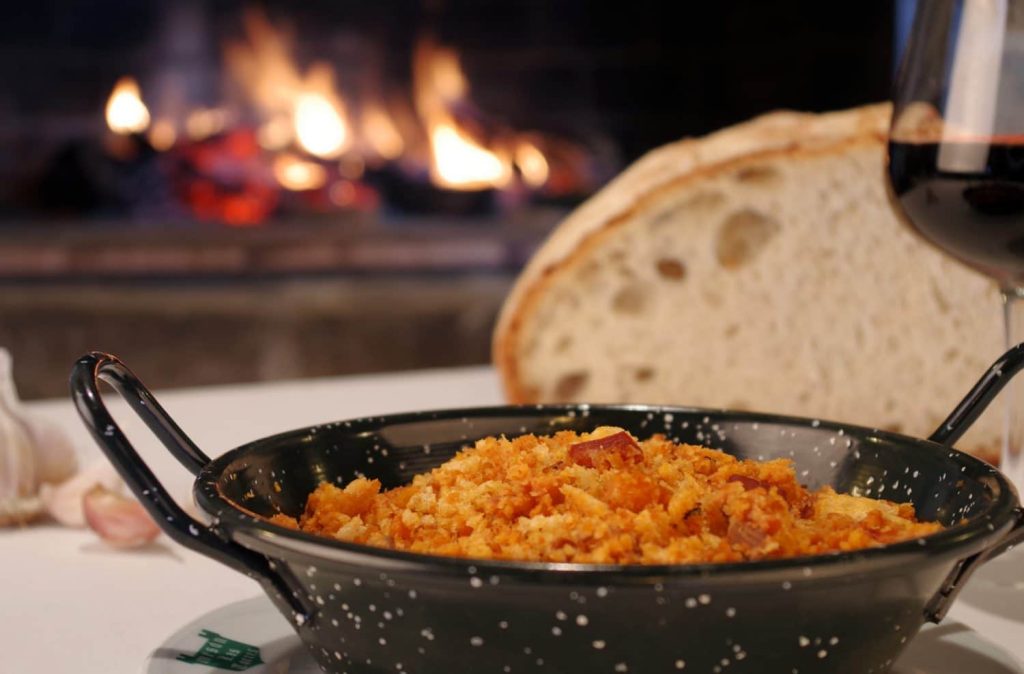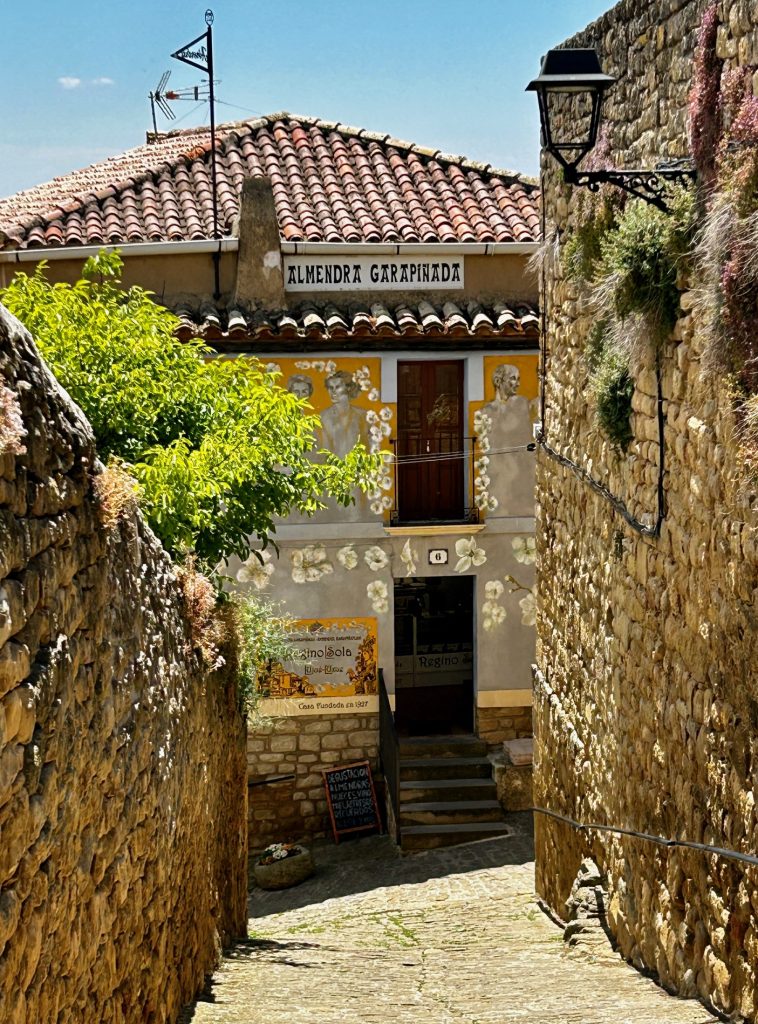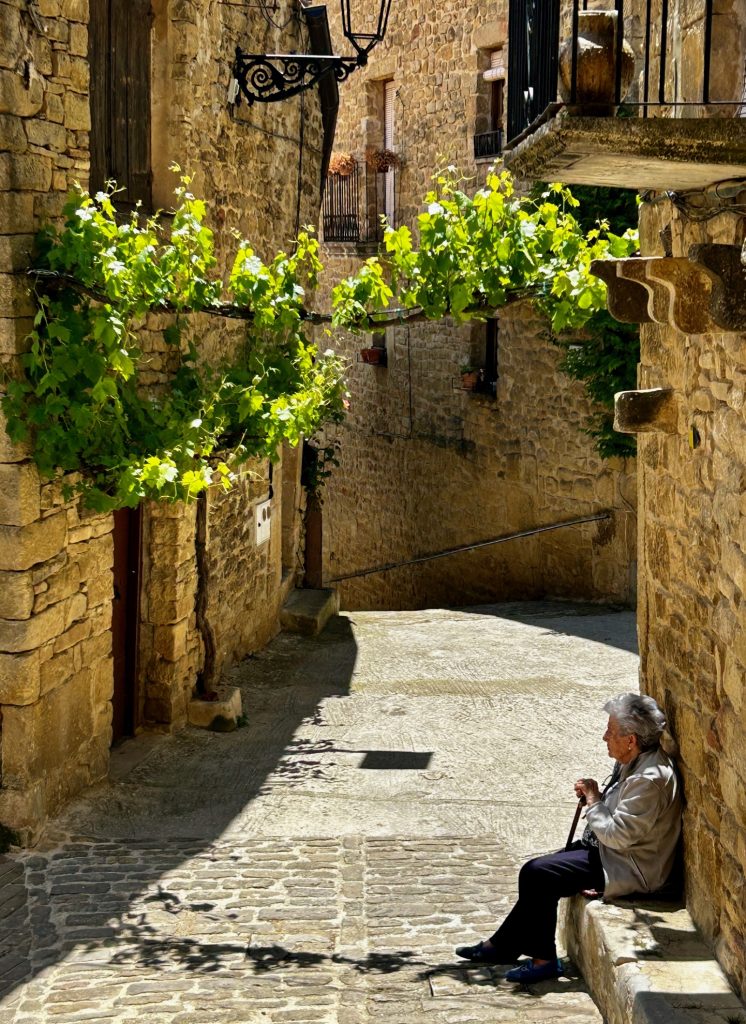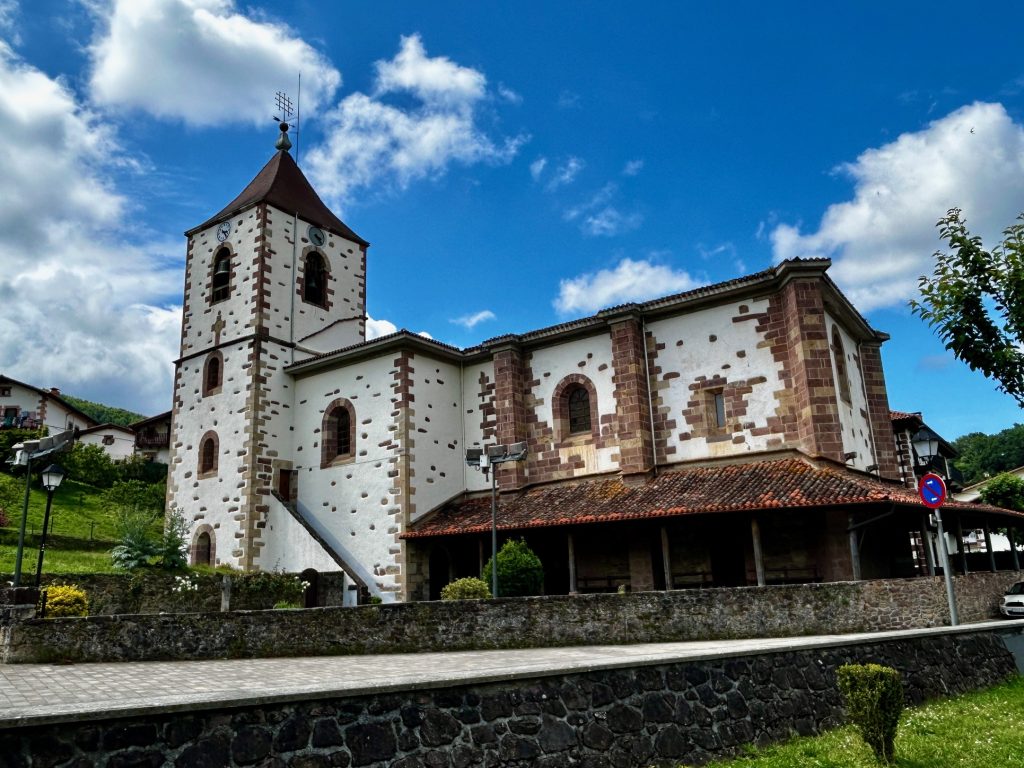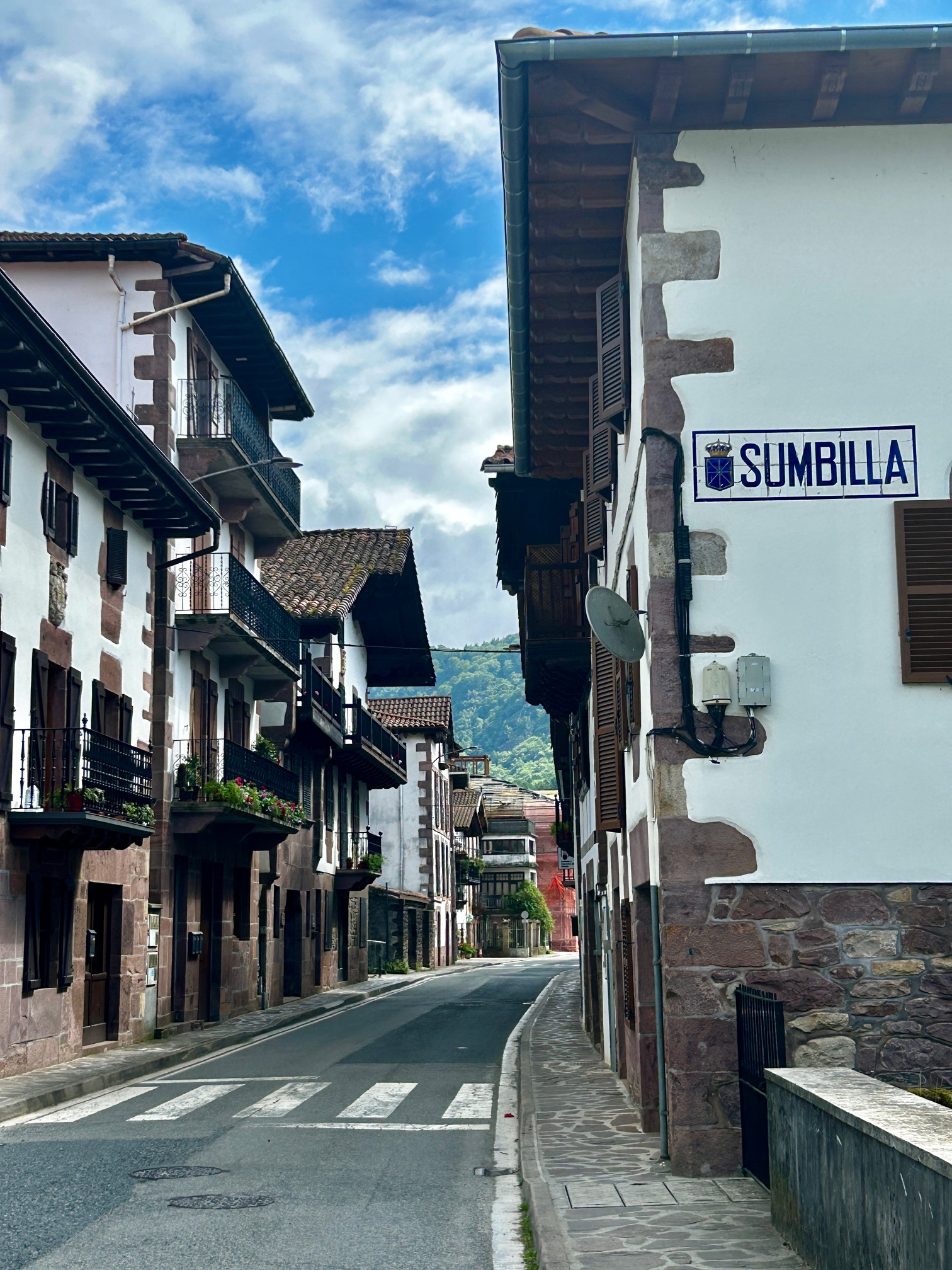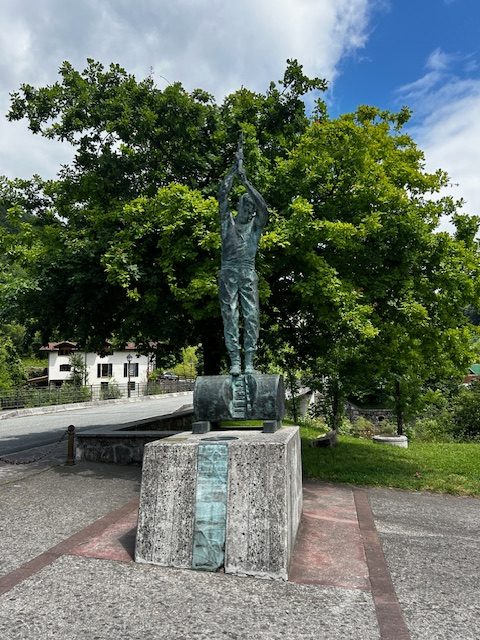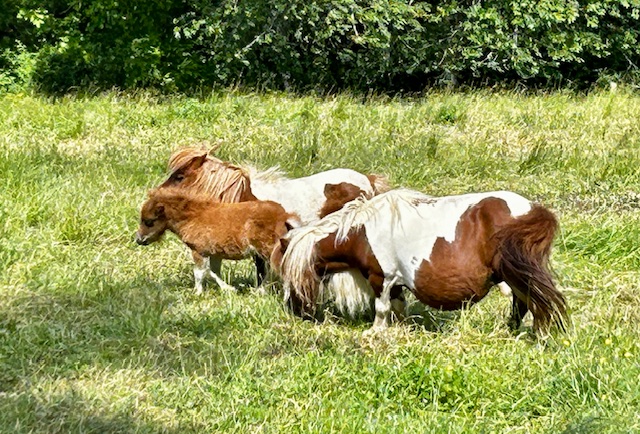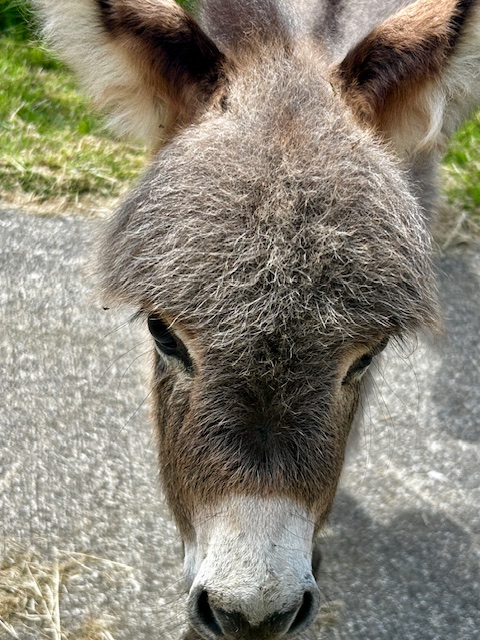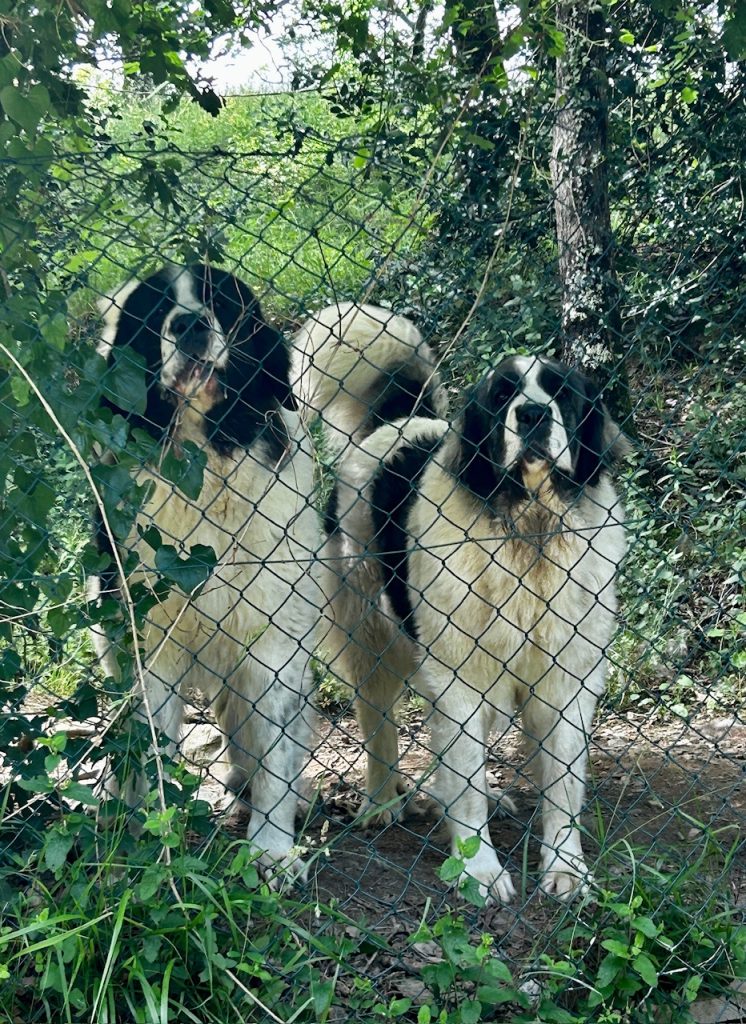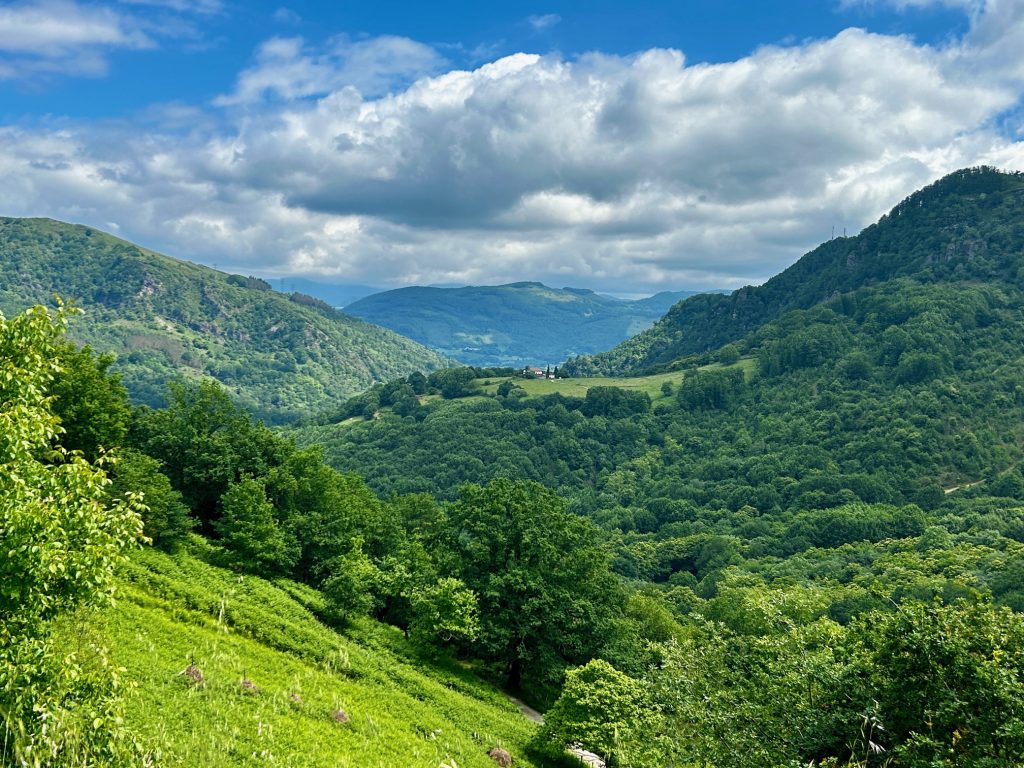Braga, the capital of the Norte Region was also recommended as a place to visit by our hosts at the Cotto do Gatto
Ordinarily, we would not be too enamoured at the thought of visiting a city of 200,000 in the Van but, no problem, it proved to be a wonderful place and we had arrived in time for Portugal’s National Day celebrations. Judging by the amount of bunting on display all over the city, it appeared that some form of religious festival was also under way and we learned later it was up in readiness for the Festa de Sao Joao (Saint John) in a few days time.

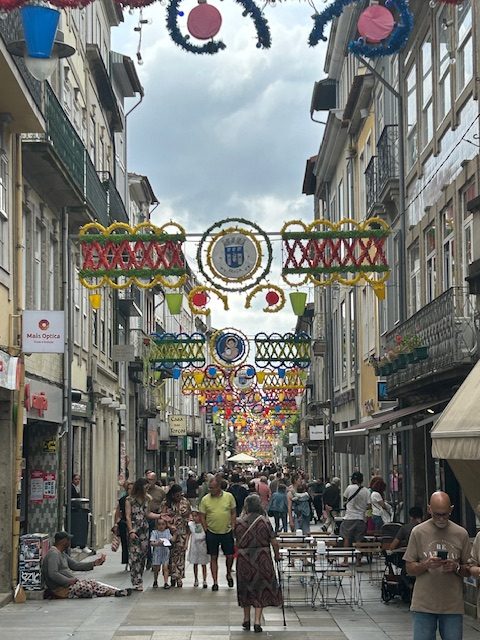
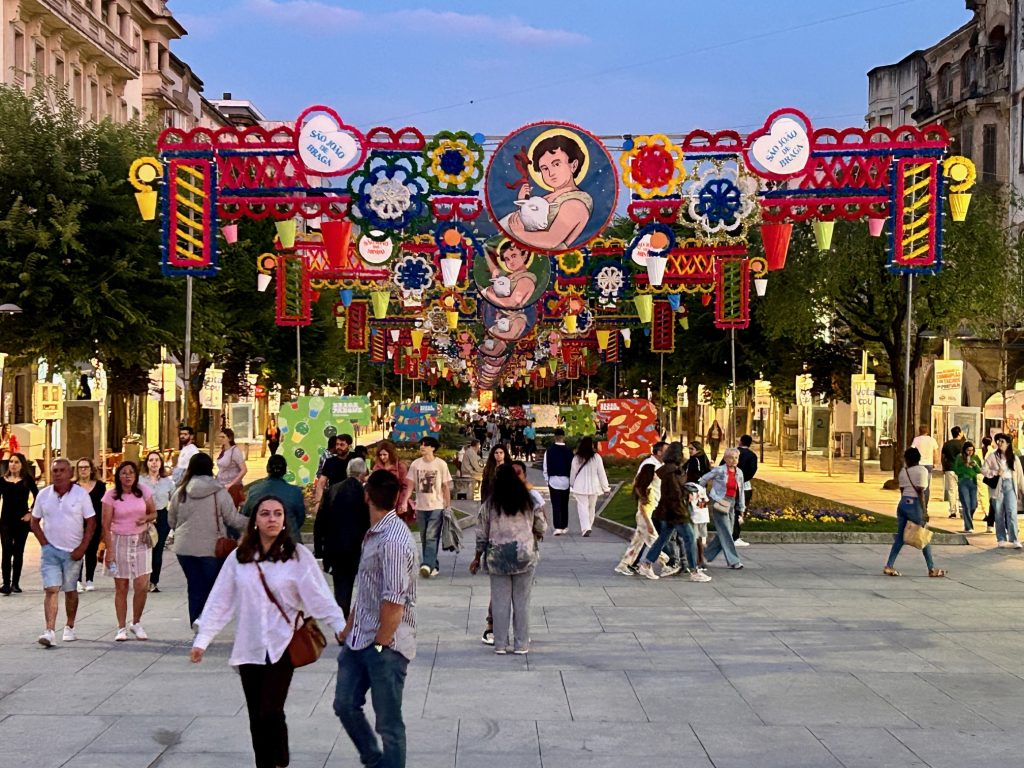
We were parked up in the Municipal Camping Site (Parque de Campisimo e Caravanismo Municipal de Braga) near the centre of the city . Vanya wanted to rest up with the dogs until the evening and so I went off to check out the city in advance of our all going into town later in the day. A twenty minute fast walk along Avenida Dr Viriato Amaral Nunes and then the Avenida da Liberdade (much of which is pedestrianised) took me to Praca de Republica.
This is perhaps Braga’s main square and it is a great place for having a drink and people watching, although the cafés in this part of the town are predictably overpriced. The square’s three main features are the Lapa arcades (with their 19 arches), the Lapa church and the large fountain. As I arrived, the place was buzzing with music and impromptu dancing (mostly by the older generations) and it continued all through the day. I watched for a while and then made my way to the nearby 18th century Basilica dos Congredados (for the peace and quiet as much as the shade it offered).
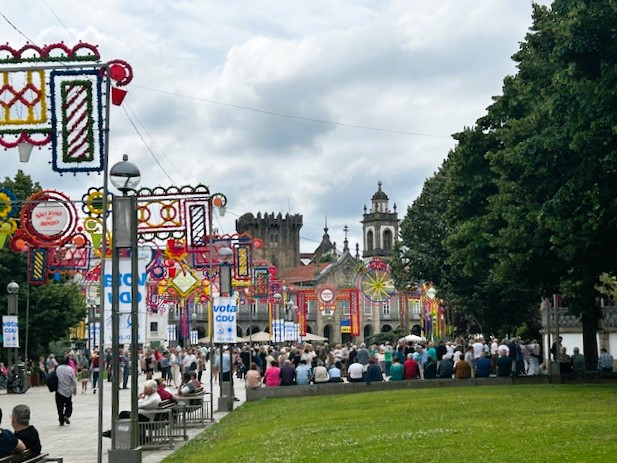
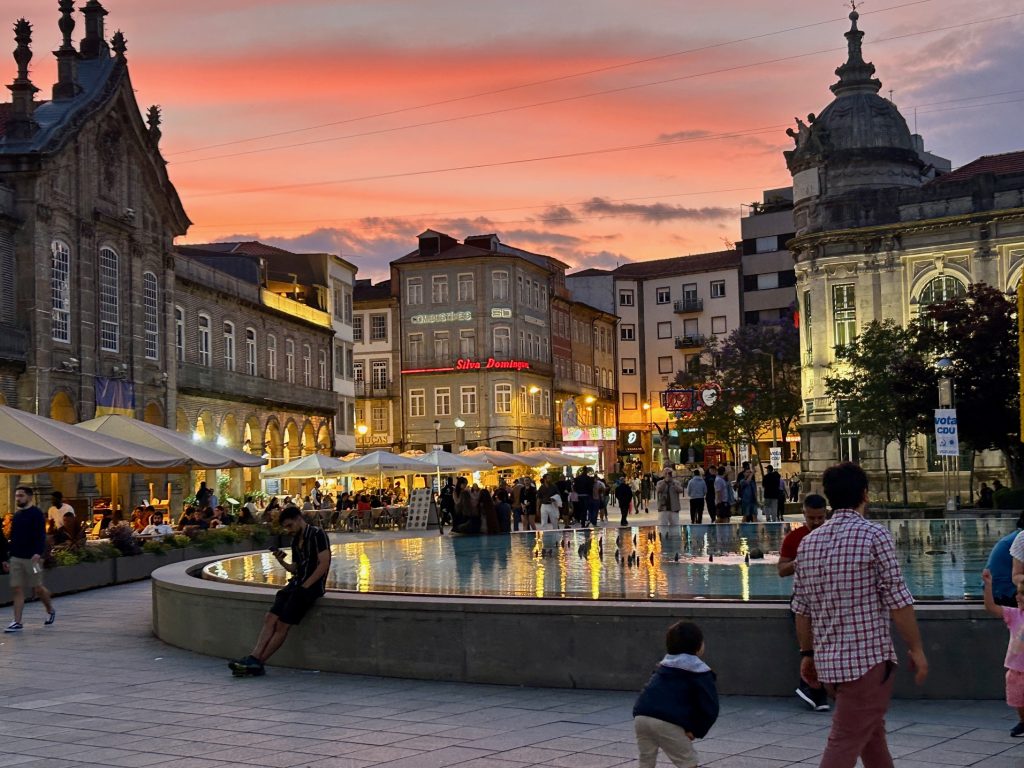
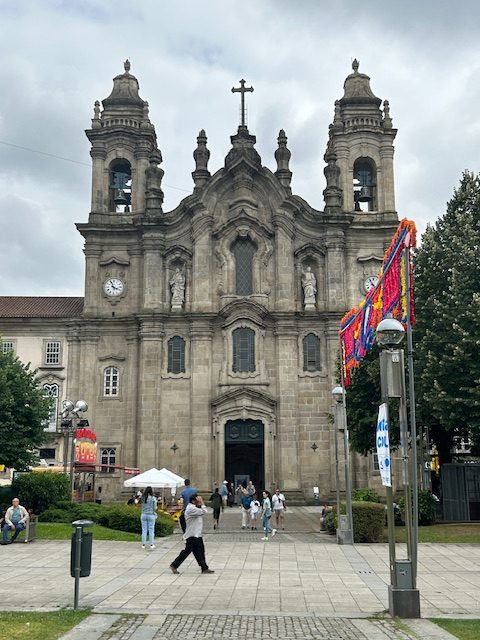
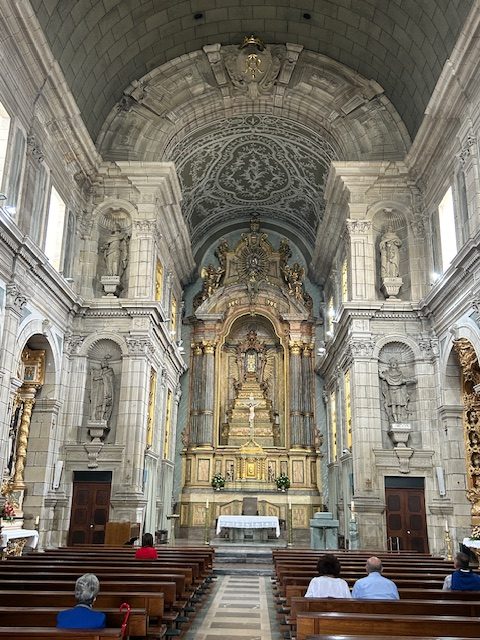
Braga is a Portugal’s third largest city and it was therefore necessary I plan the rest of the day so as to maximise our short time in the city. We intended to stay just the one night. I settled down outside a cafe bar on the Praca da Republica to take stock of the situation. The first important question was whether to drink coffee or wine with my sorely needed cold water? The local coffee has to be good given Portugal’s long association with Brasil but, the north of Portugal is well known for it’s green wine (Vinho Verde). Unlike orange wine which is orange in colour (you’d know that if you read my Izola blog way back in 2017), green wine is not green. It is so named because only very young grapes are used to make the wine. Progress! I decided upon wine and coffee. The wine was good (although I had forgotten Vinho Verde has a fizzy edge to it) but, the coffee proved better.
A little research while I rested identified that Braga was founded in 16 BC during the reign of the Roman Emperor Augustus. Indeed, Braga was initially known as Bracara Augusta and it is believed to be Portugal’s oldest city. It is very much a religious city and is sometimes referred to as the Portuguese Rome on account of having 47 churches and the country’s oldest cathedral (consecrated in 1089). It is known for it’s beautiful historic buildings but there is considerably more to the city than it’s buildings.
That settled it. I had already visited the Basilica dos Congredados. My next stop would be Braga Cathedral, followed by the Church and Hospital of Saint Mark and the Igreja Santa Cruz. Both of these latter churches are on a square known the Largo Carlos Amarante. Vanya is not into churches (neither literally nor figuratively) but she would want to see Largo Carlos Amarante if only because of the huge letters on the square which spell out the city name – that could be a photo opportunity for Beanie. Then, time permitting, there is the city’s most visited tourist site at the edge of the city, the beautiful Basilica of Bom Jesus do Monte. Plenty to be getting on with there.
The ‘Se de Braga’ (Braga Cathedral) is Portugal’s equivalent to our Canterbury Cathedral in England. It is the seat of the Archdiocese of Braga and the Primate Archbishop of Portugal and it was the most important cathedral on the whole of the Iberian Peninsula until the consecration of the Cathedral in Santiago de Compostela. Built on the ruins of a Roman Temple and extended over the centuries, the Se de Braga is not large as cathedrals go but; on the inside it is as sumptuous as they come. Adorned throughout with rich golden ornaments and purple flags and with the most magnificent ceiling and an incredible pipe organ it is stunning. The two Euro entrance fee to view the church is tremendous value but I came away wishing I had bought the five Euro ticket which would have also provided access to the upper side chapels and the choir, etc. Unfortunately, I didn’t see that particular ticket advertised until I was already well into my tour of the Cathedral..
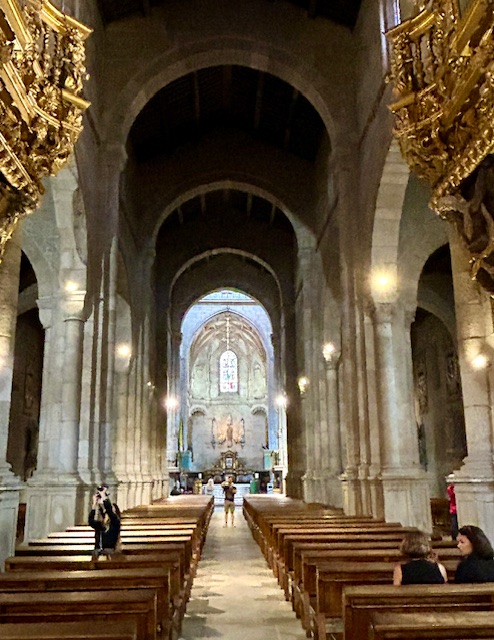
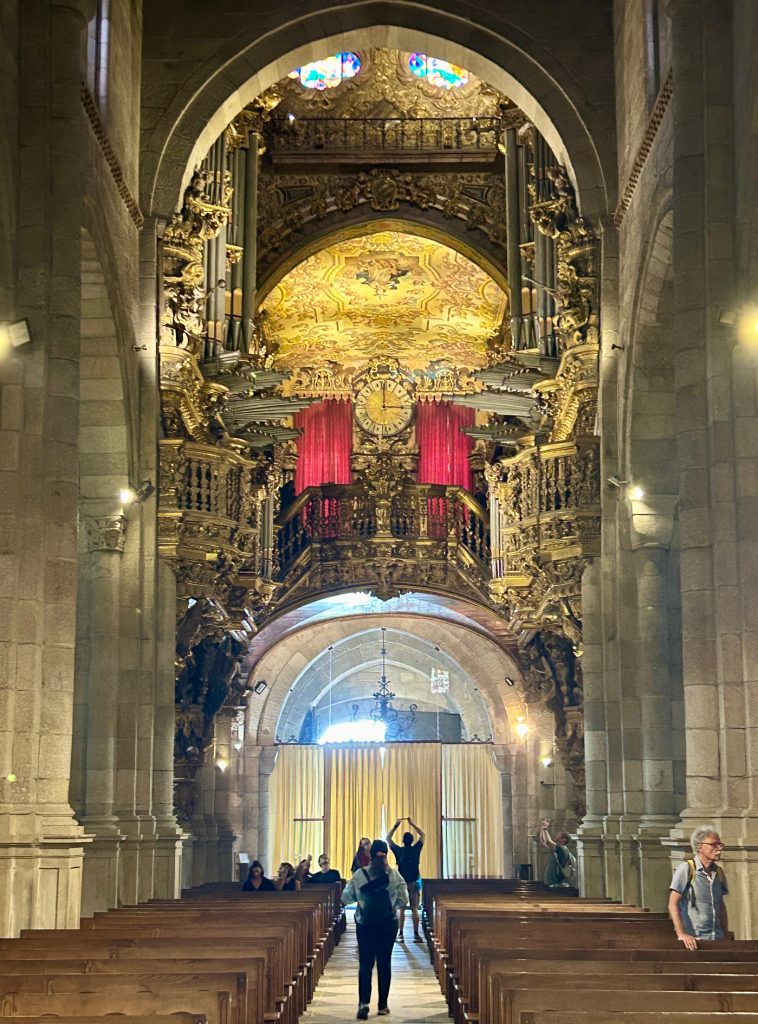
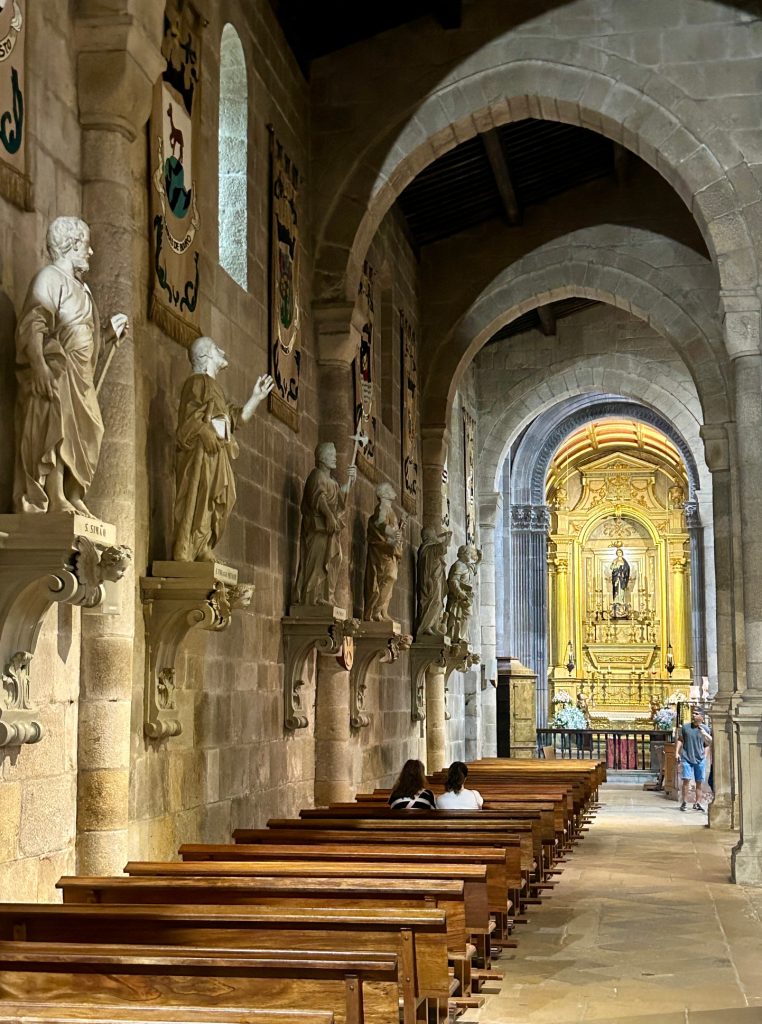
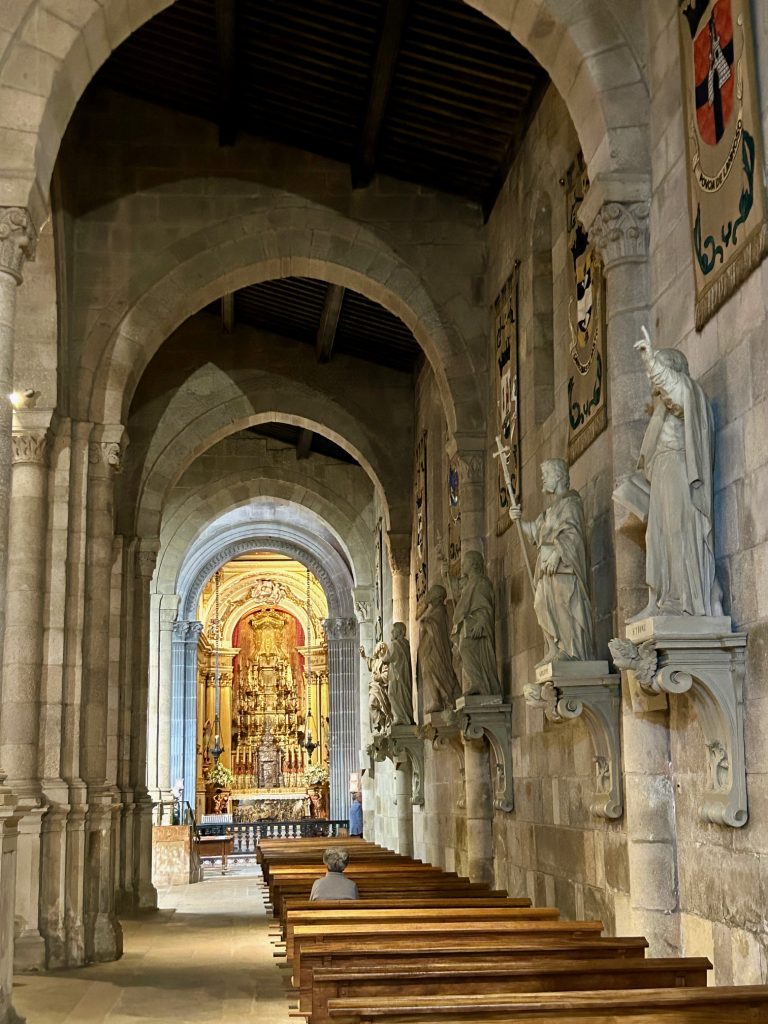
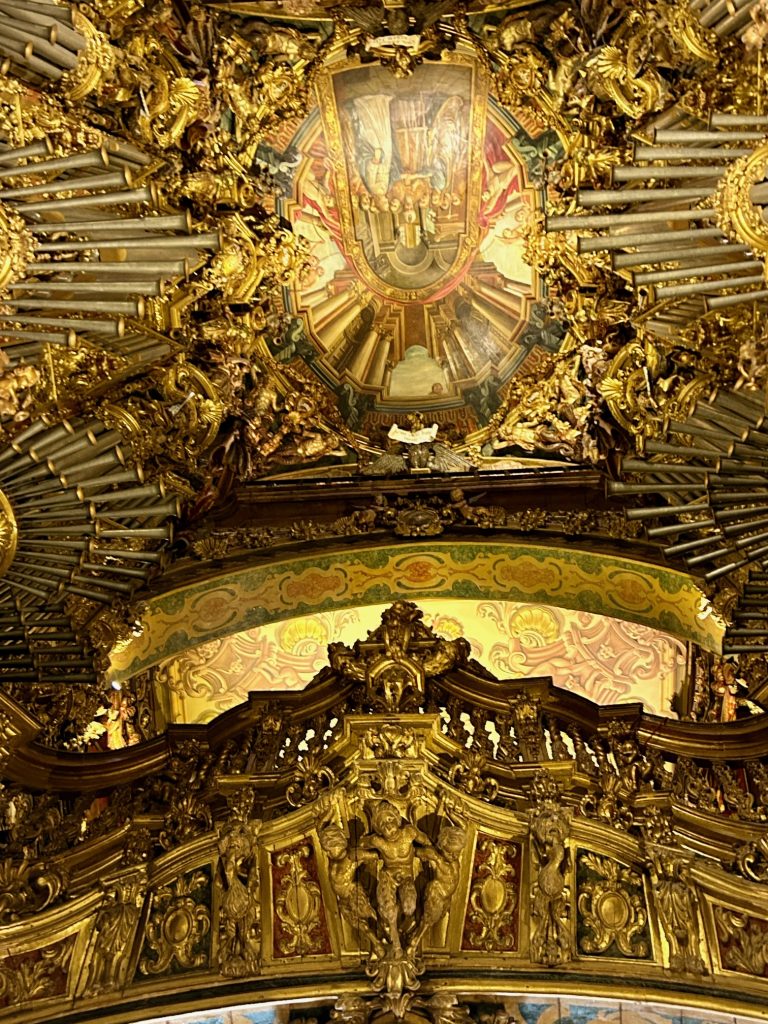
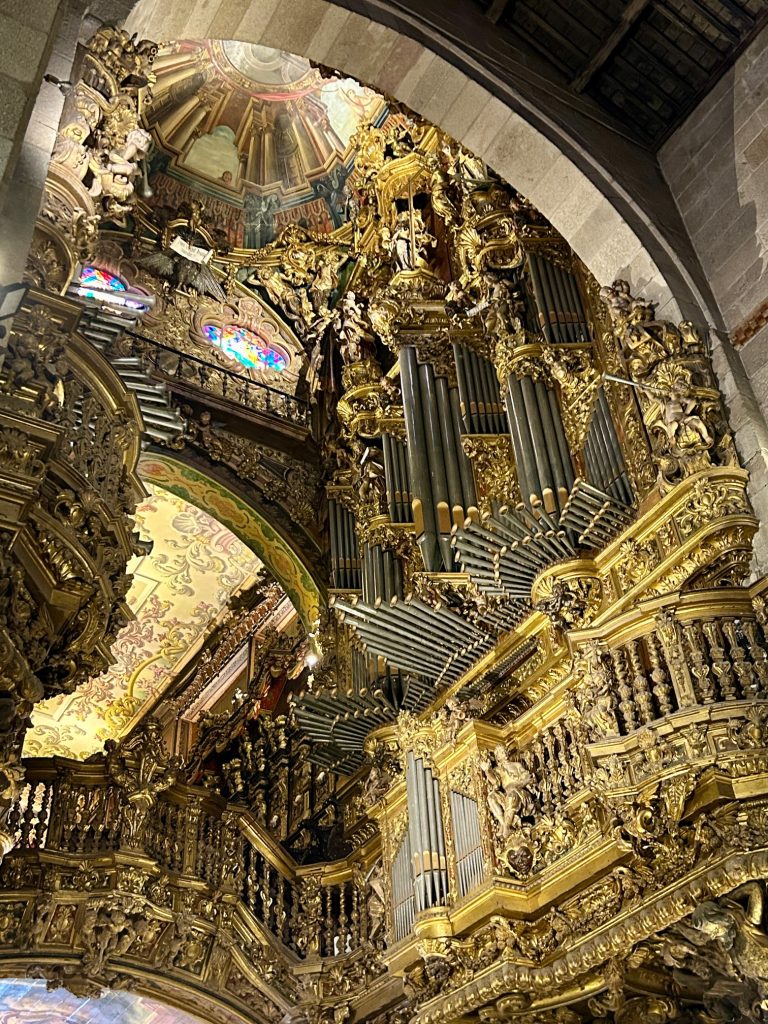
I had to tear myself away from the cathedral but I soon found the Largo Carlos Amarante with, amongst other things the Church and Hospital of Saint Mark, the Igreja Santa Cruz and of course the large letters spelling out the city name.
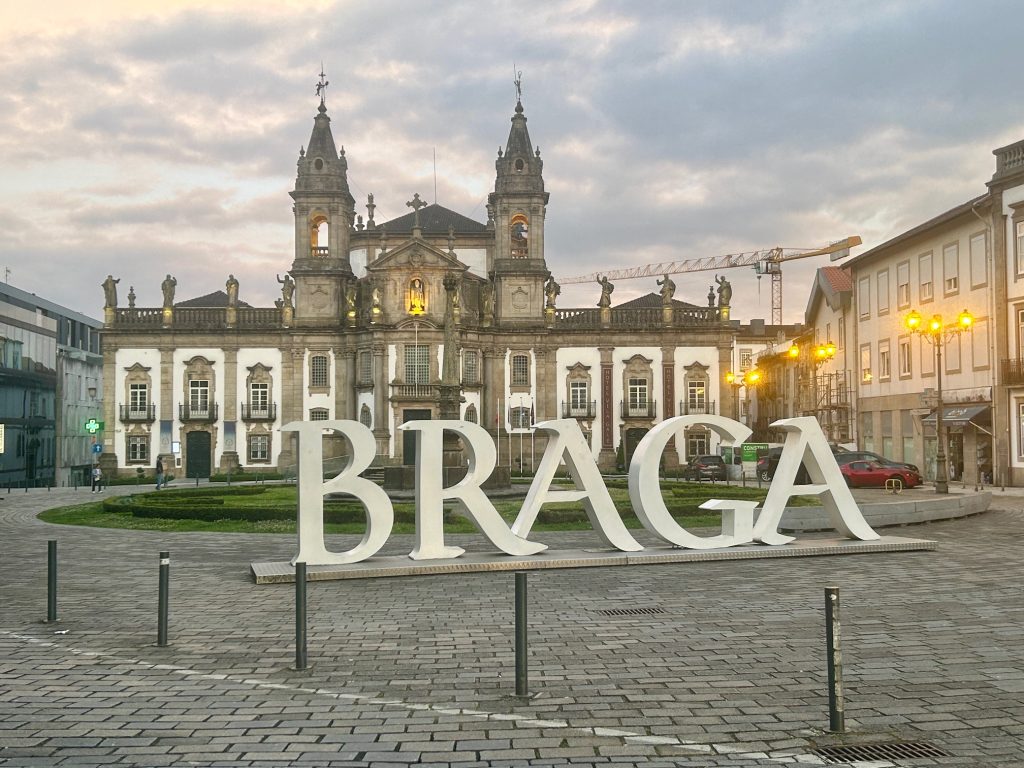
I didn’t get inside either the Church & Hospital of St Mark’s or the Igreja Santa Cruz. The fact is I was delayed on my way to the square looking at various street art, listening to a harpist playing folk music and admiring what I later learned is the Casa e Capela dos Coimbras with, inside, it’s very decorative azulejos (tiles). It is easy to get distracted in Braga; there’s so much going on in the city.
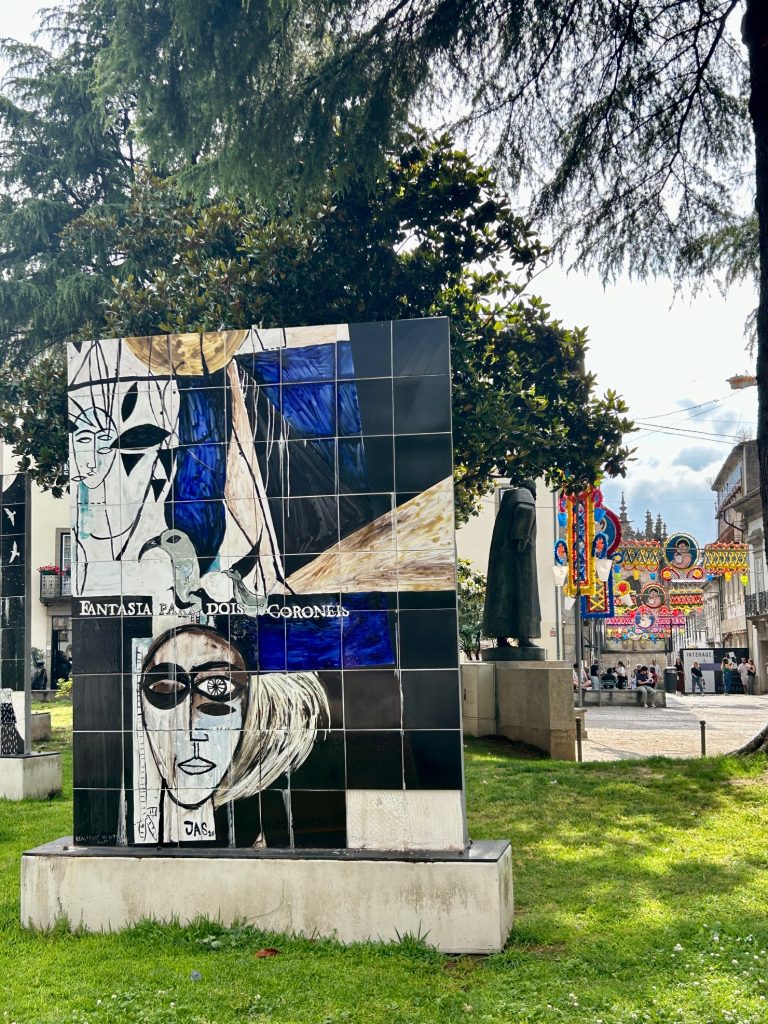
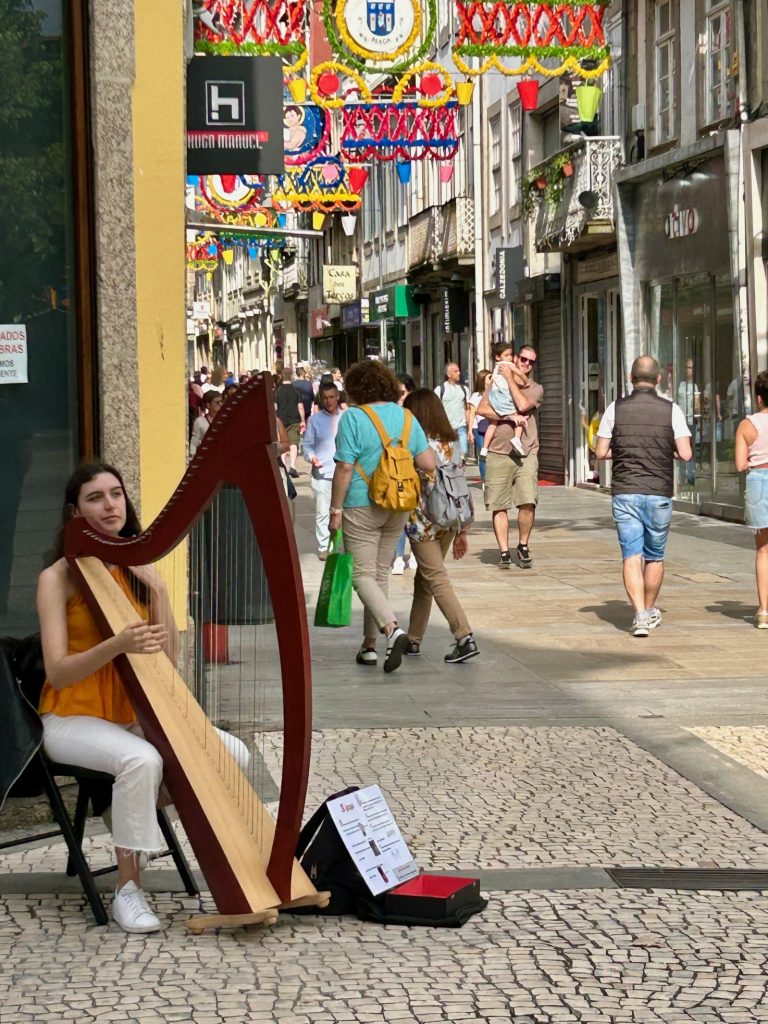
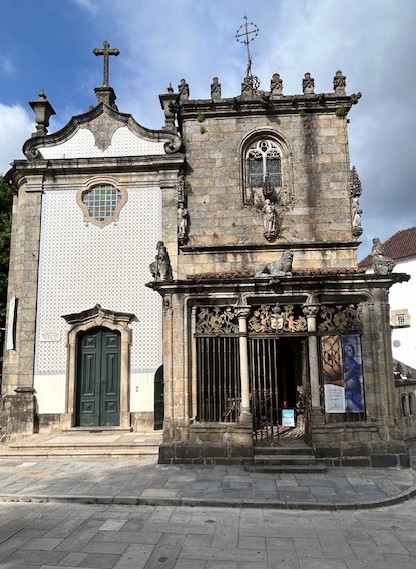
Given how critical I was of the International Garden Festival in Ponte de Lima, I should mention Braga’s Jardim de Santa Barbera on Rua do Souto. This is my style of garden. It is a small garden in the centre of the city; free to enter (and so can be enjoyed by all); with a focus towards the shapes and colours of the plants and; with the Archbishop’s Palace (the Paco Episcopal Bracarense) providing a great backdrop, it’s a beautiful place to simply sit and enjoy.
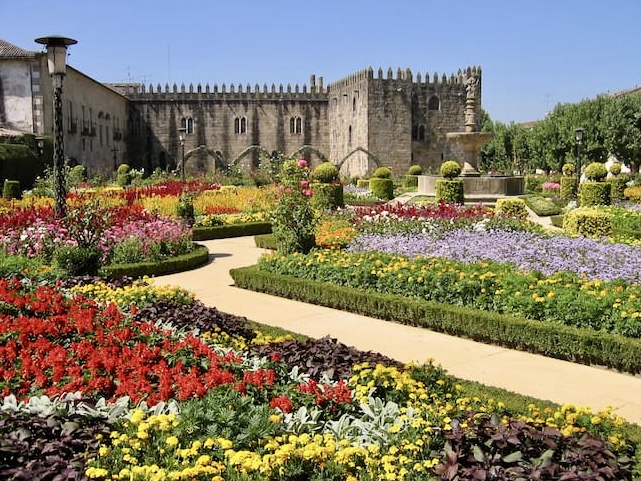
By the way, the Rua do Souto is another largely pedestrianised part of the city and the main shopping street in Braga (the type of shopping my wife does with close friends, not the fruit and vegetable kind of shopping). It leads to a large historical arch, the Arco da Porto Nova, which was going to be a gate into the city but events overtook things. The fact is, the city expanded so much during the period it took to finish building the arch that it has only ever served as an ornament. Much like the M25 I suppose.
It’s time I wrote about Braga’s principal tourist attraction located some 5 kilometres from the city centre – the 18th century pilgrimage Basilica of Bom Jesus do Monte. This is one of Portugal’s most visited attractions and a UNESCO World Heritage Site since 2019. The Basilica and the surrounding gardens are impressive but it is the Baroque Staircase leading to the church which seems to take all the plaudits. Known as the ‘Sacred Way’ it comprises almost 600 steps and depicts an ascent to heaven. It is adorned with small chapels, statues and fountains – the fountain of ‘The Wounds of Christ’, the fountain of ‘The Five Senses’, the fountain of ‘The Virtues’ (Faith, Hope & Charity), etc. It is all so very beautiful and it also offers spectacular and panoramic views of Braga and the surrounding countryside.
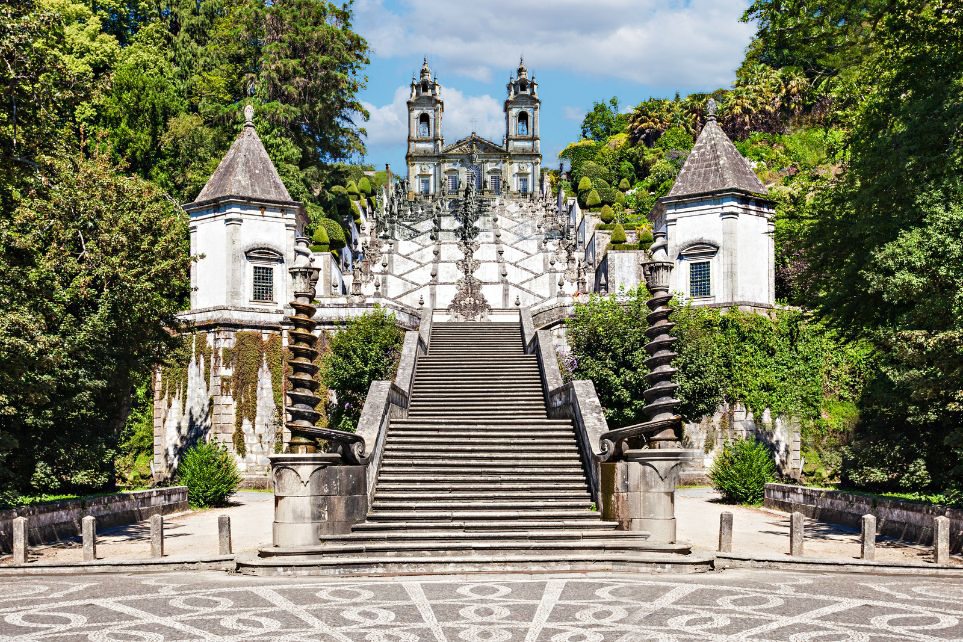
For those wanting to walk to Bom Jesus do Monte from Braga there is a quiet path, the Ecovia do Rio Este, which goes almost the whole way (and the Basilica is signposted) but don’t forget there are almost 600 steps as well as the return.
Be warned, the place is full of coach tours. They come from all over (particularly Porto) and more often than not combine the Bom Jesus do Monte with a visit to Guimaraes. Guimaraes is pretty but I can’t understand why it should be chosen in preference to Braga. It’s easier I suppose but, the tourists are missing out on a great city.
I missed out on so many things – the Chapel of Sao Frutuoso de Montelios, the Torre de Menagem, the Palacio de Raio (with it’s exquisite tile works), Coffee at Cafe Brasileira, the Indoor Market, the Jardima Avenida Park and the Parque da Ponte – the list goes on BUT Braga is now known to me and I’ll be back.


